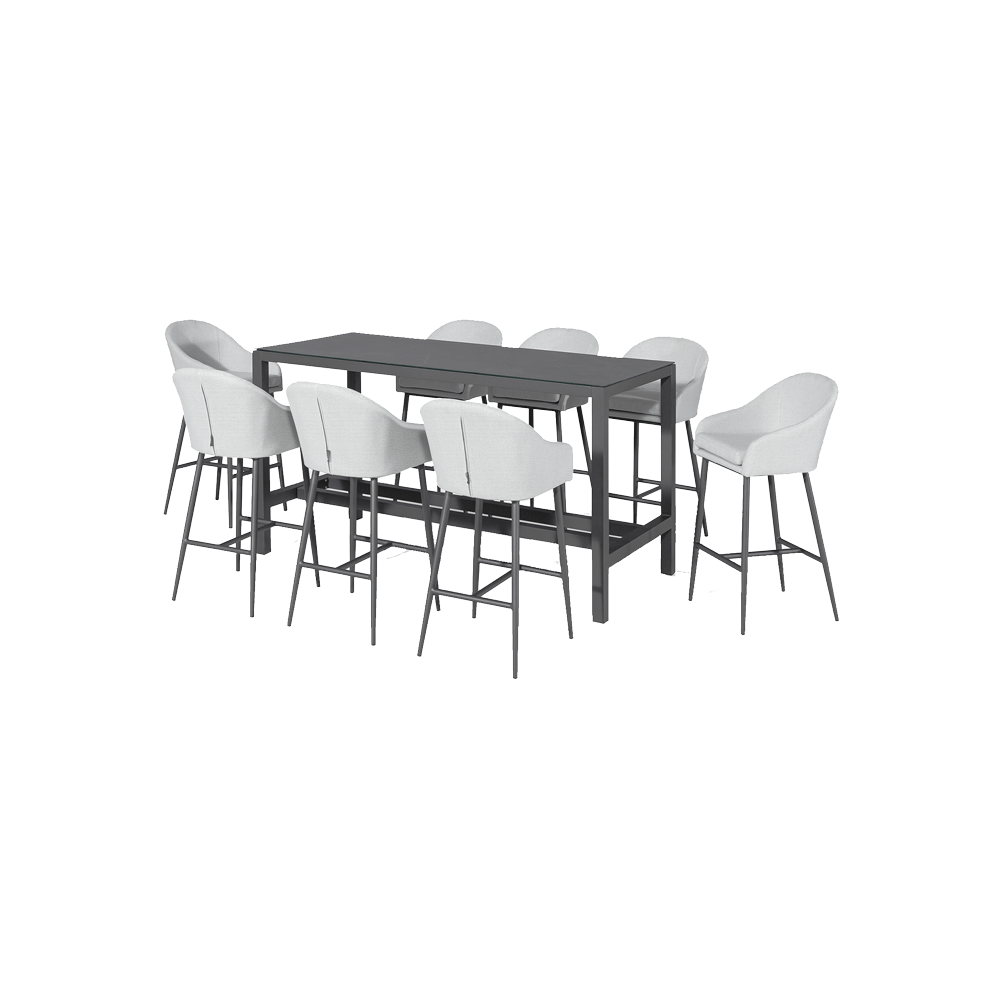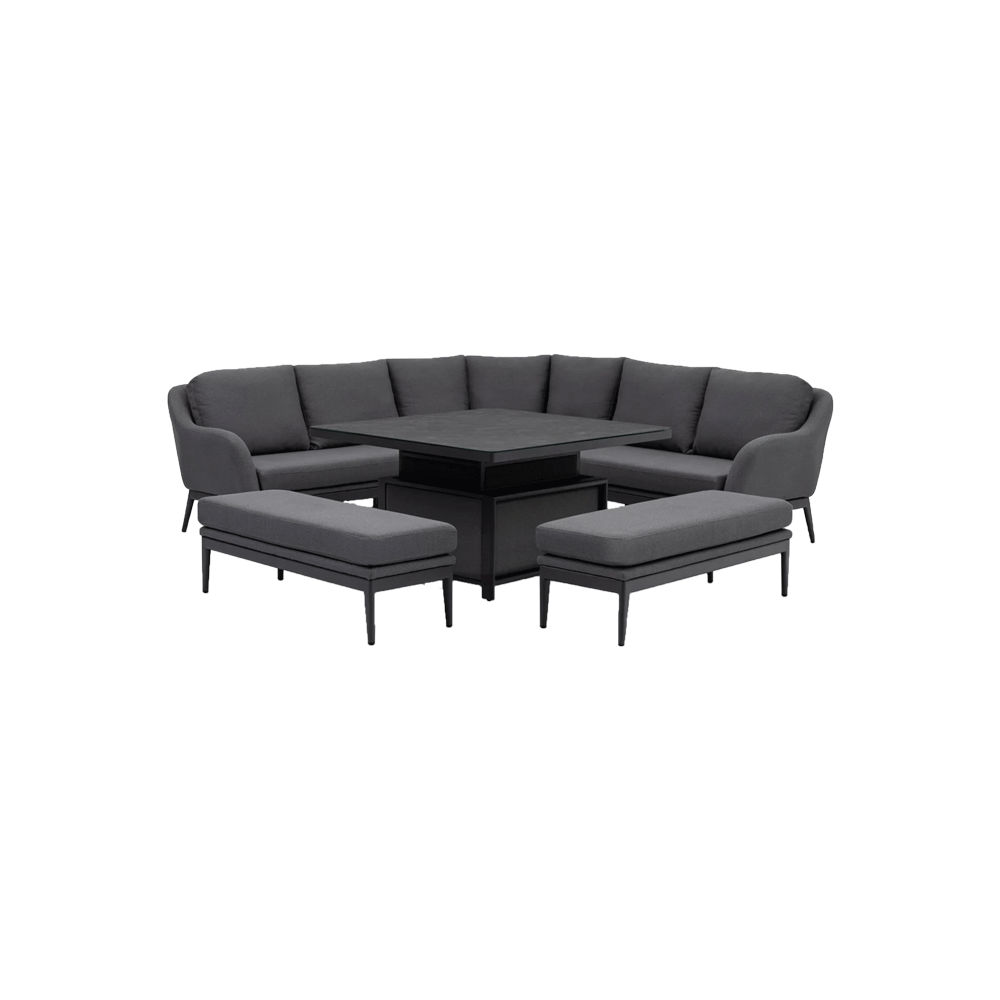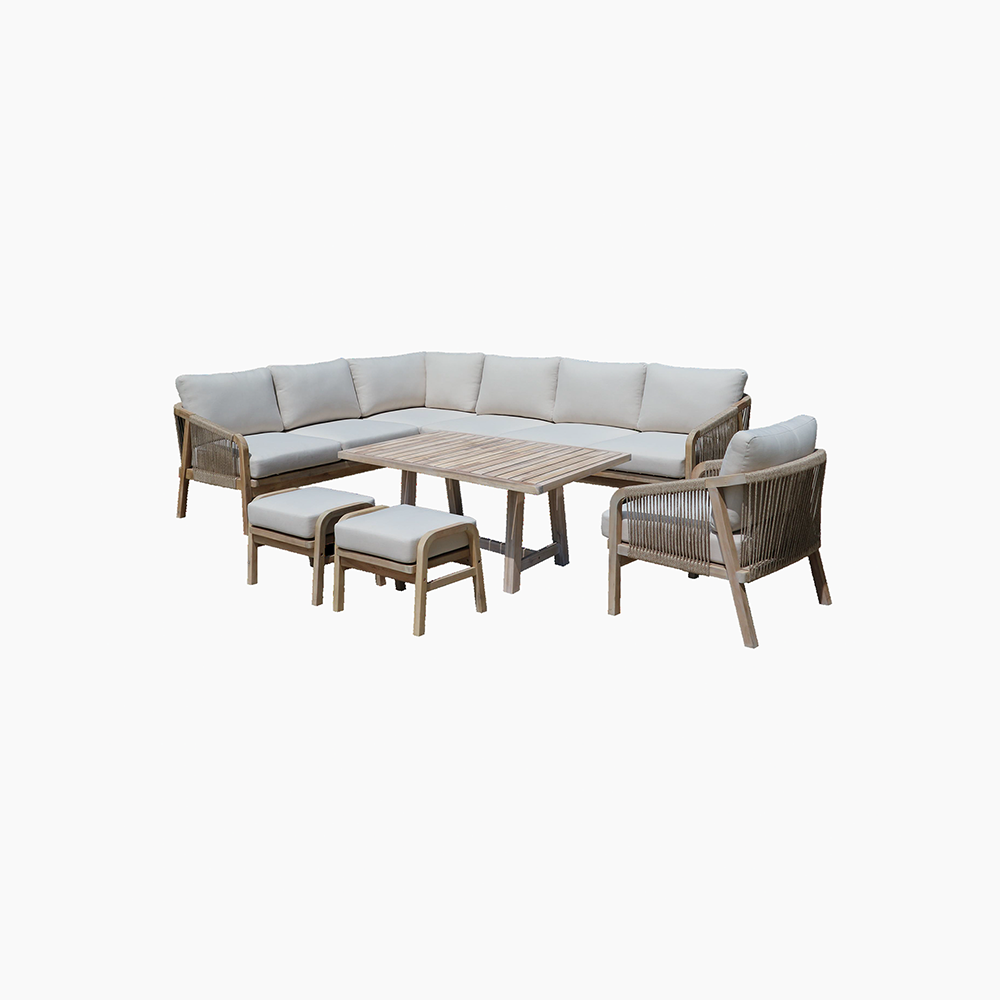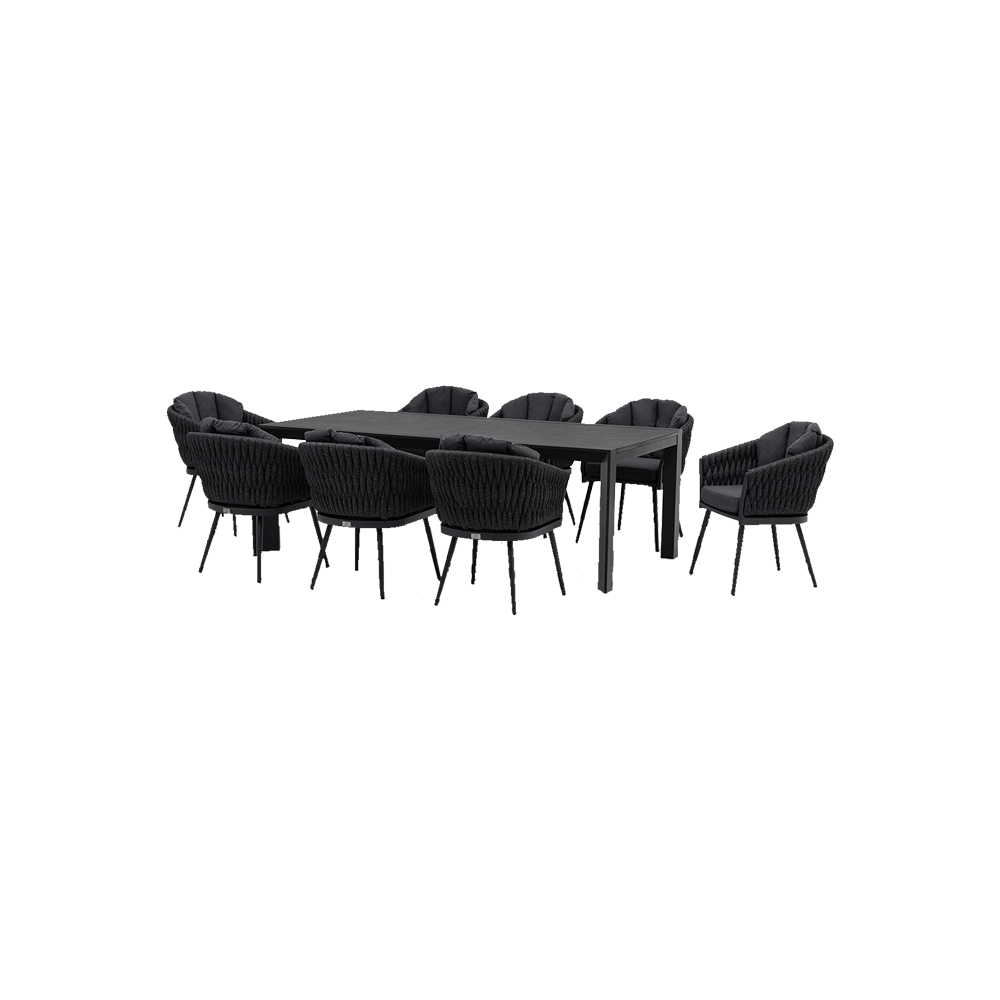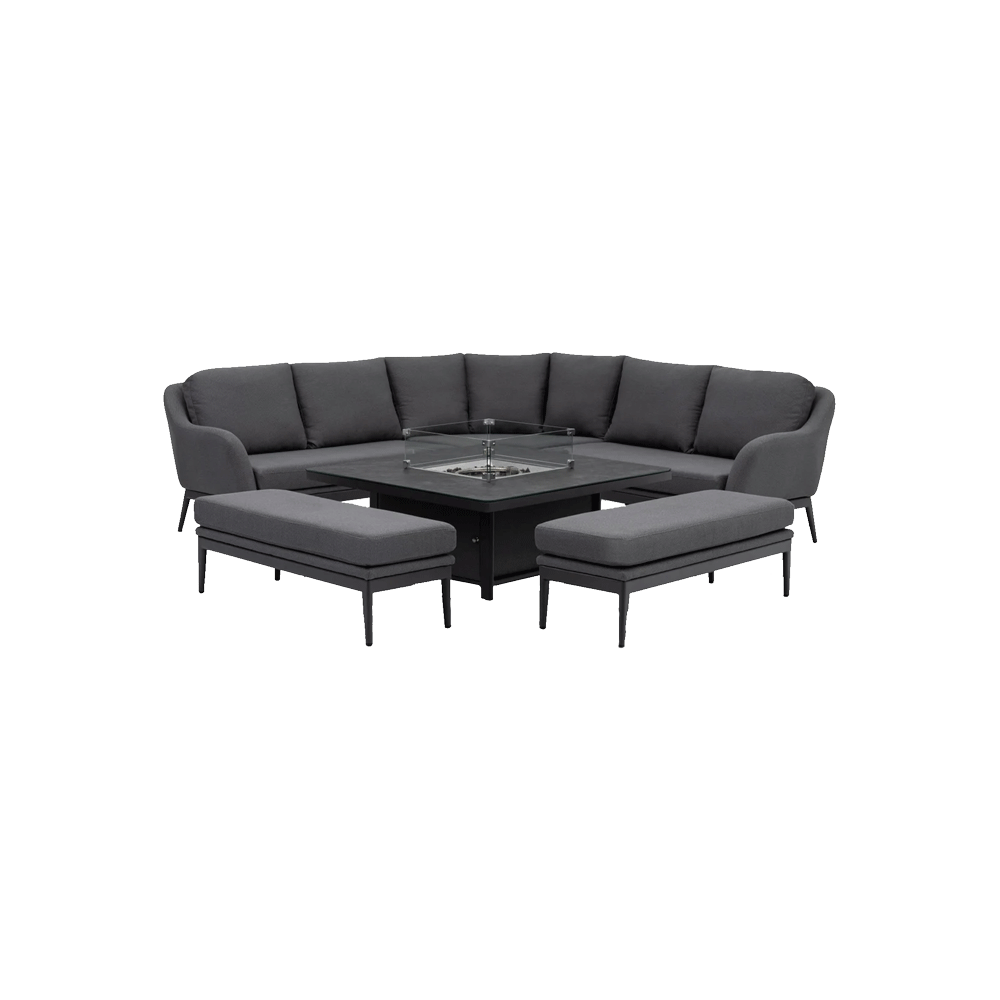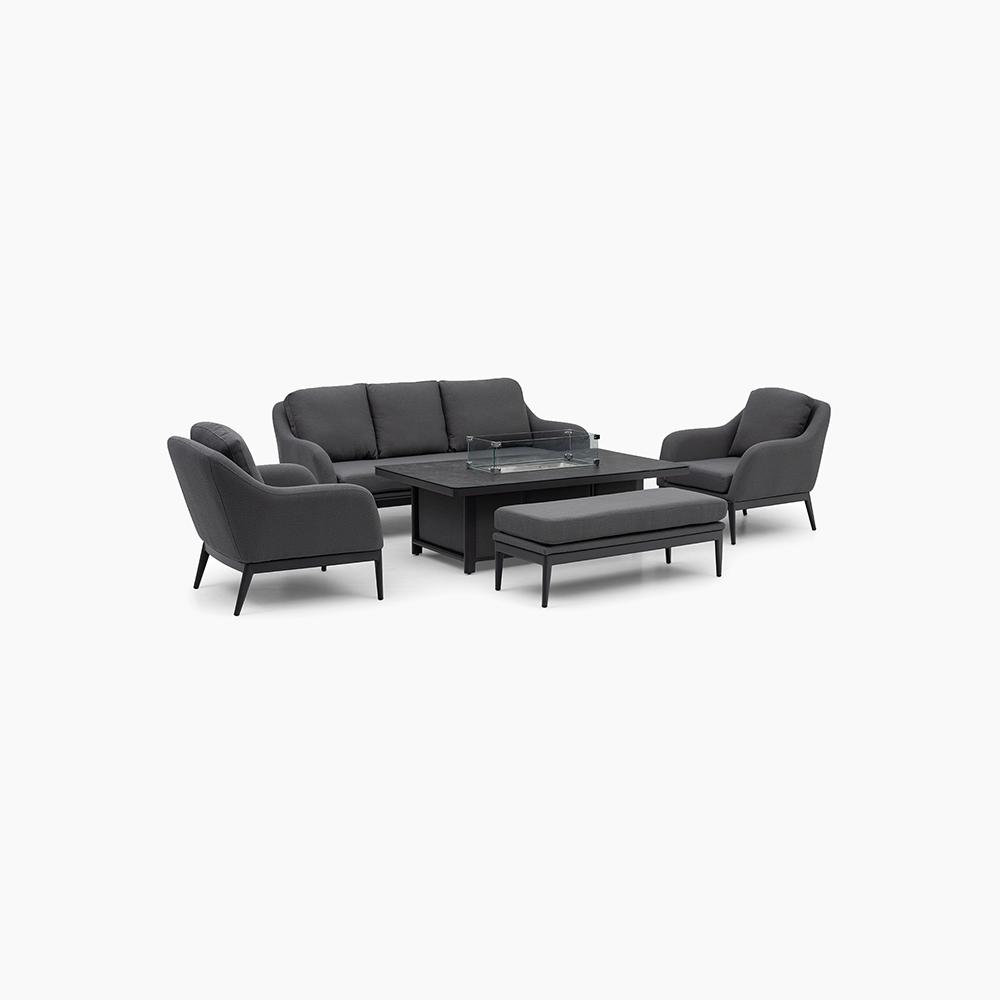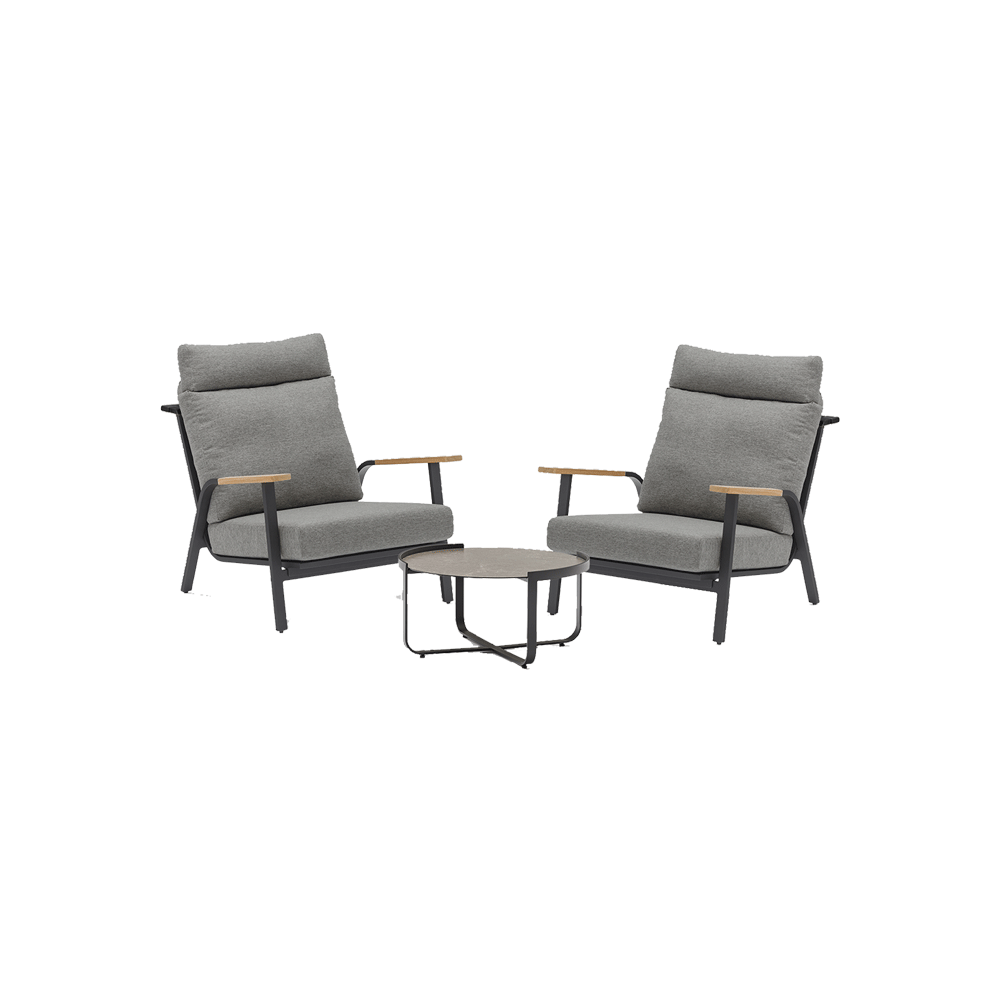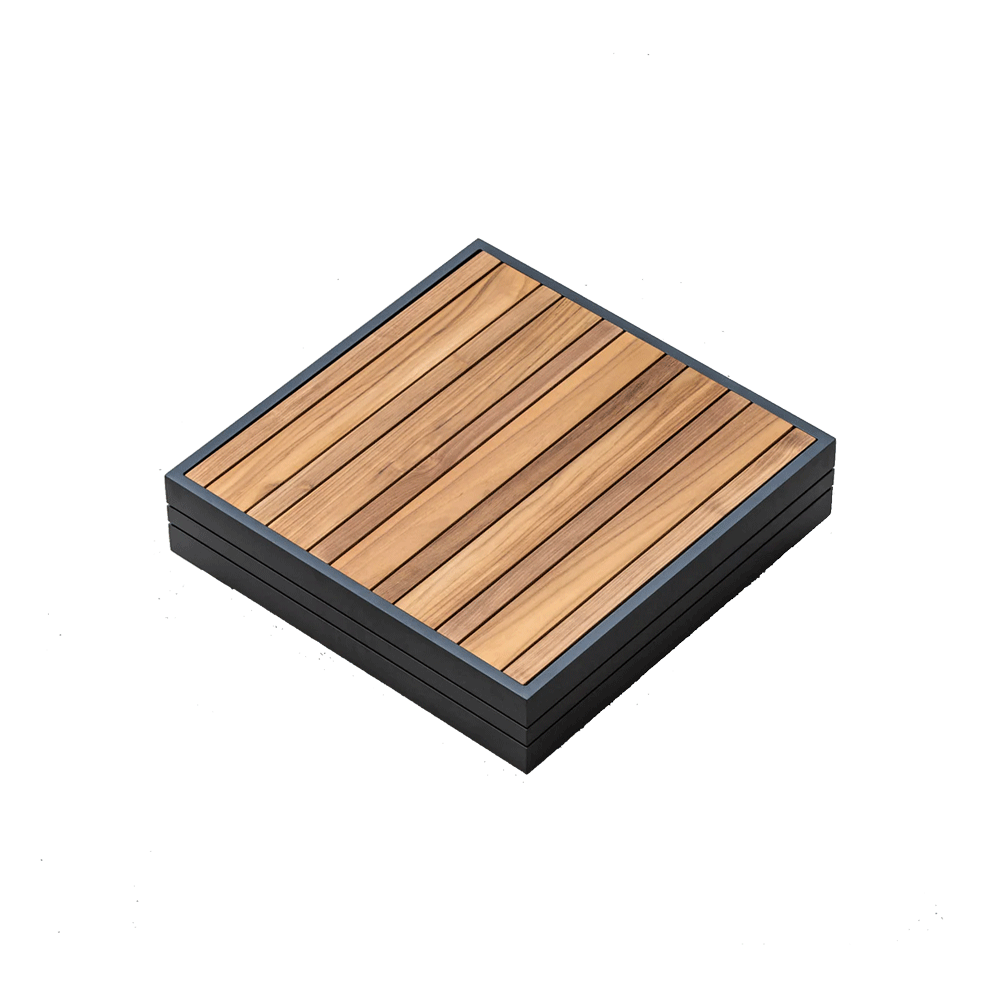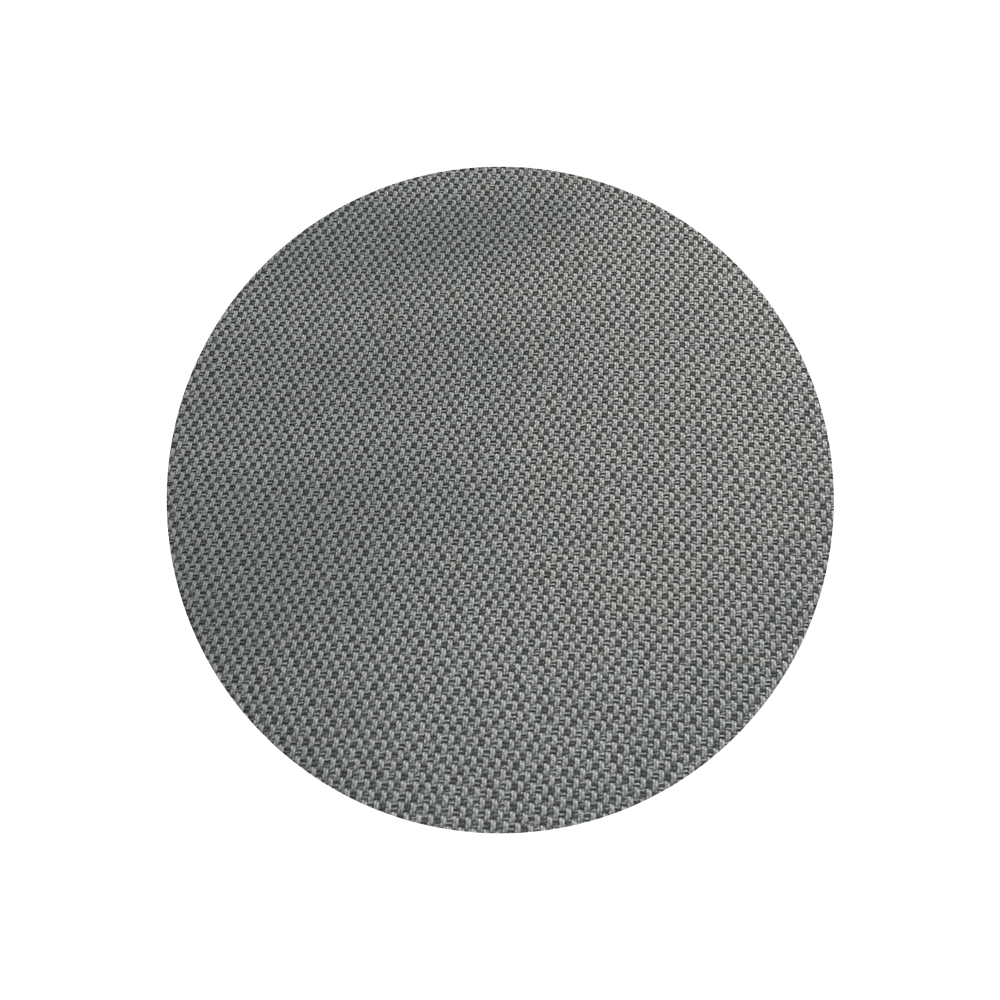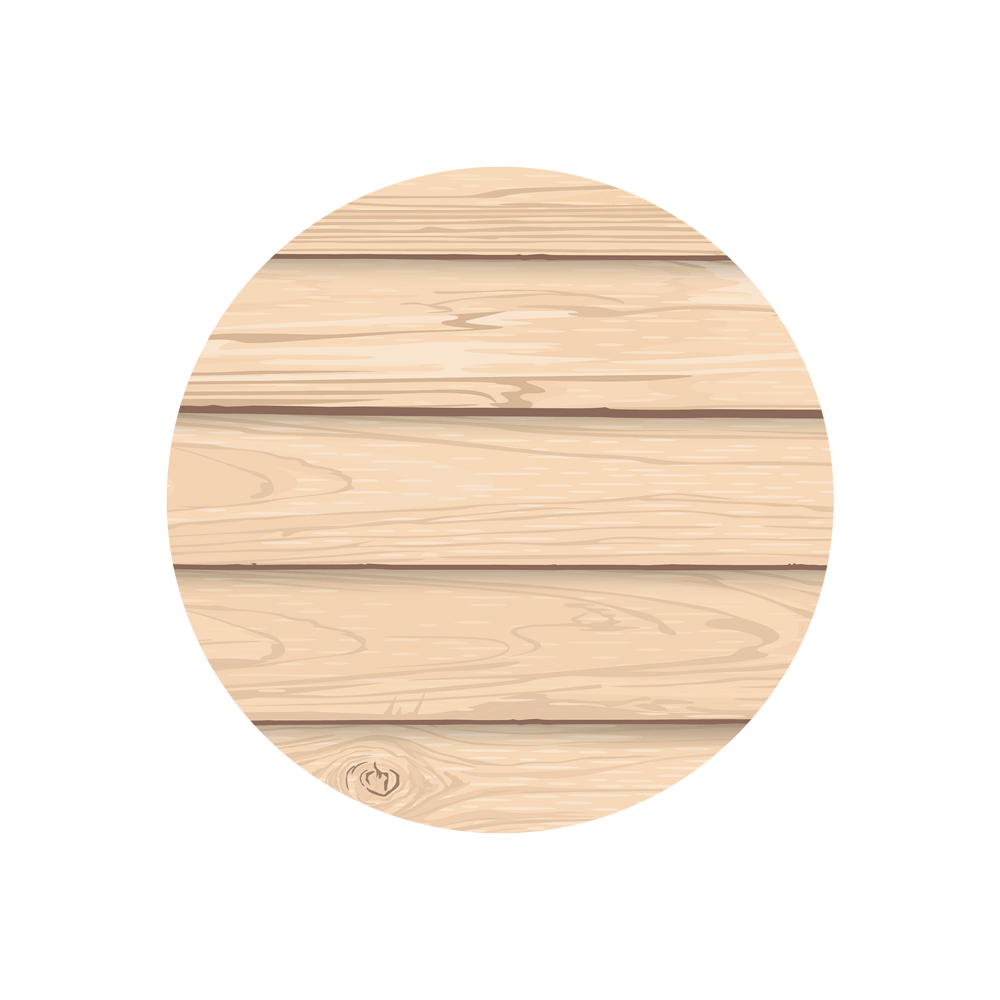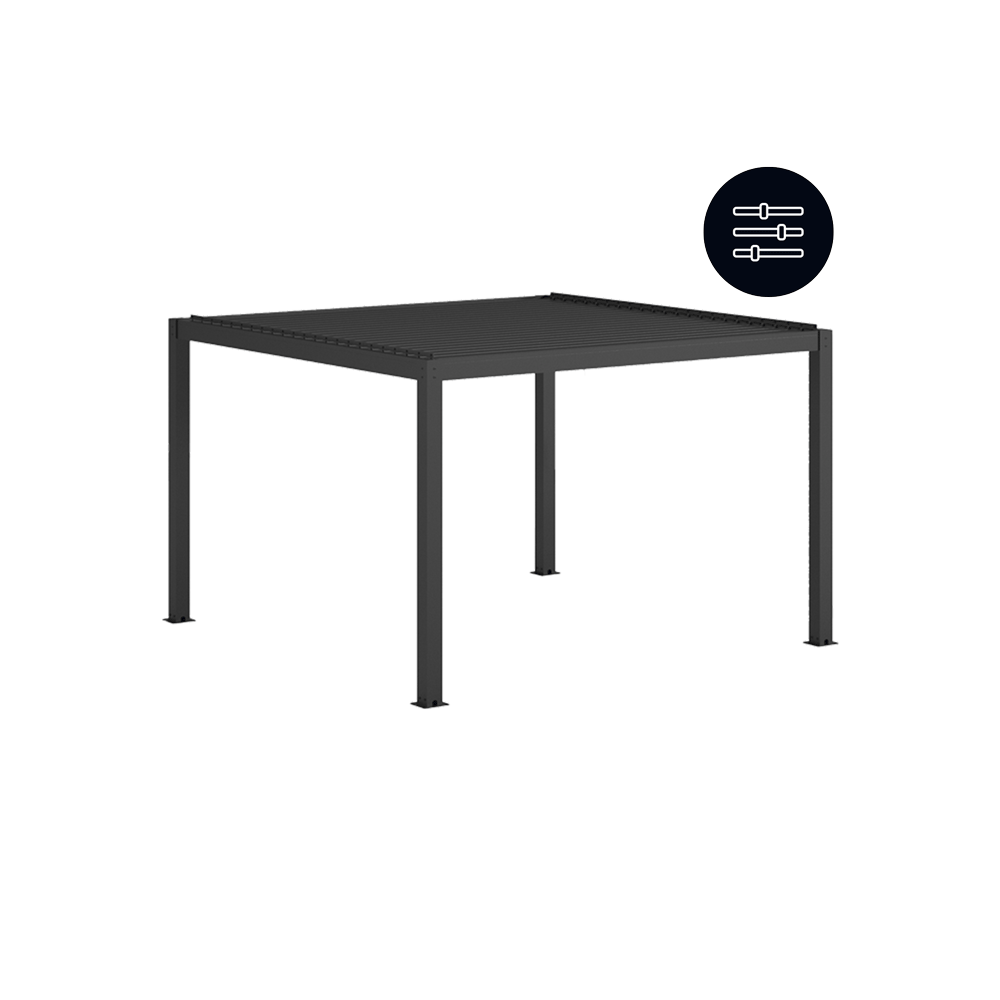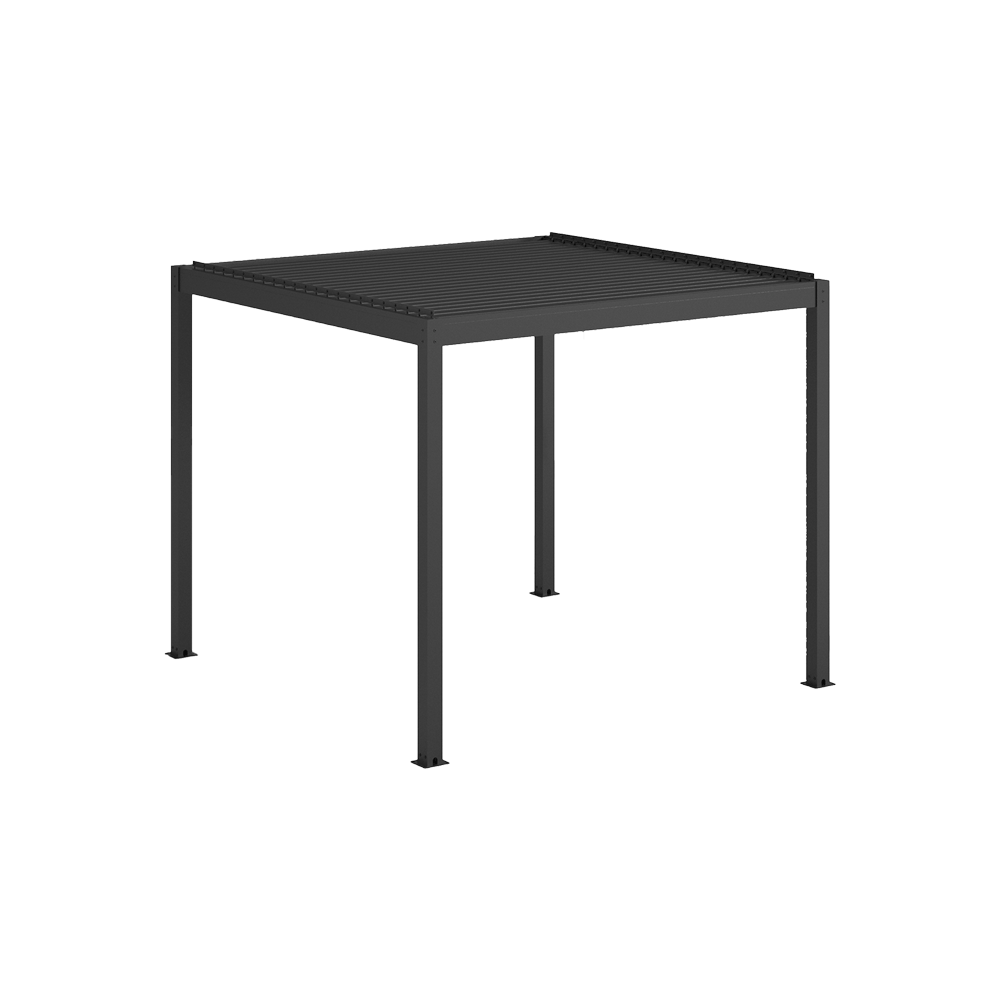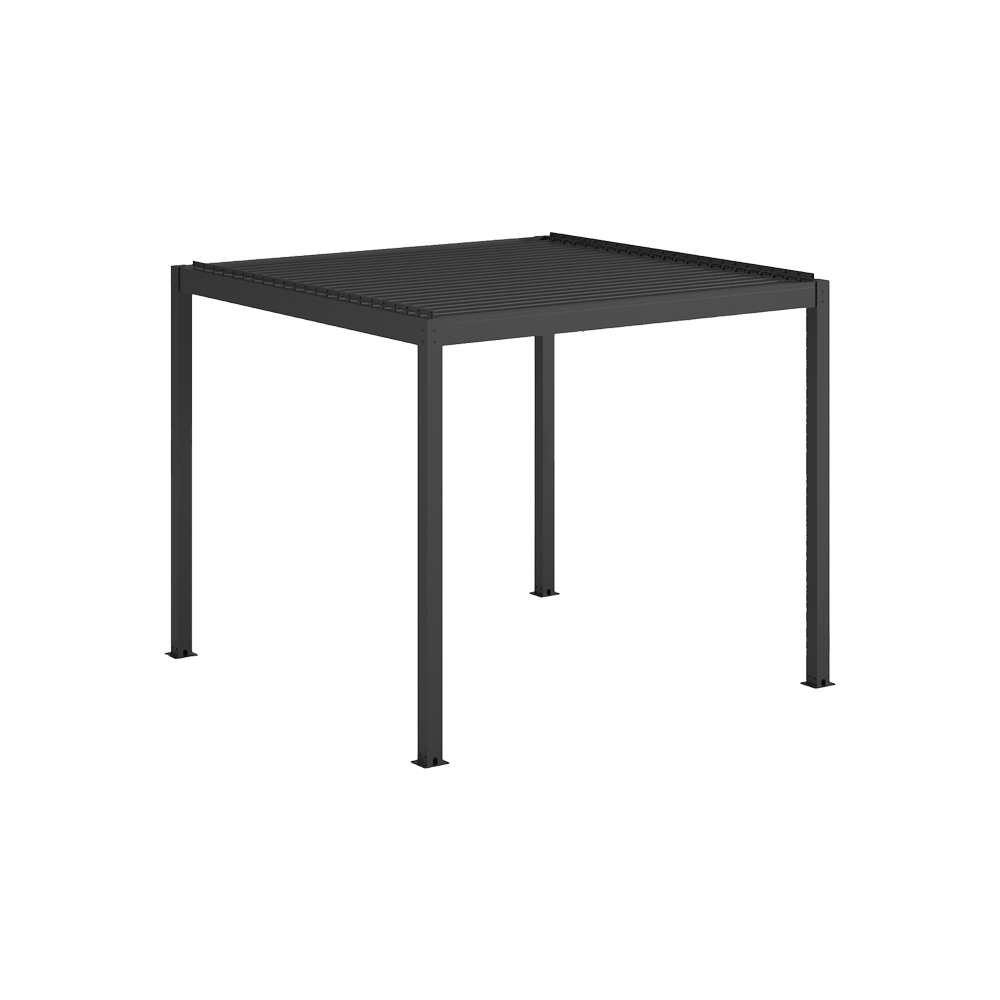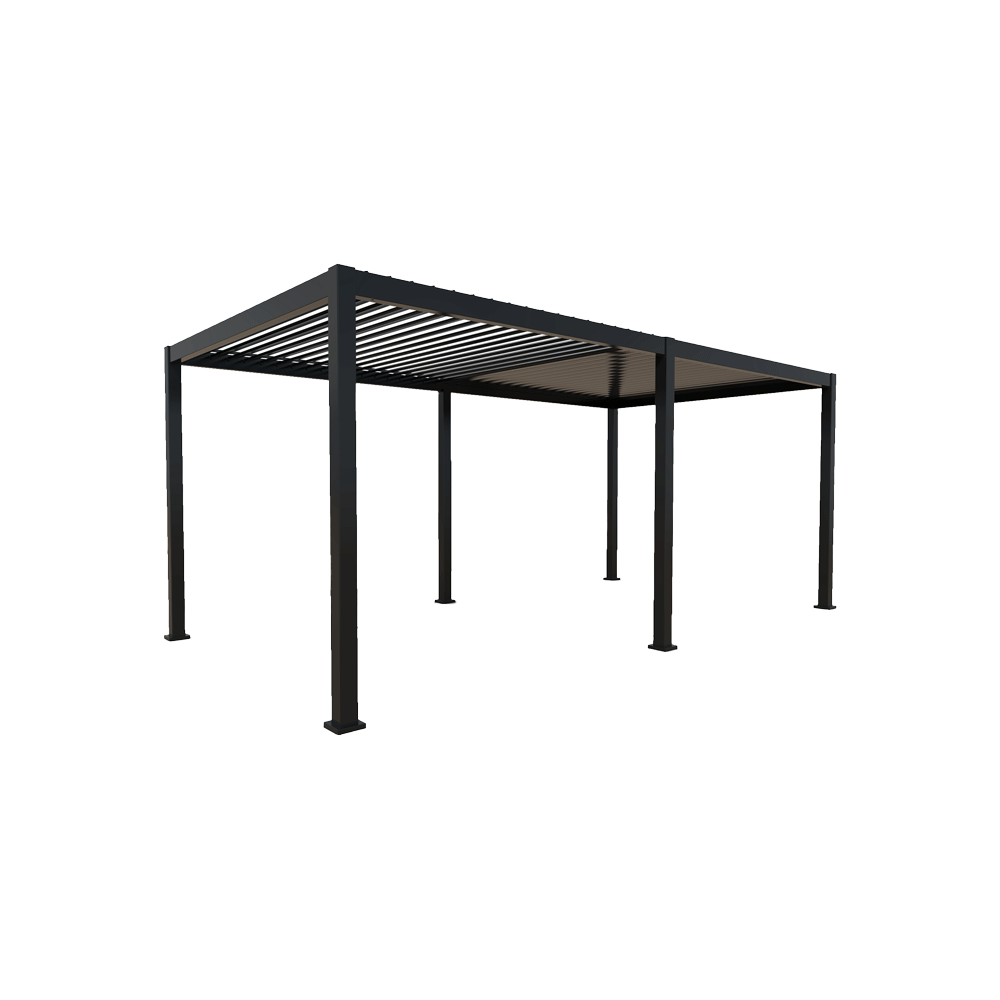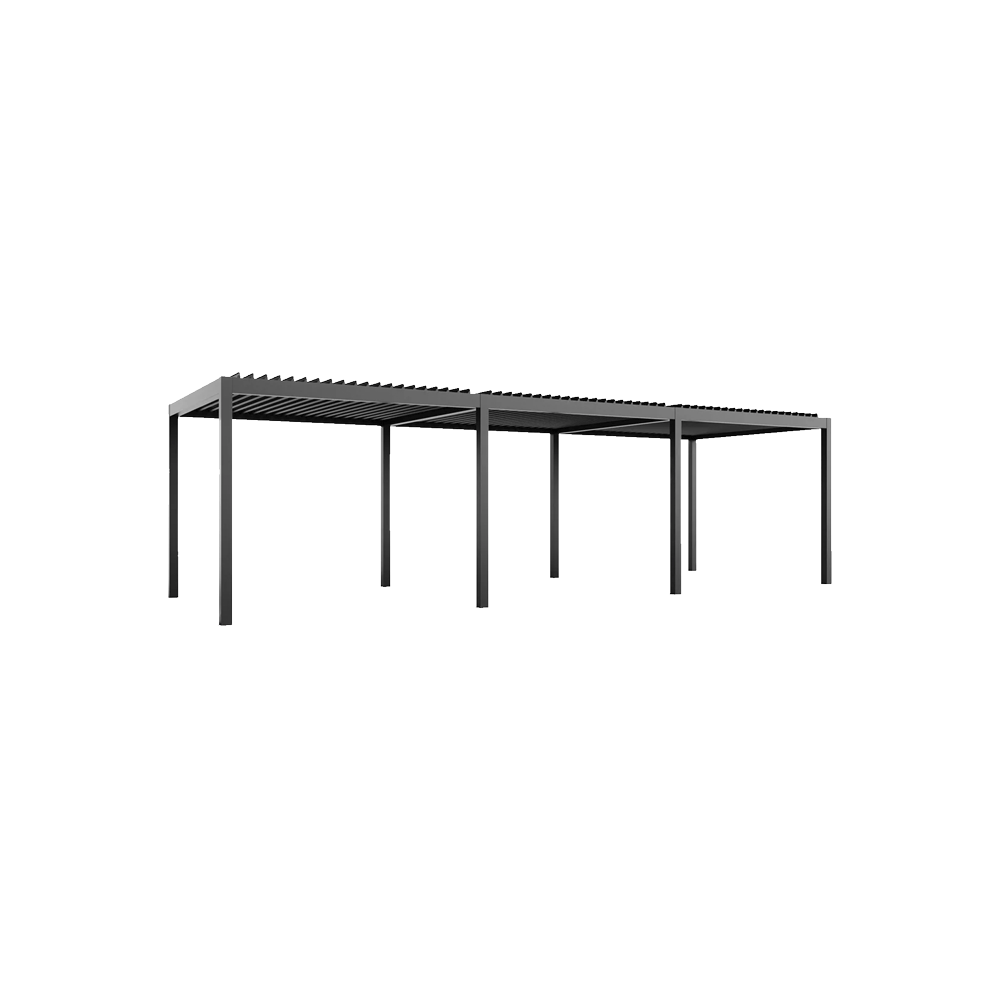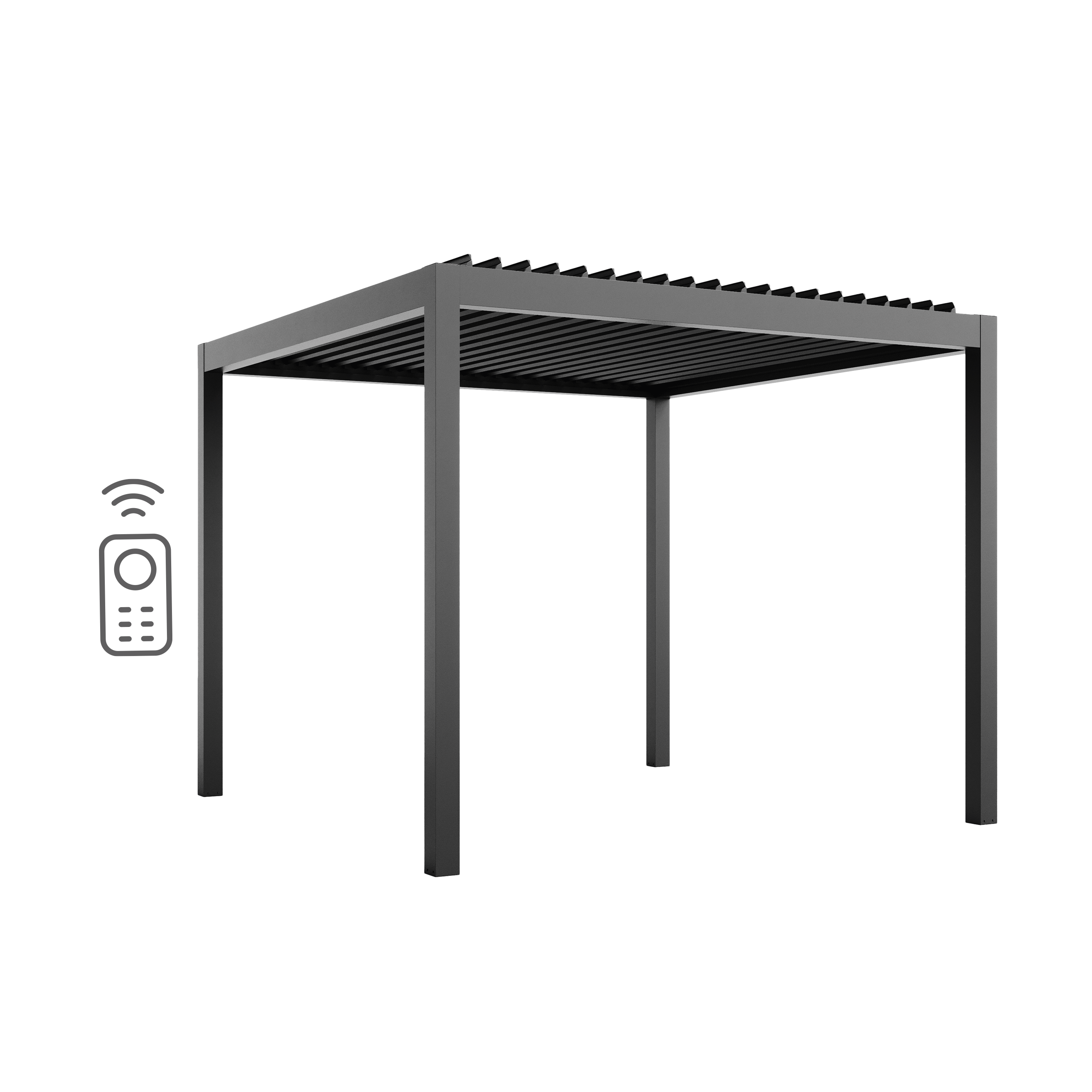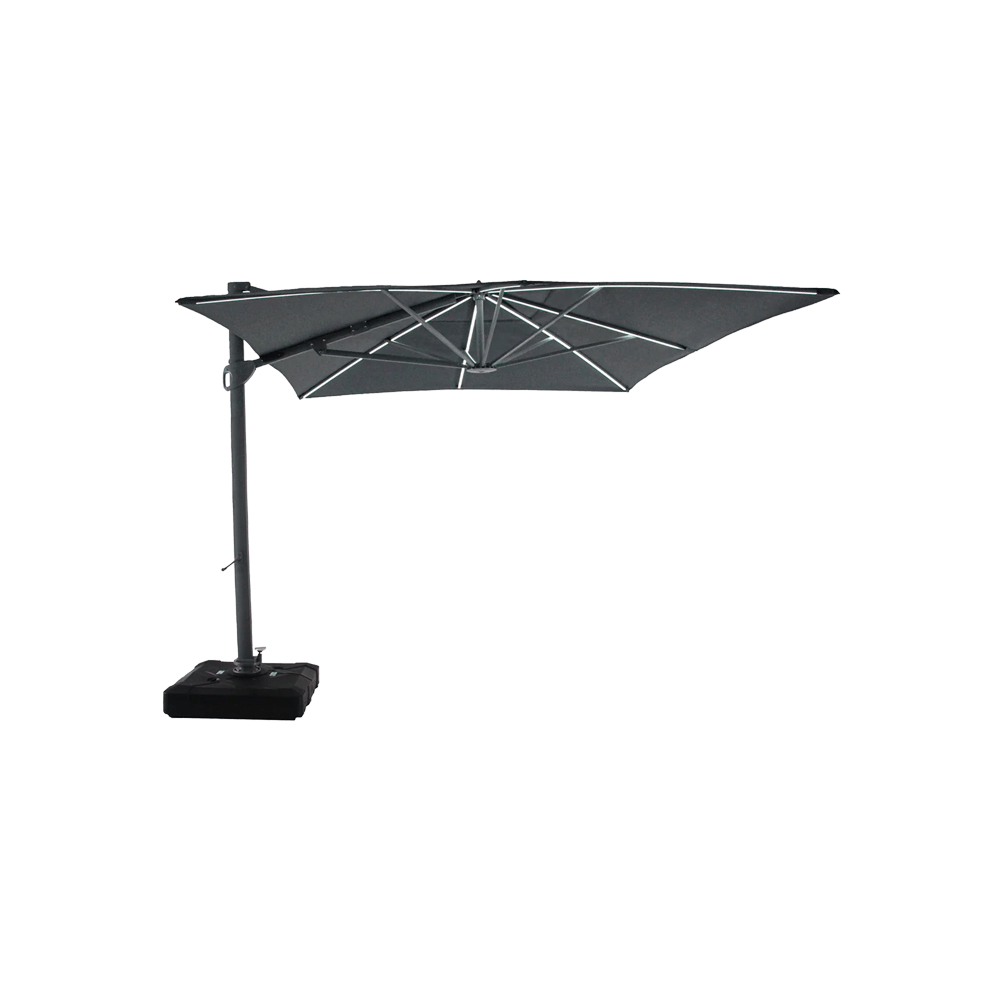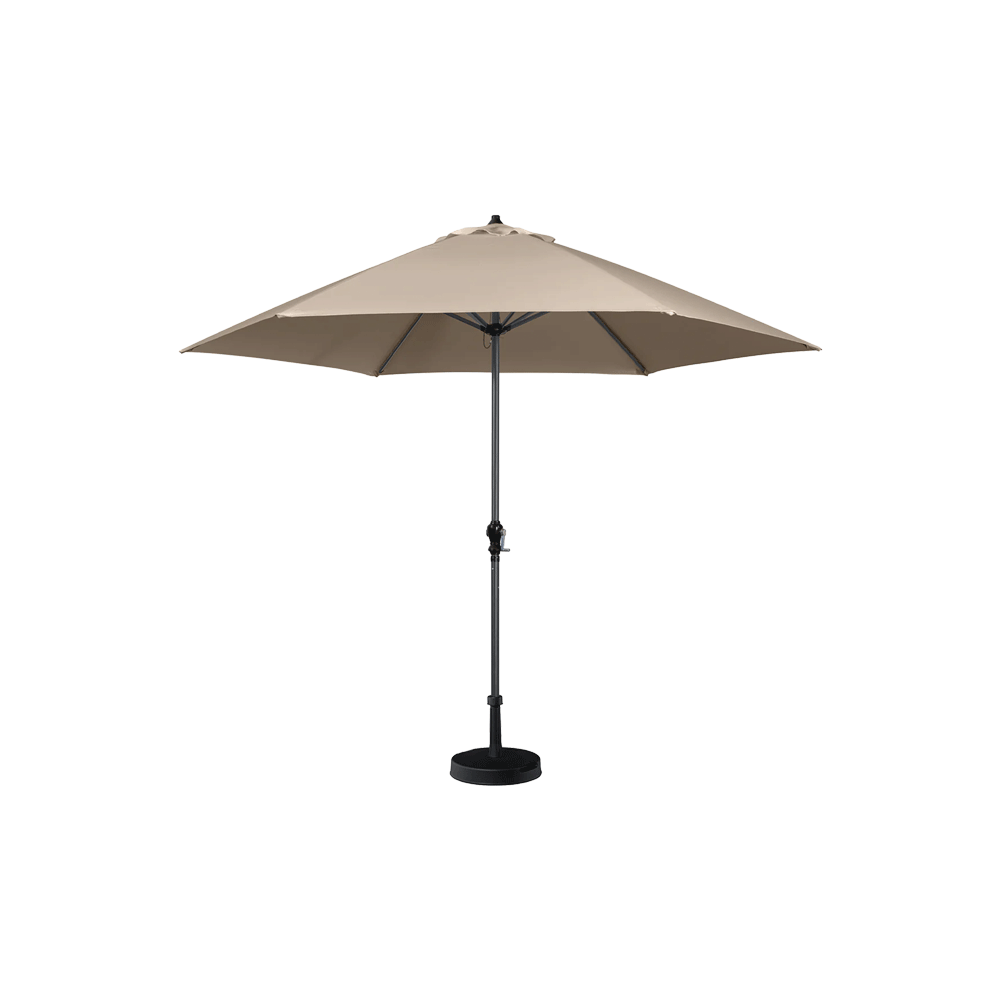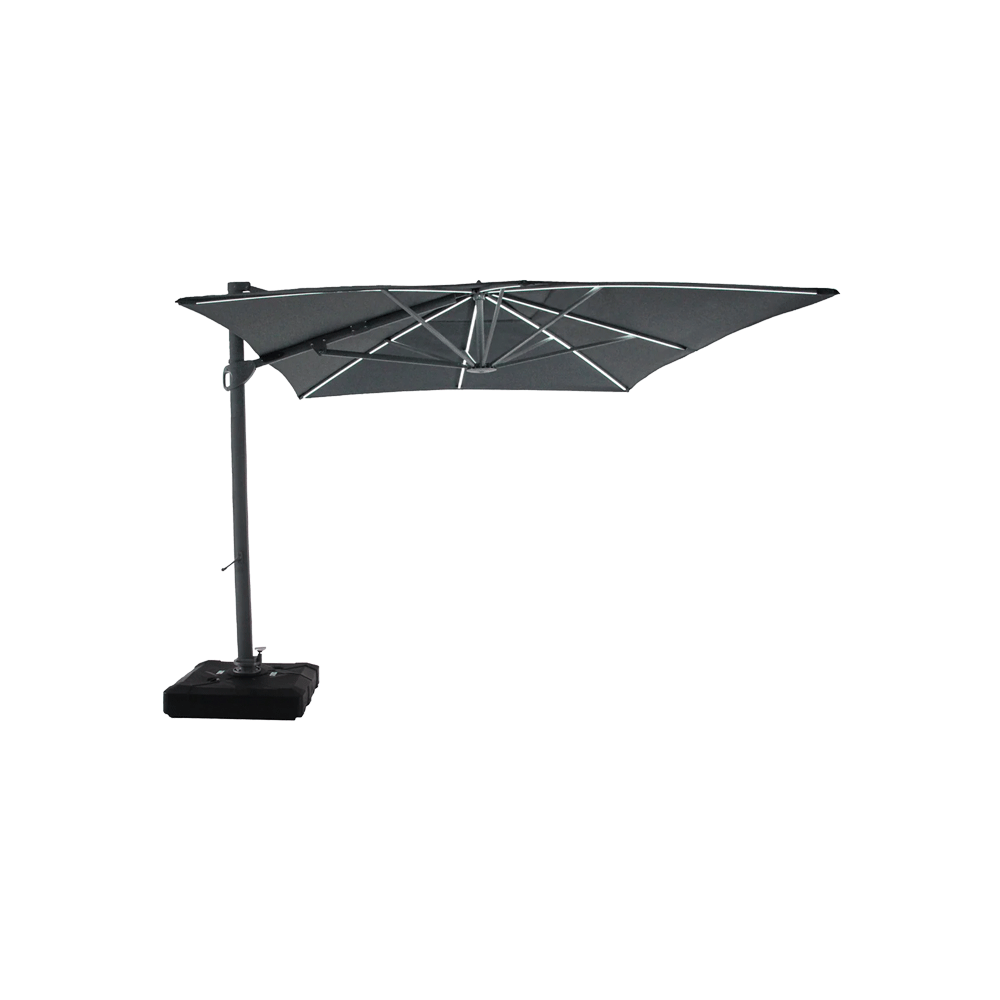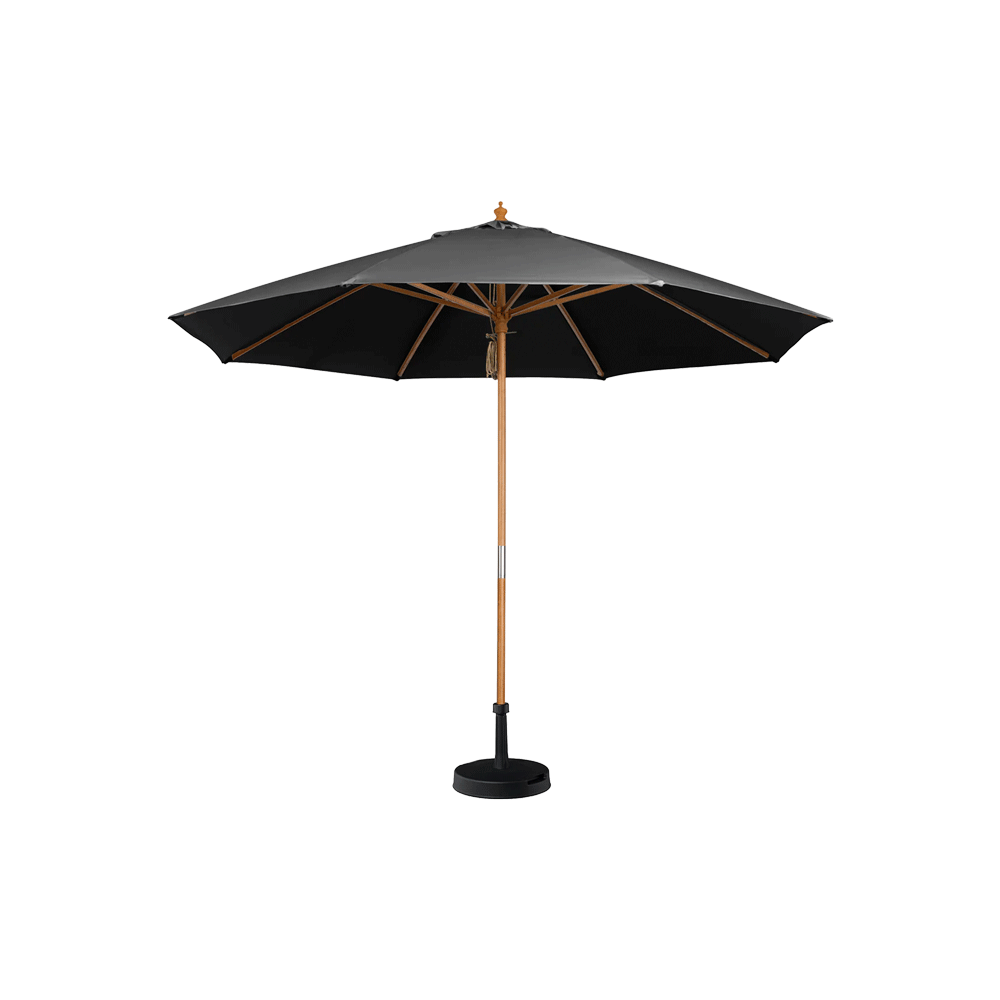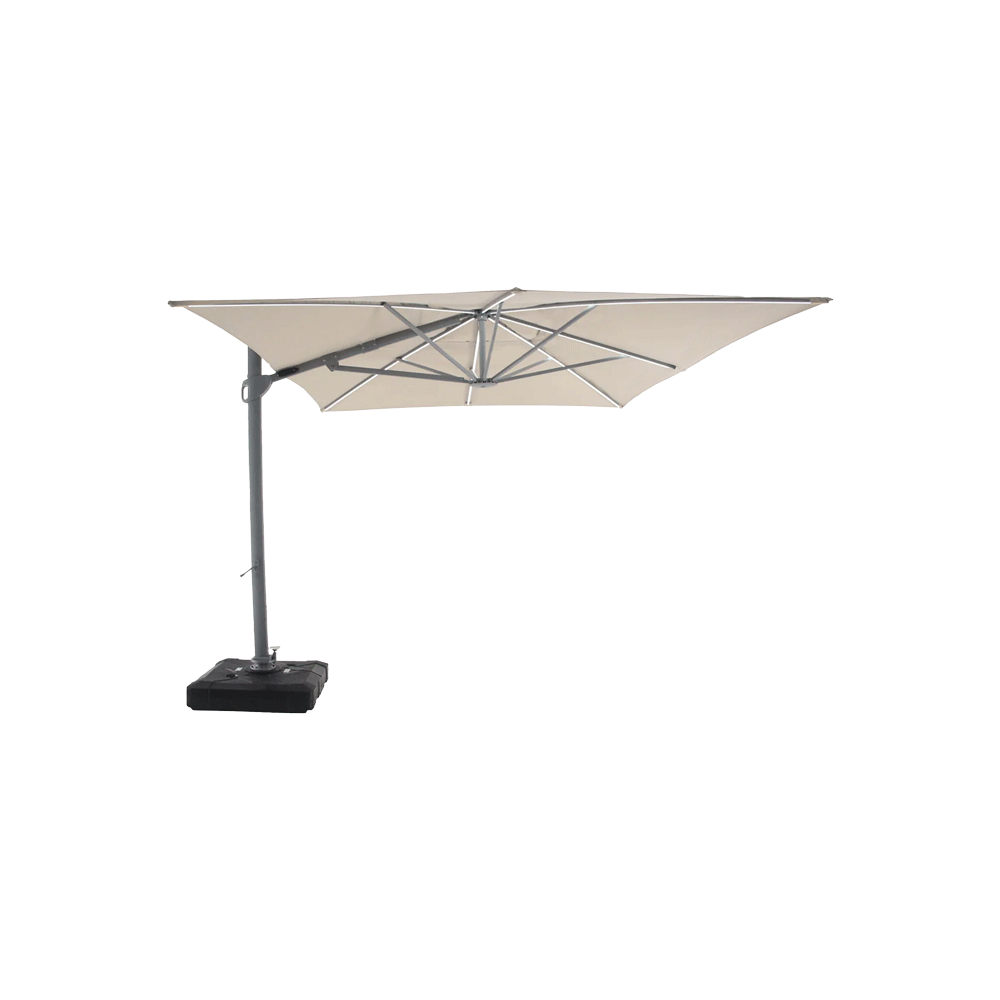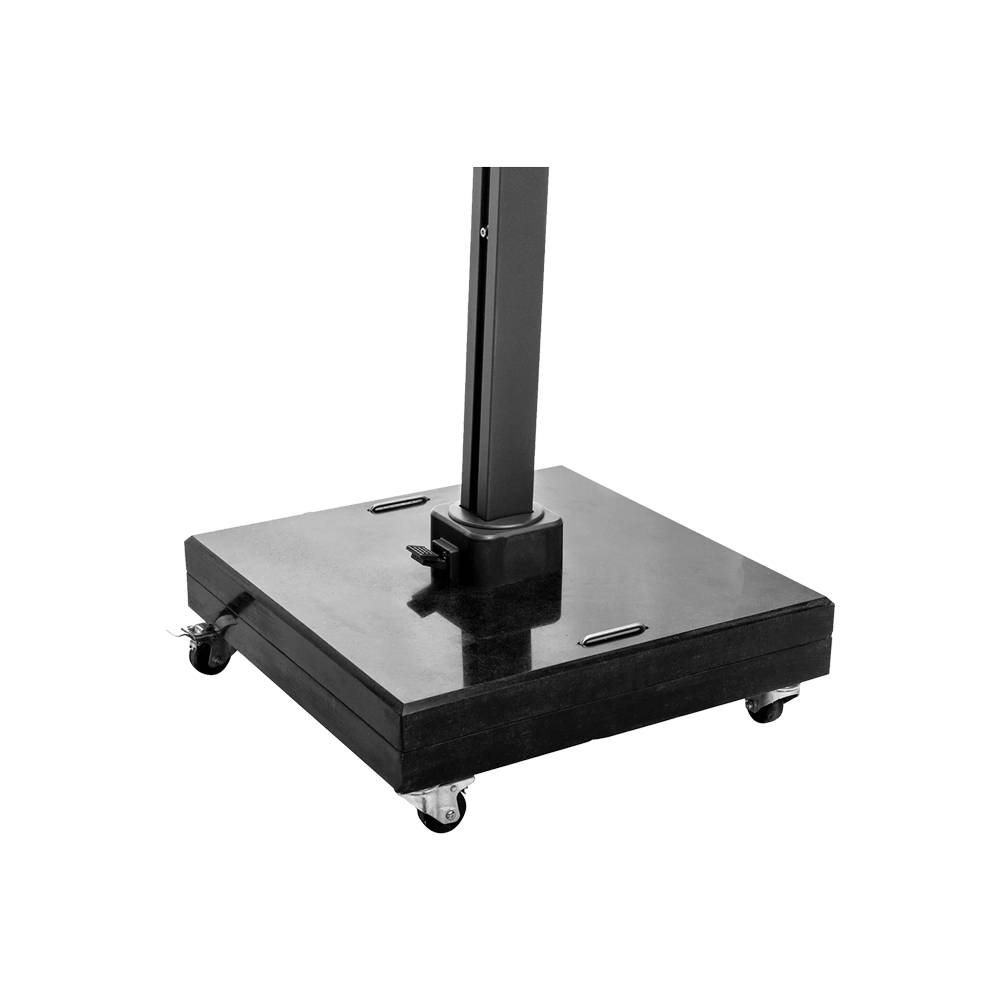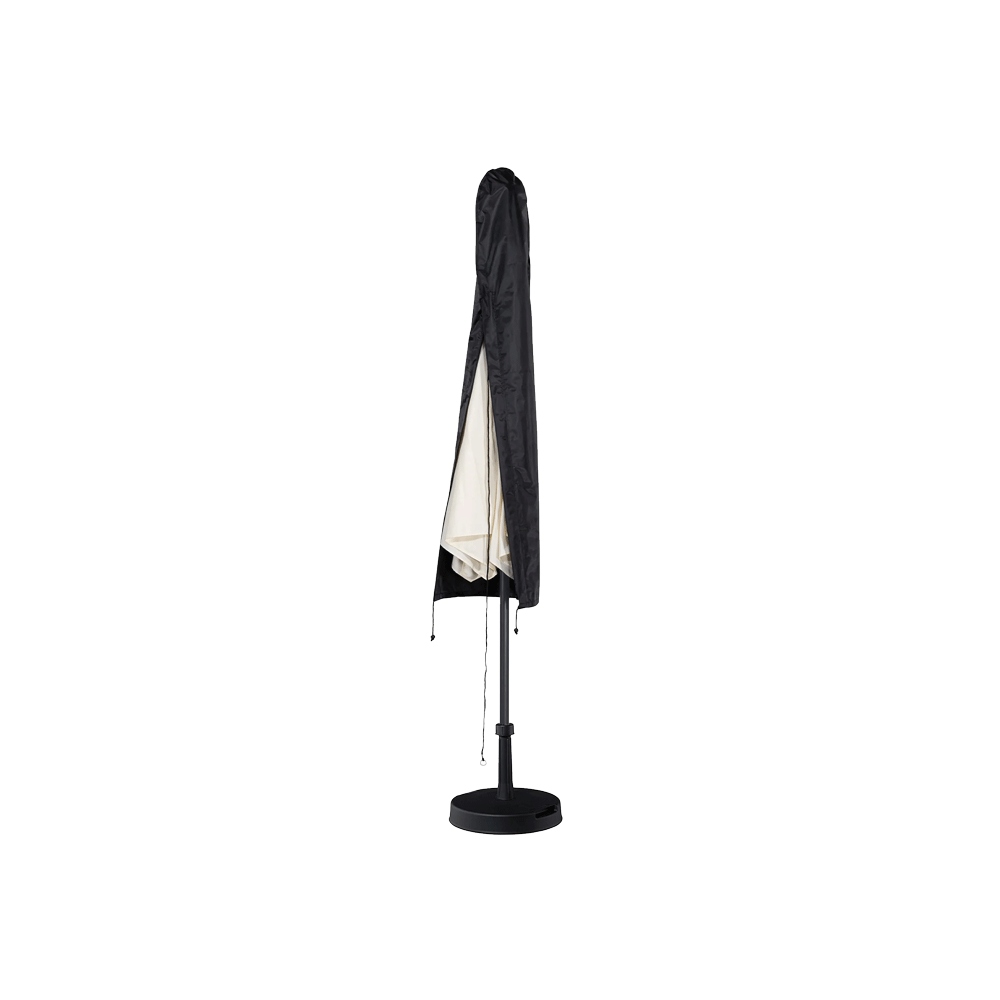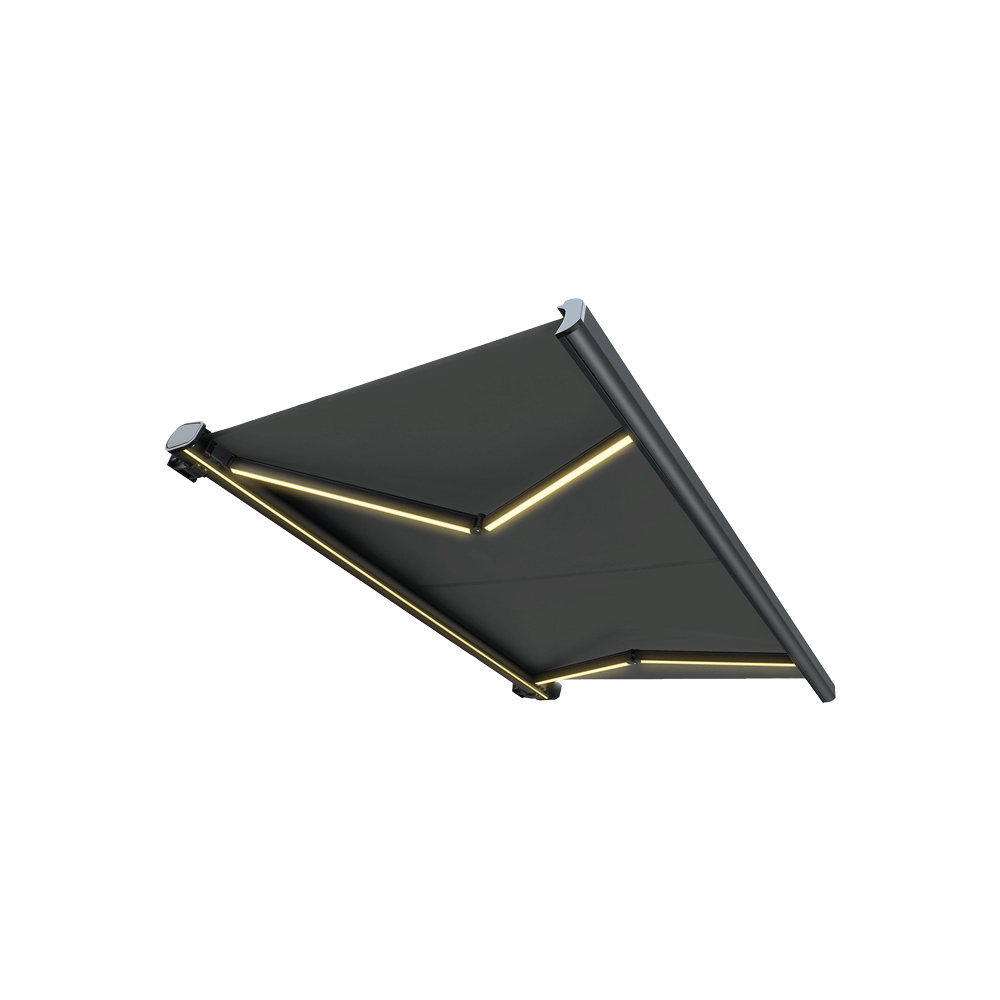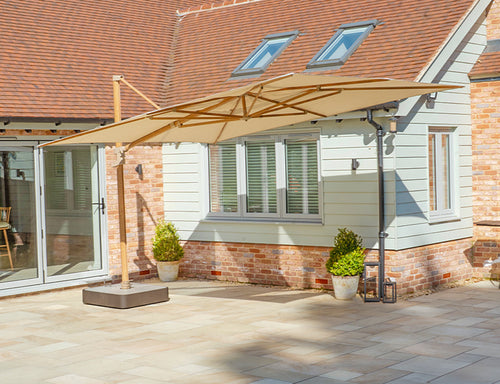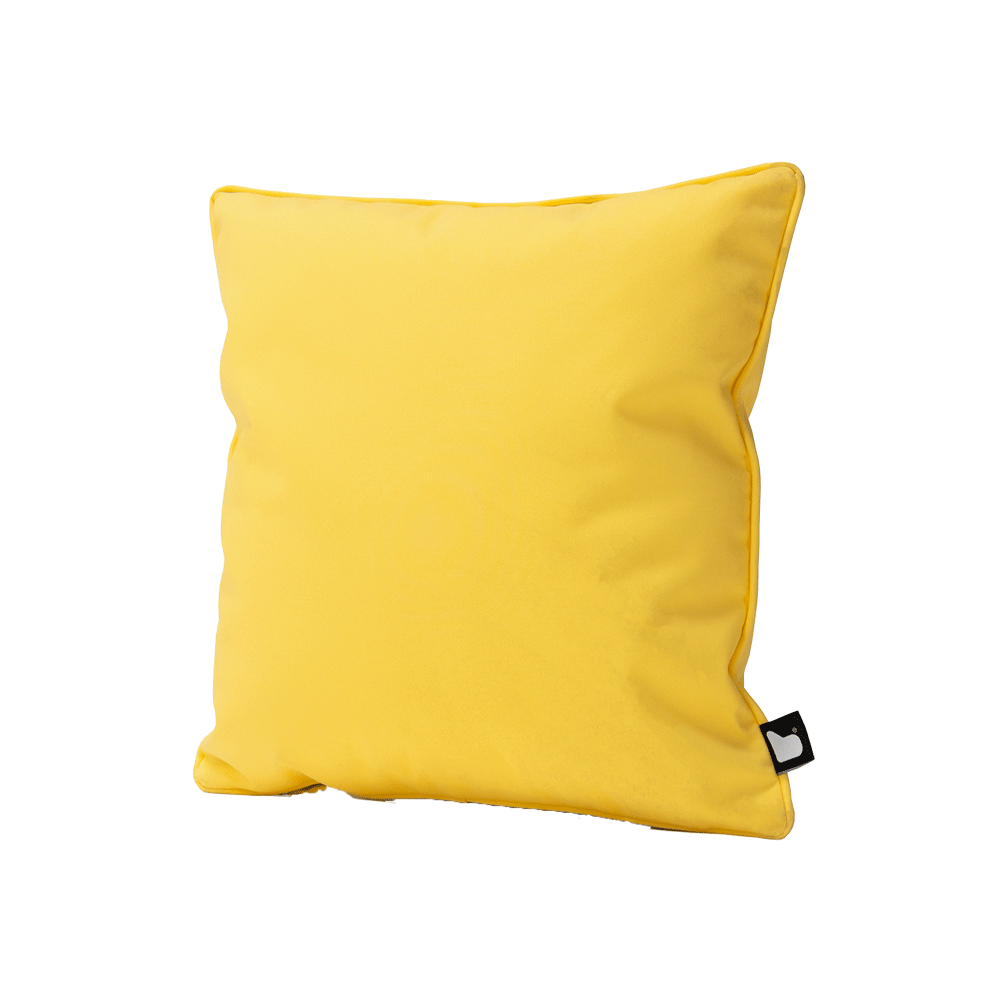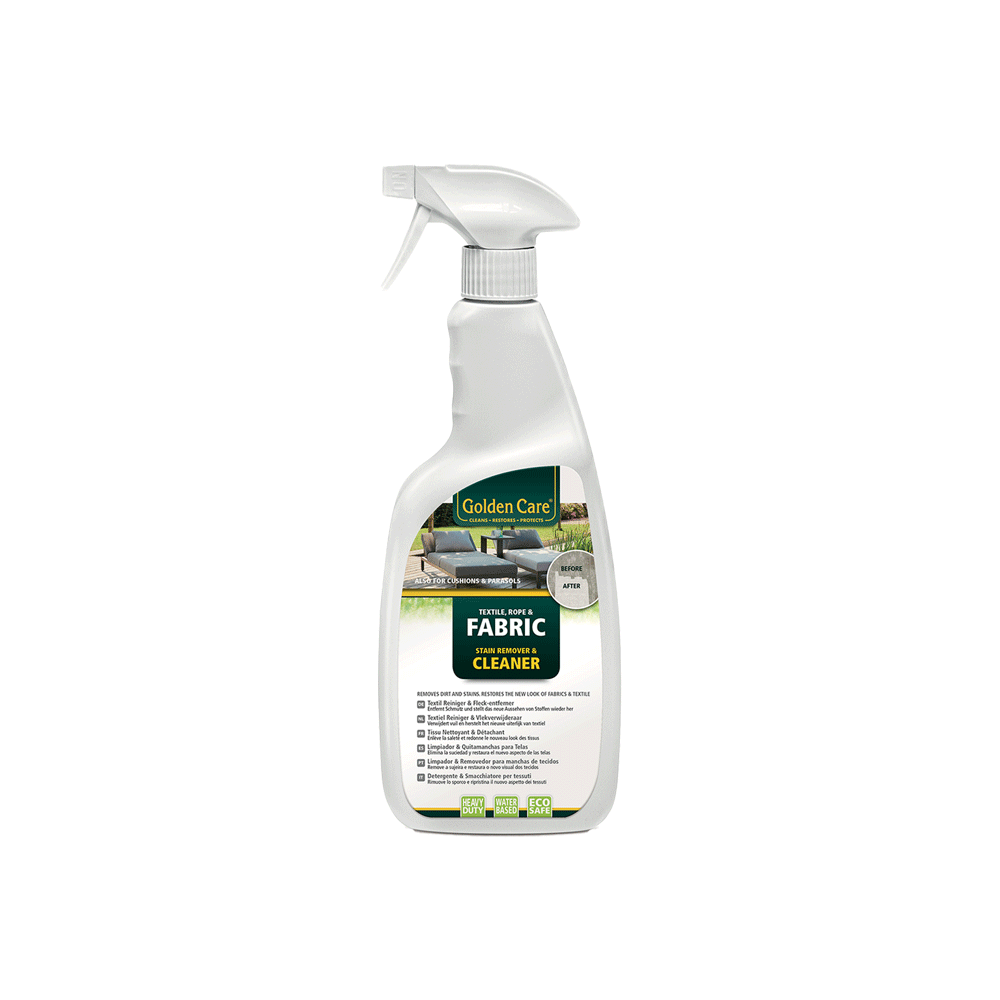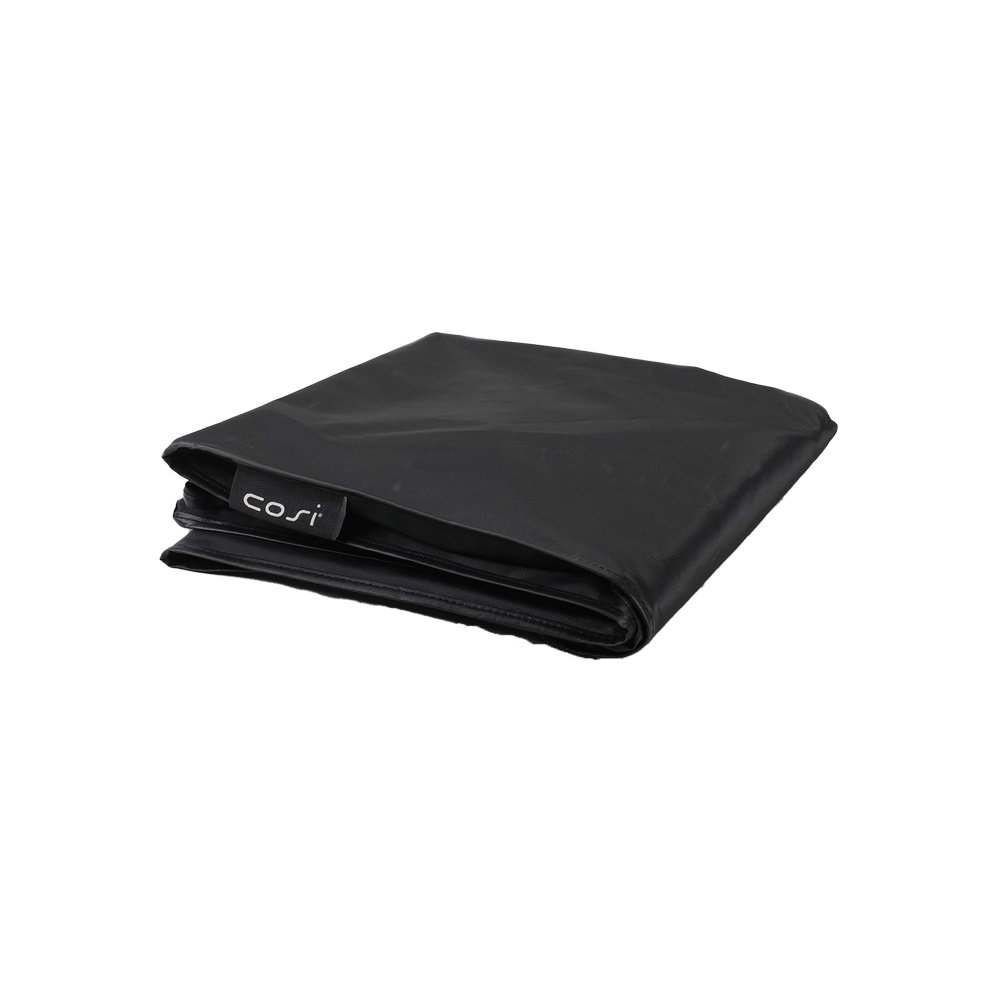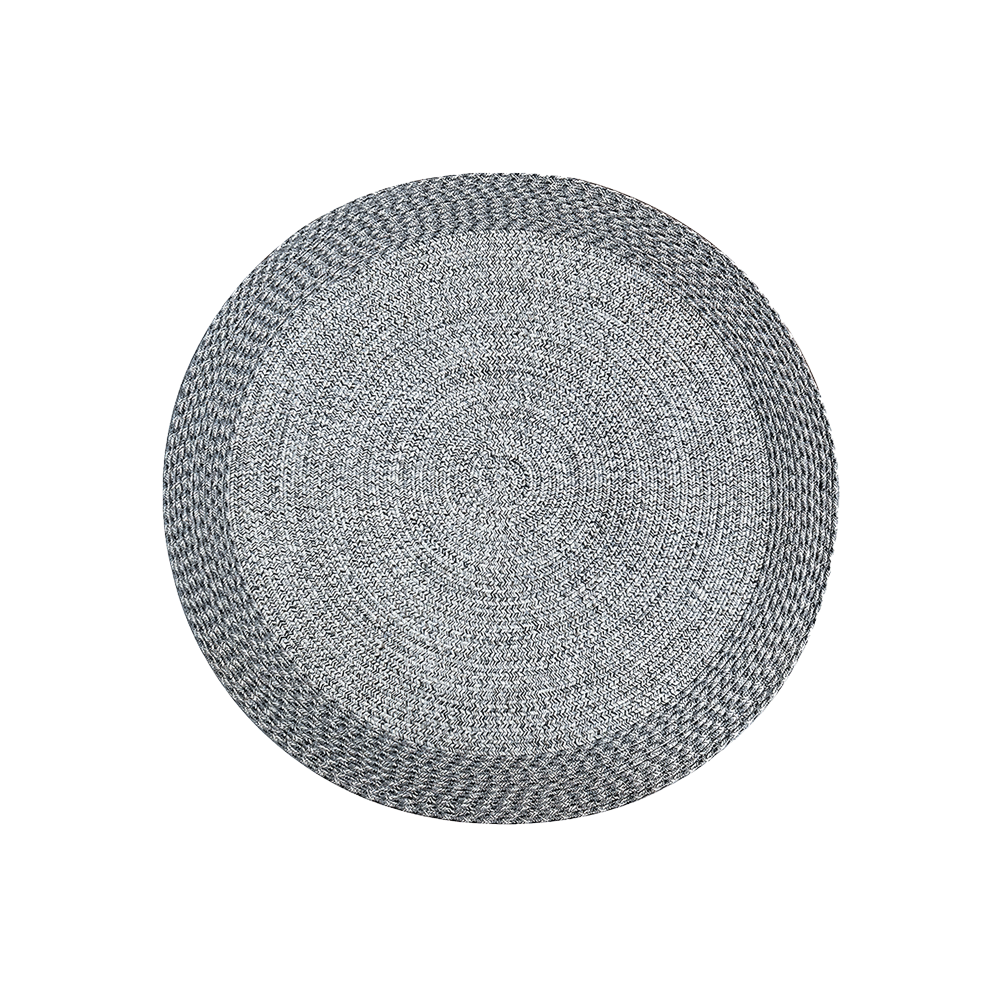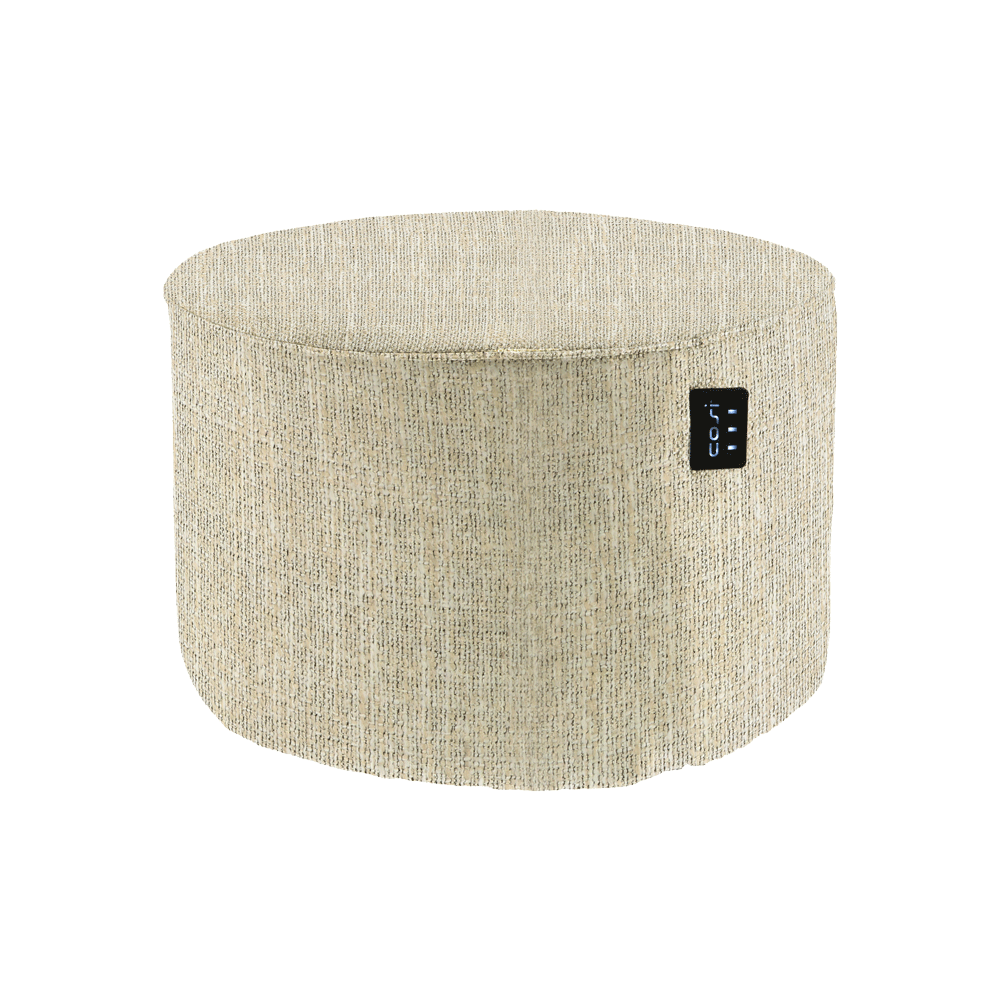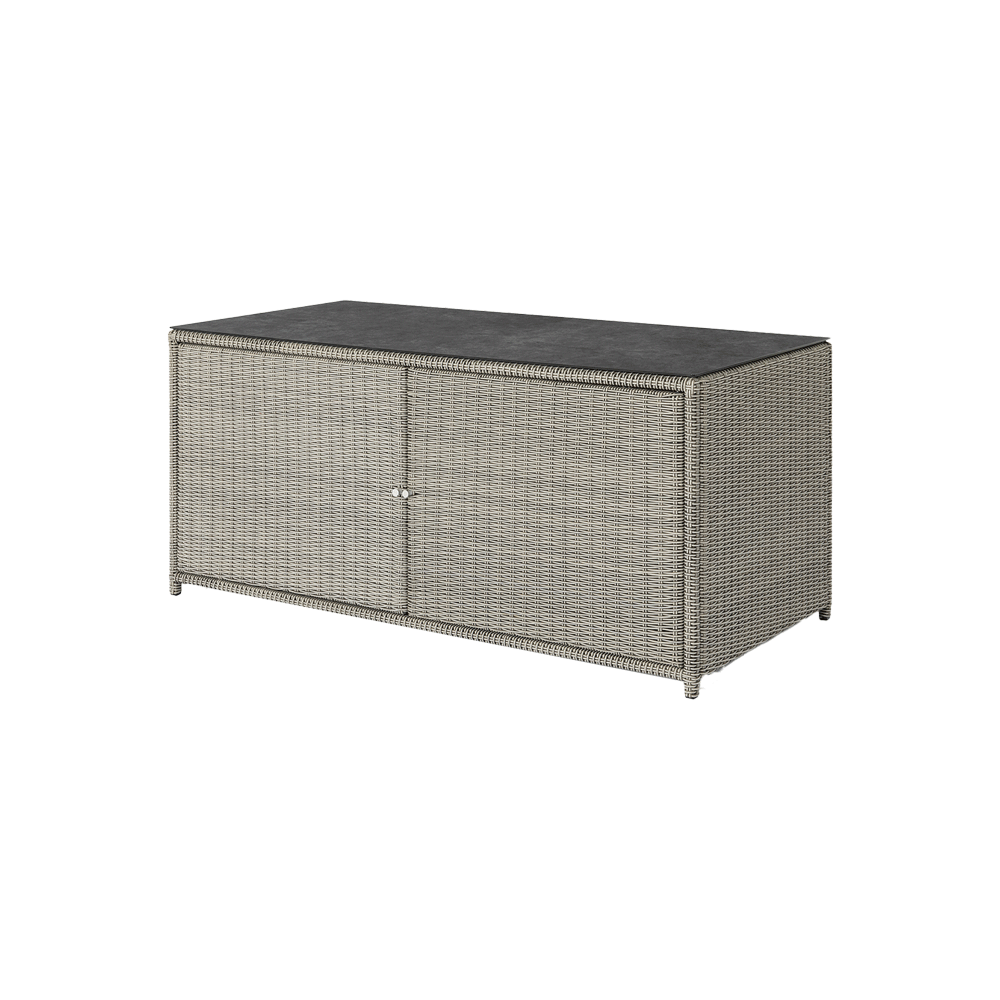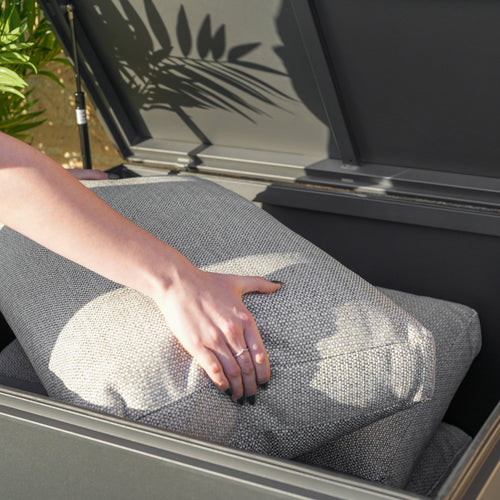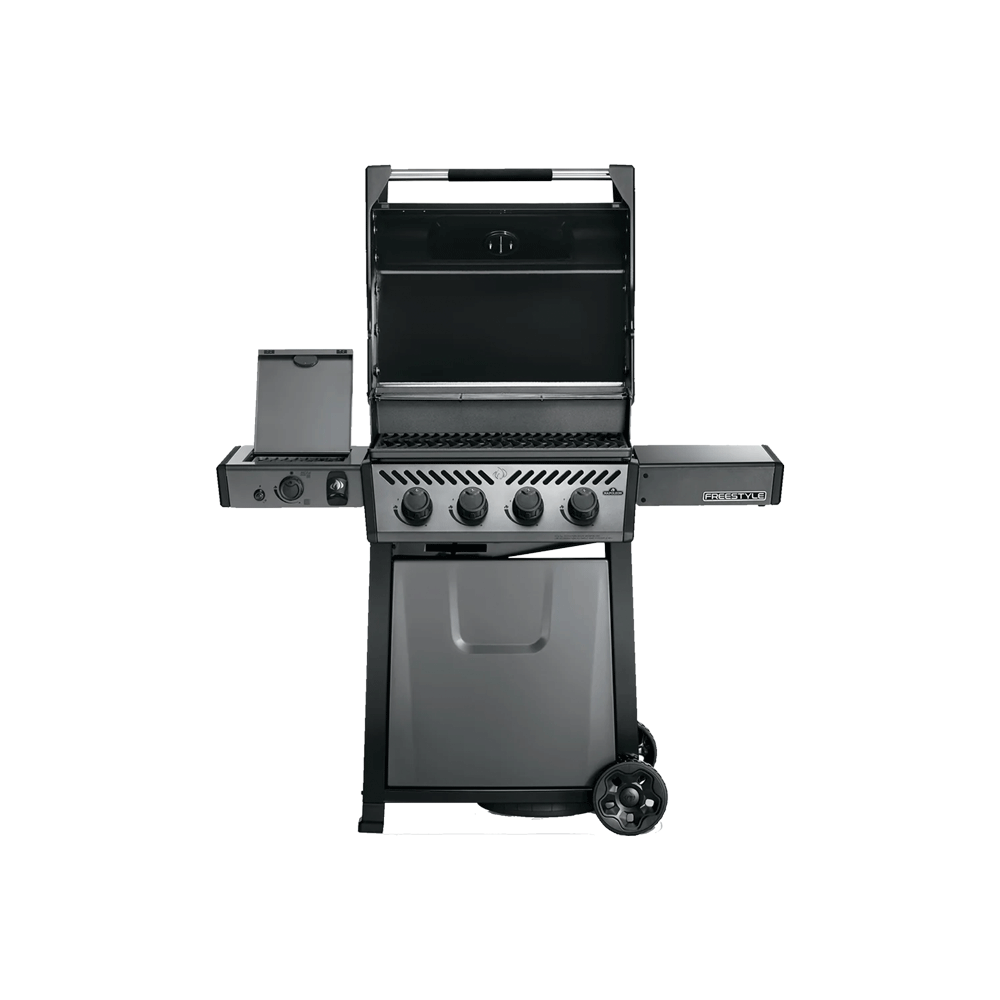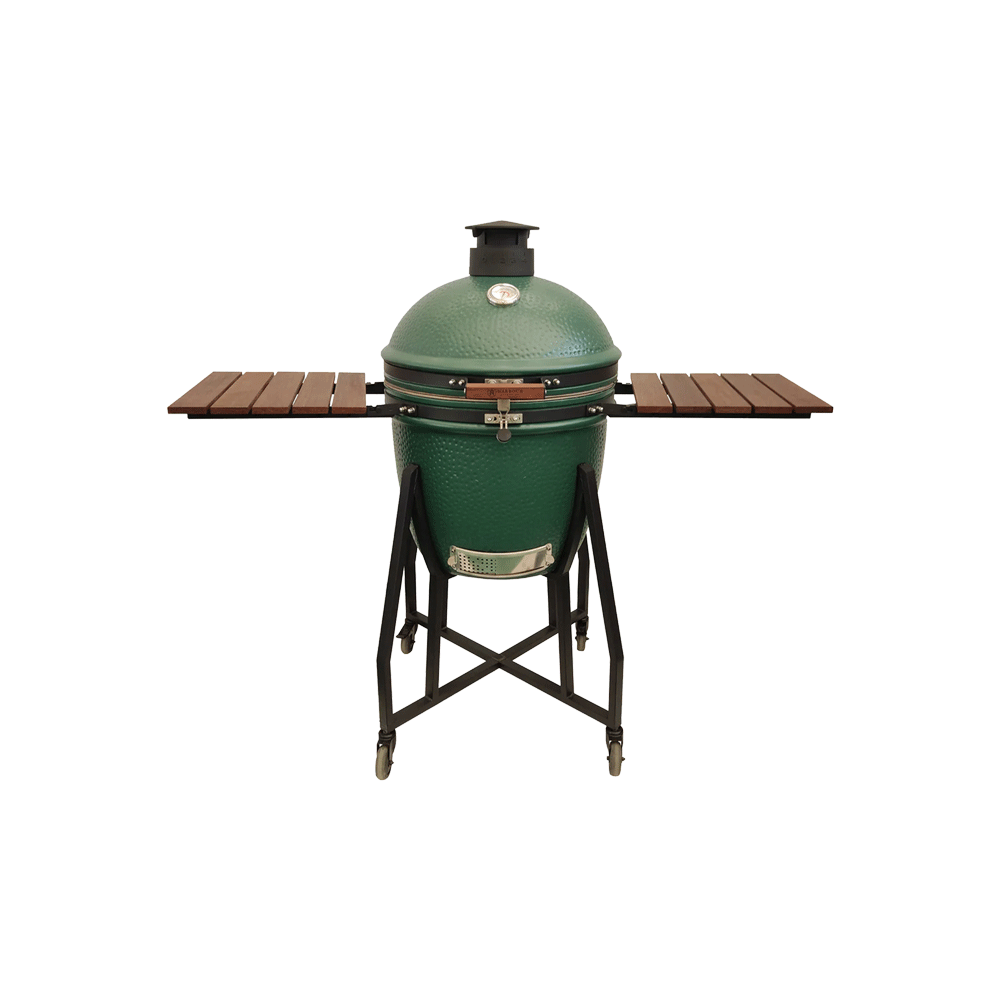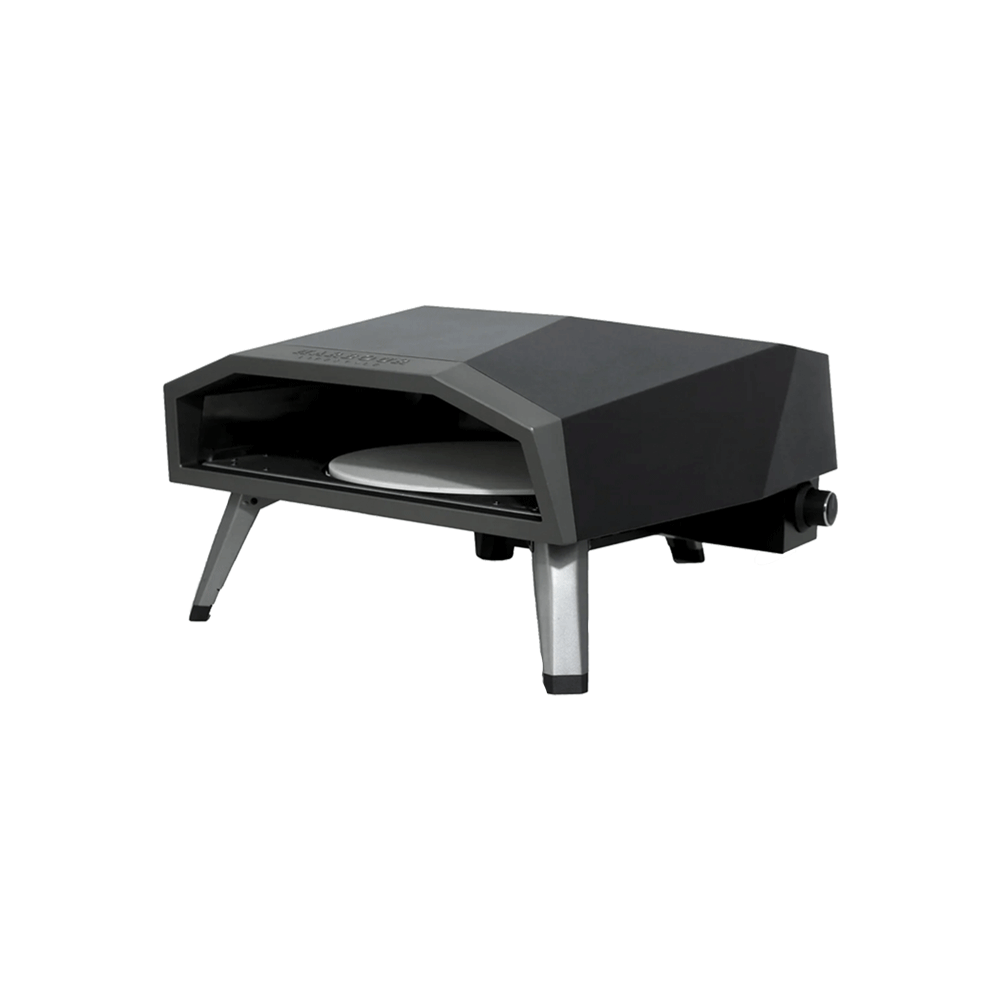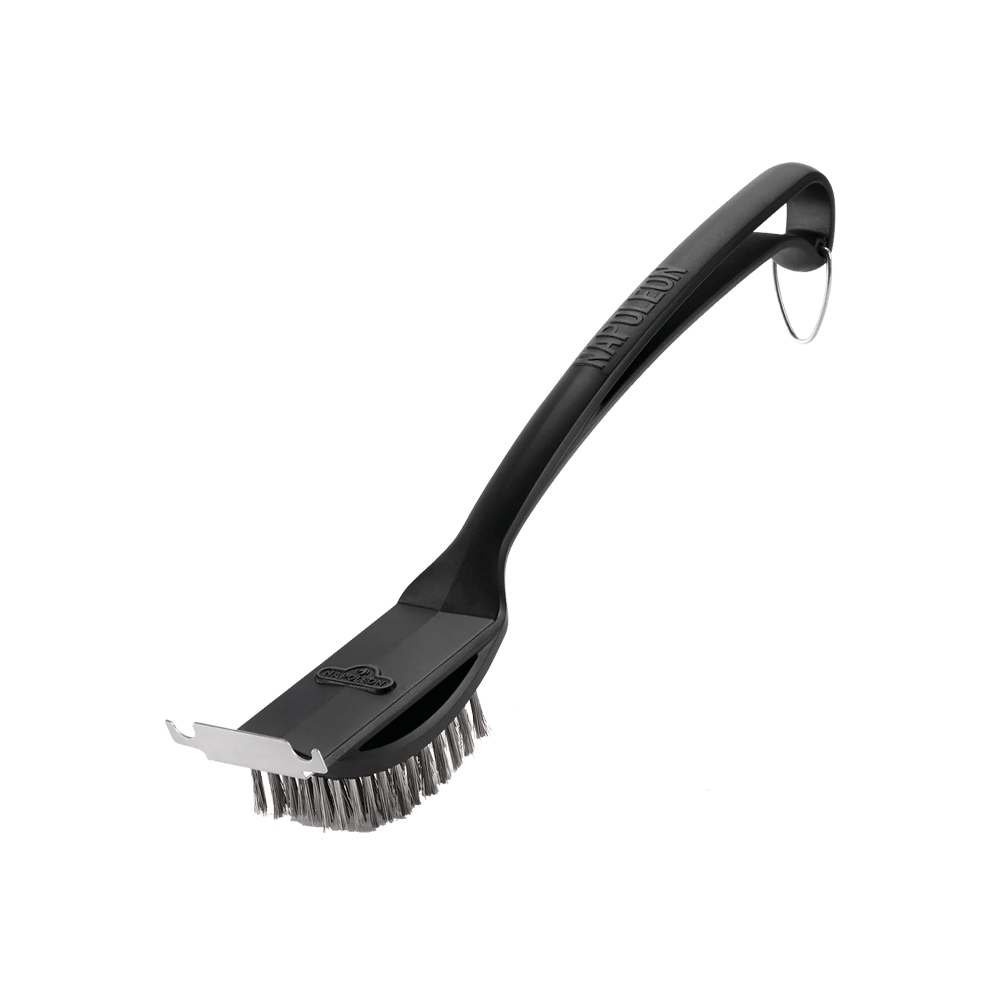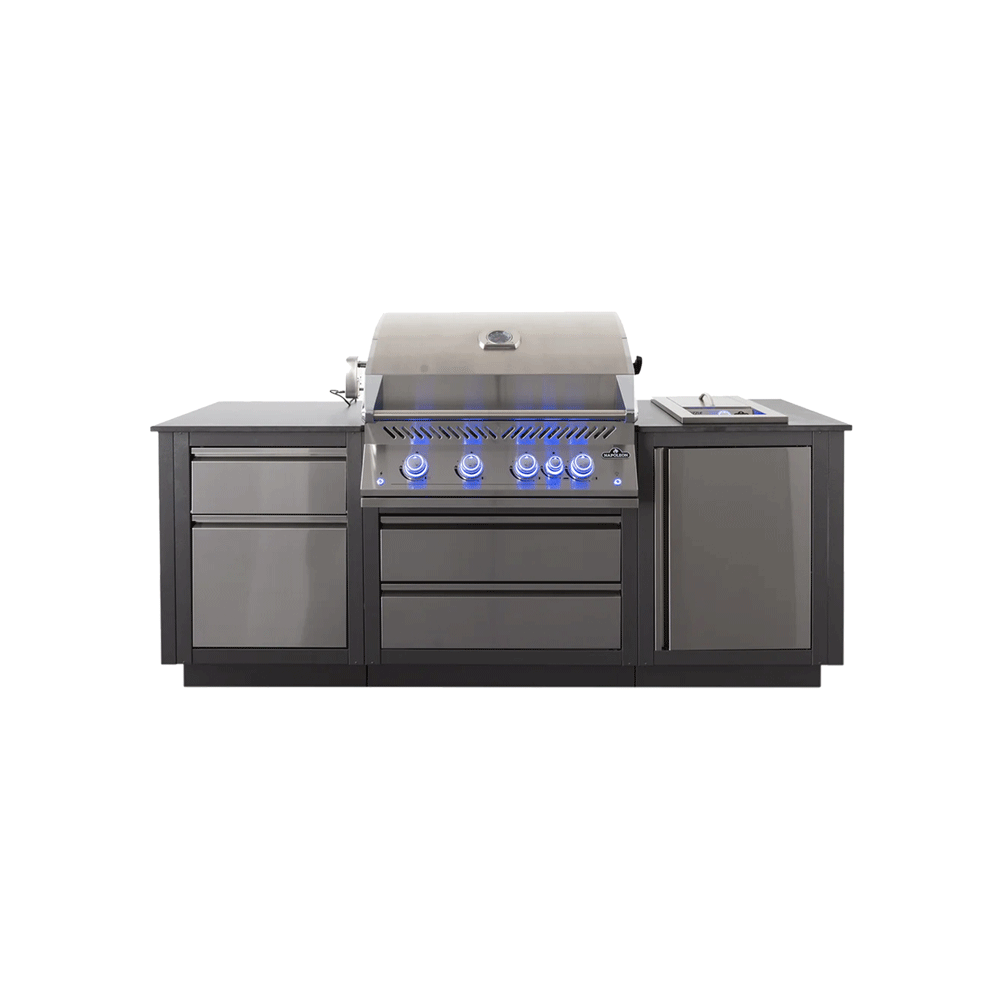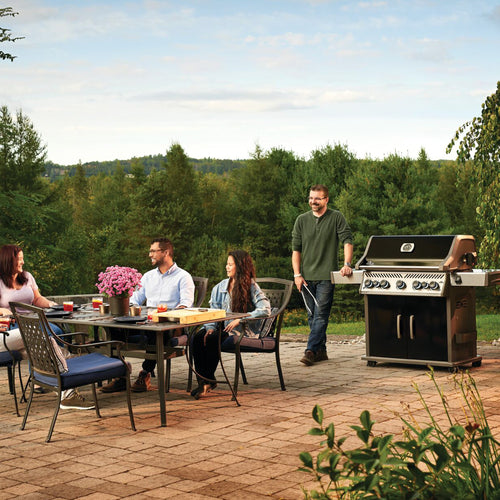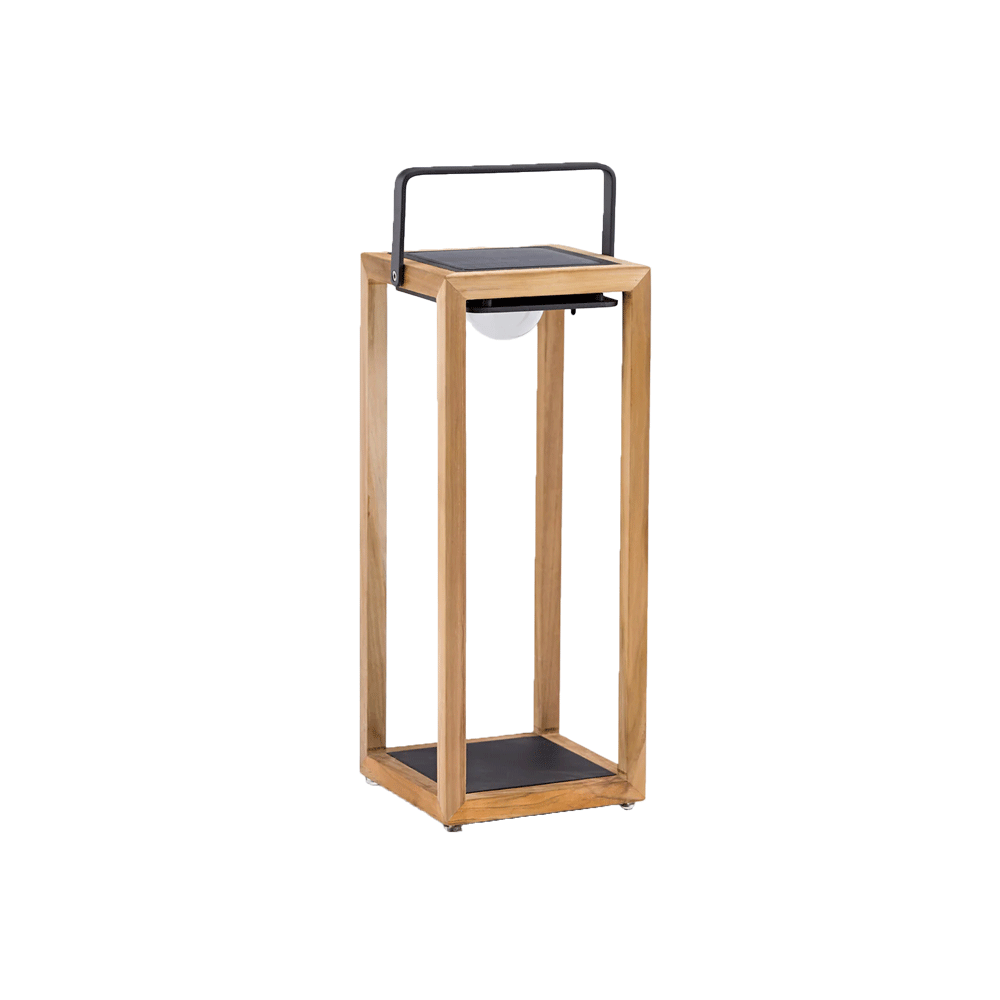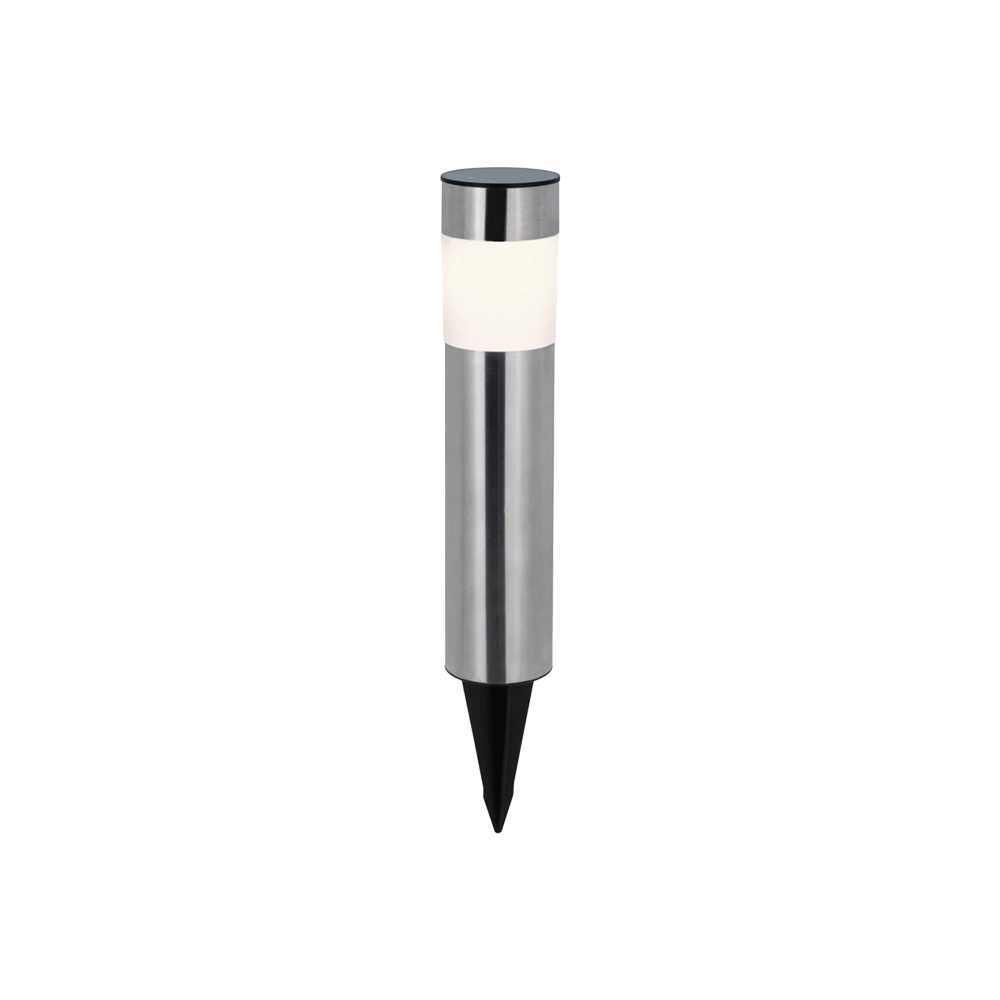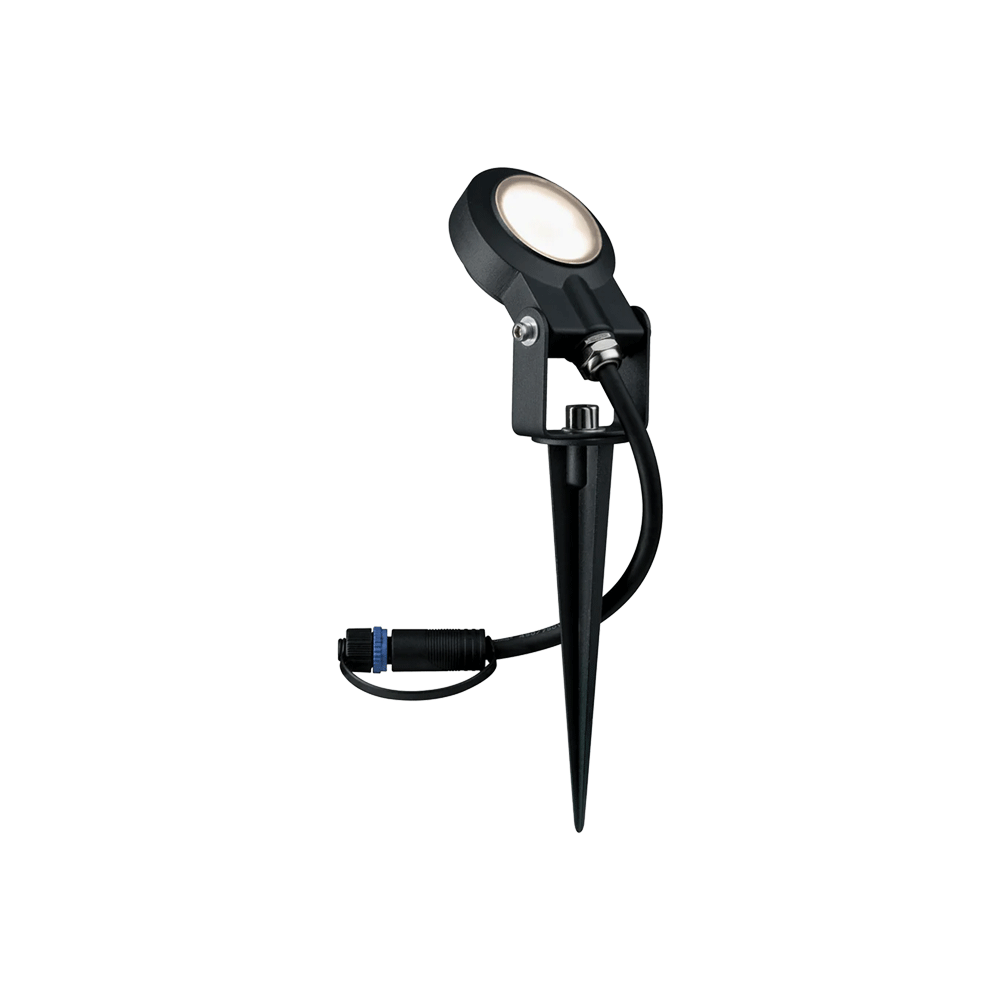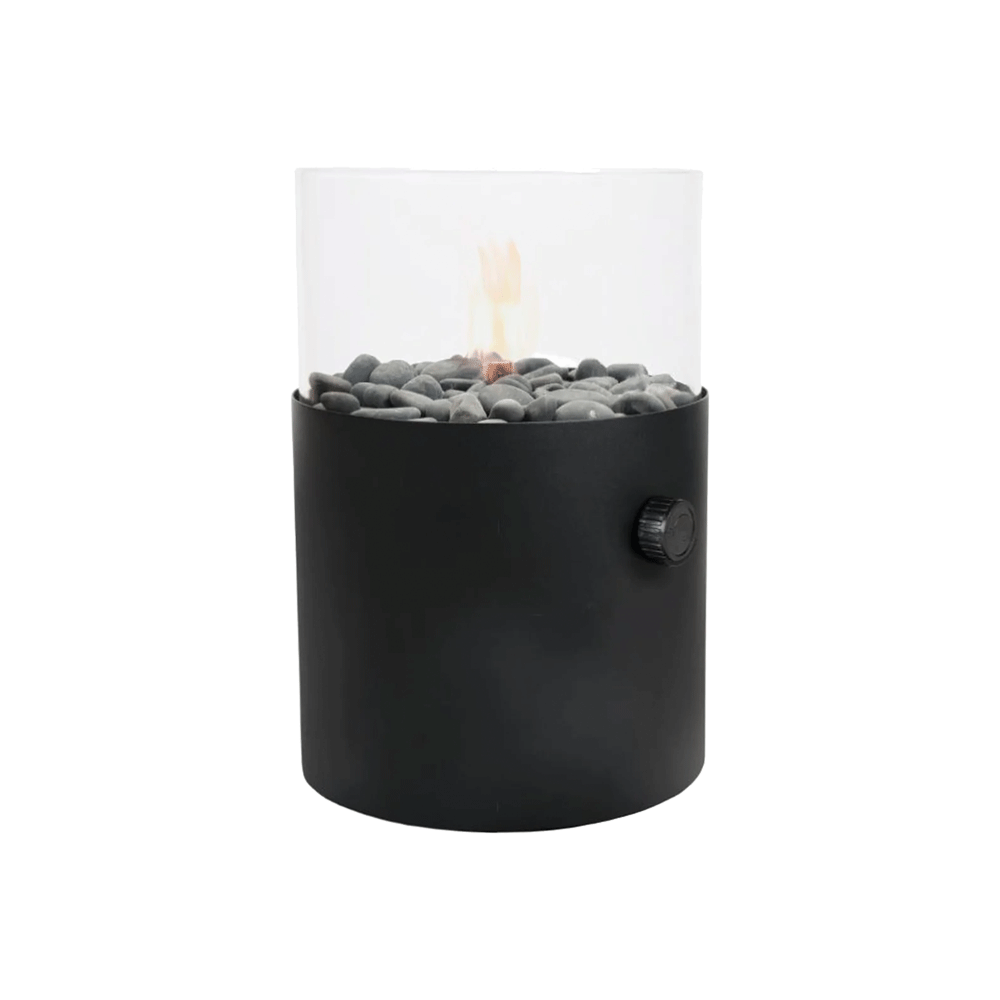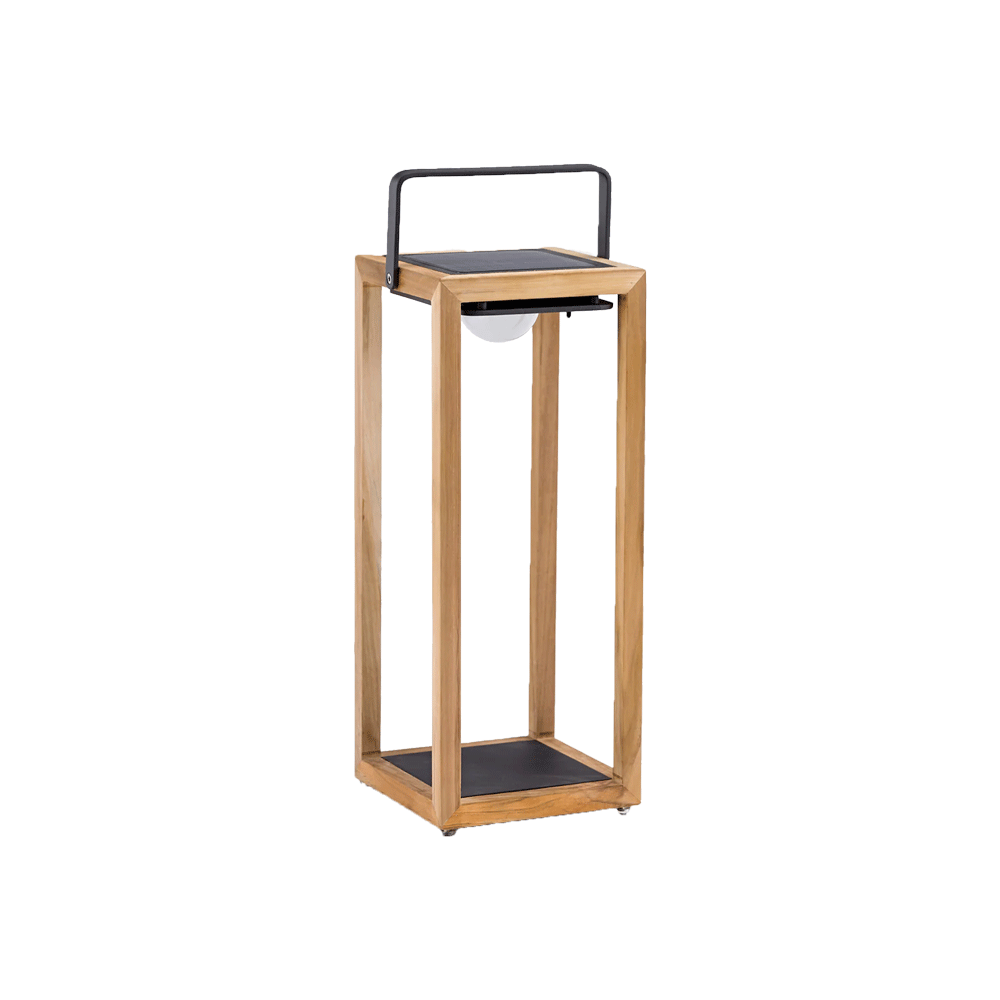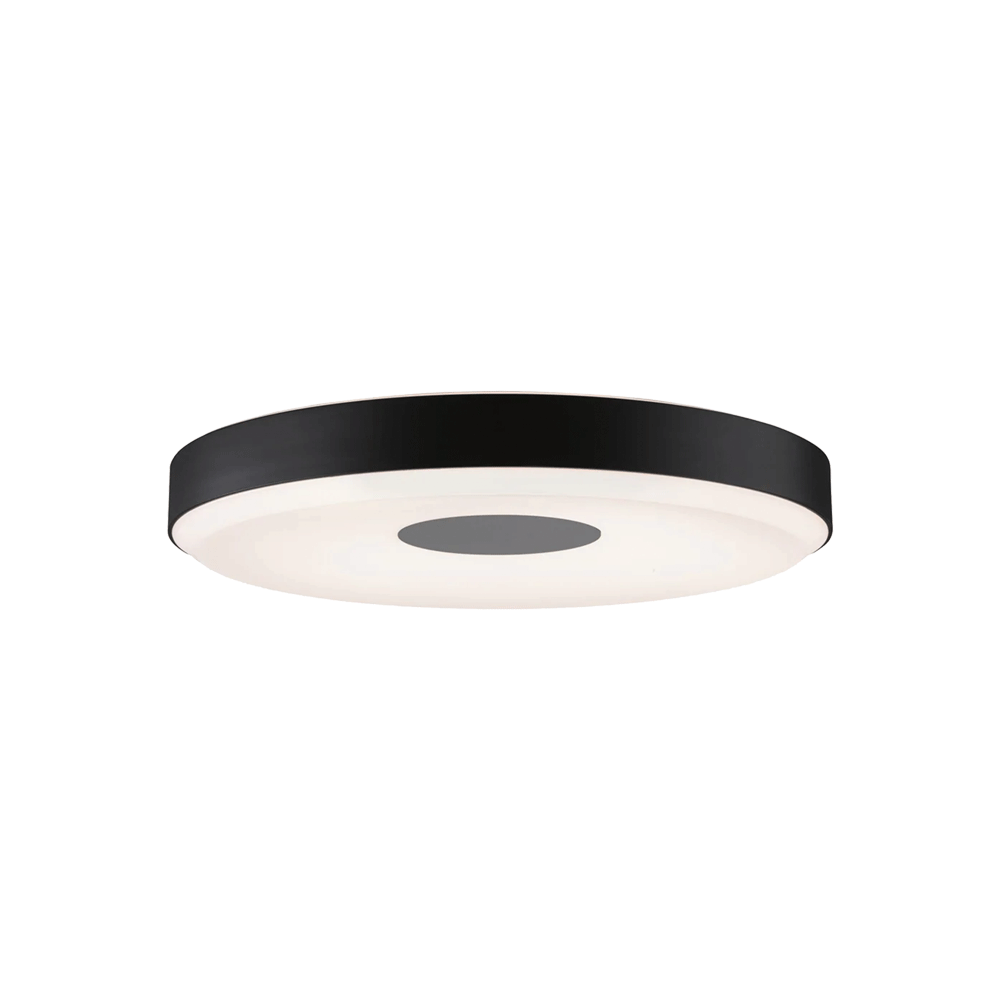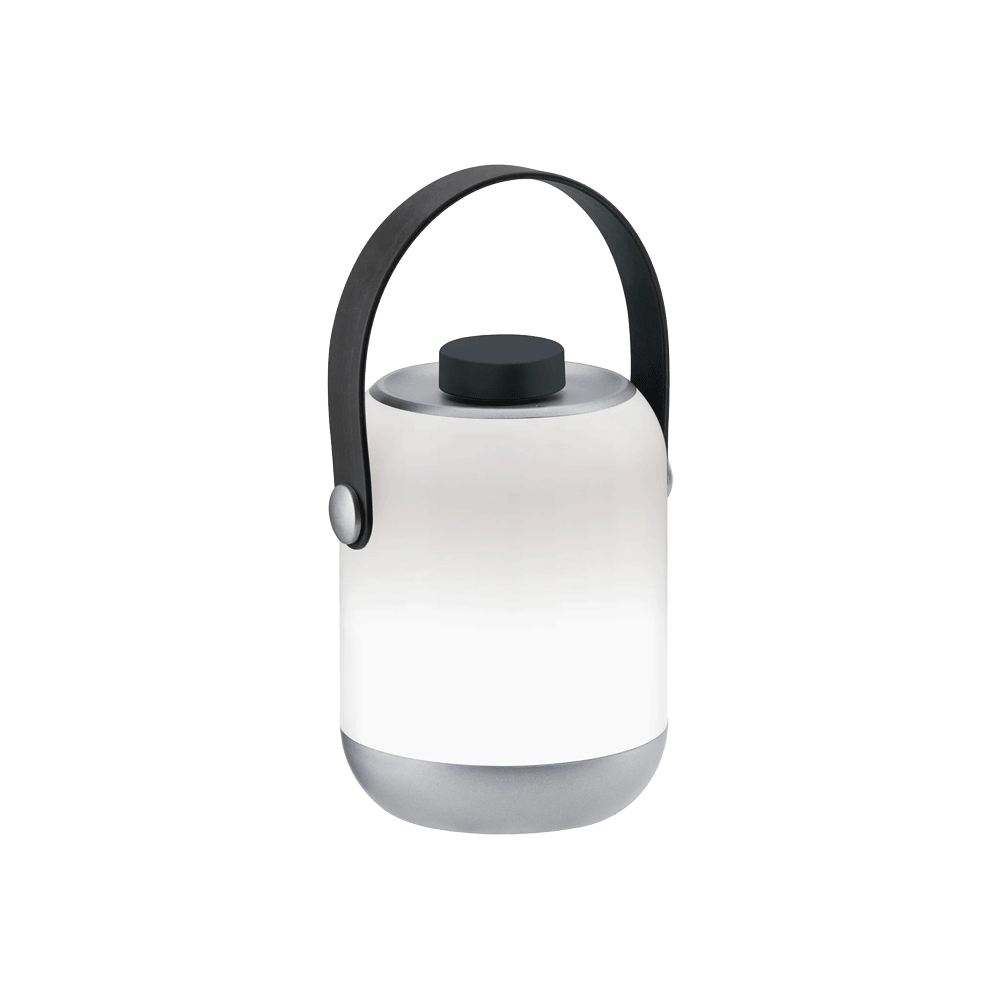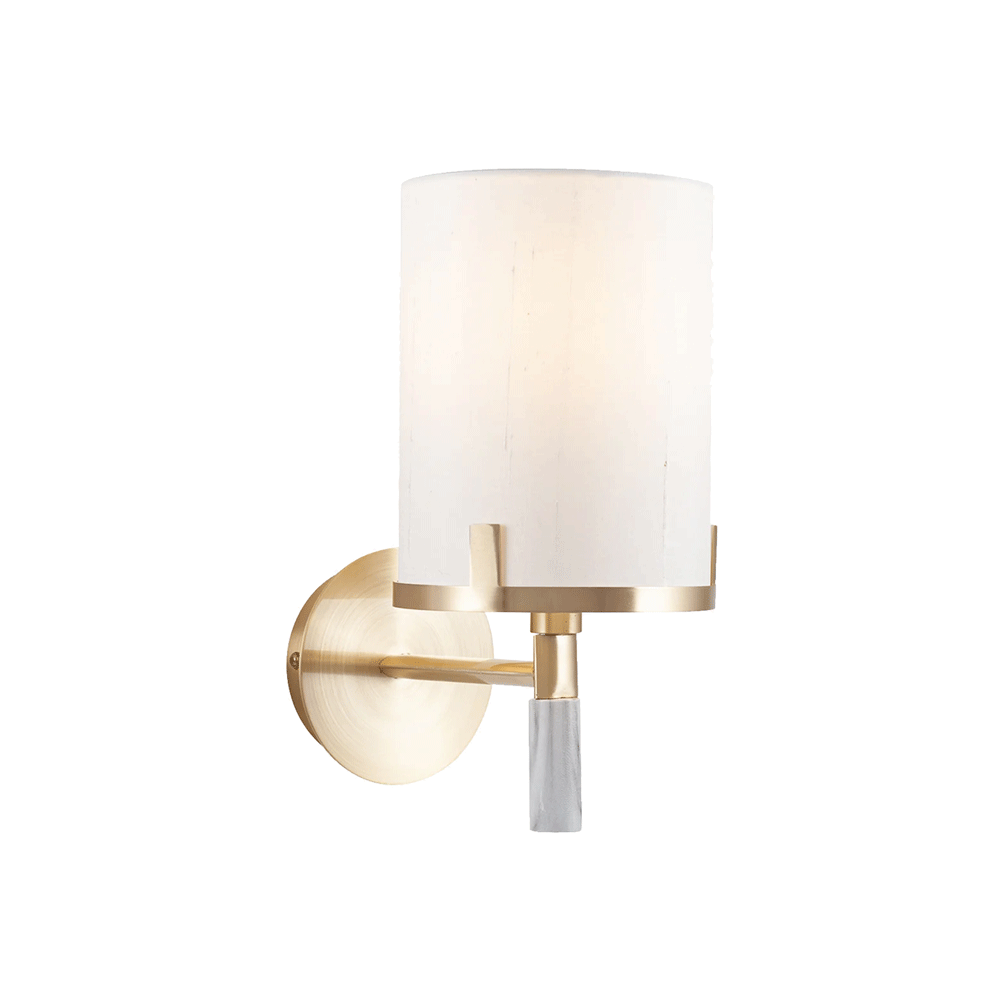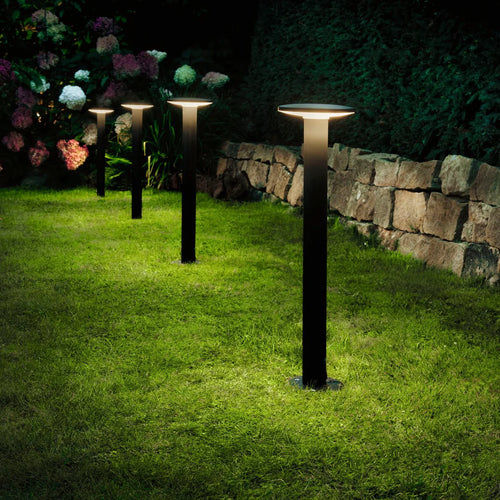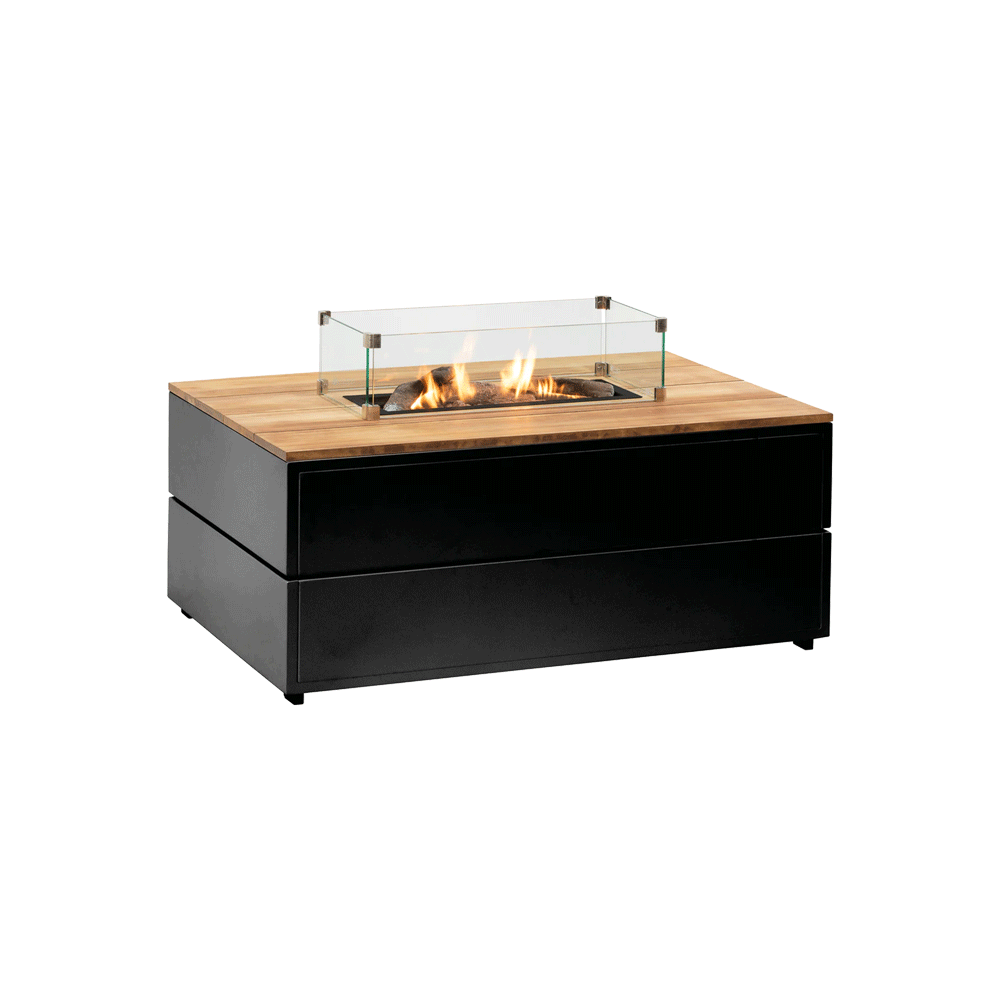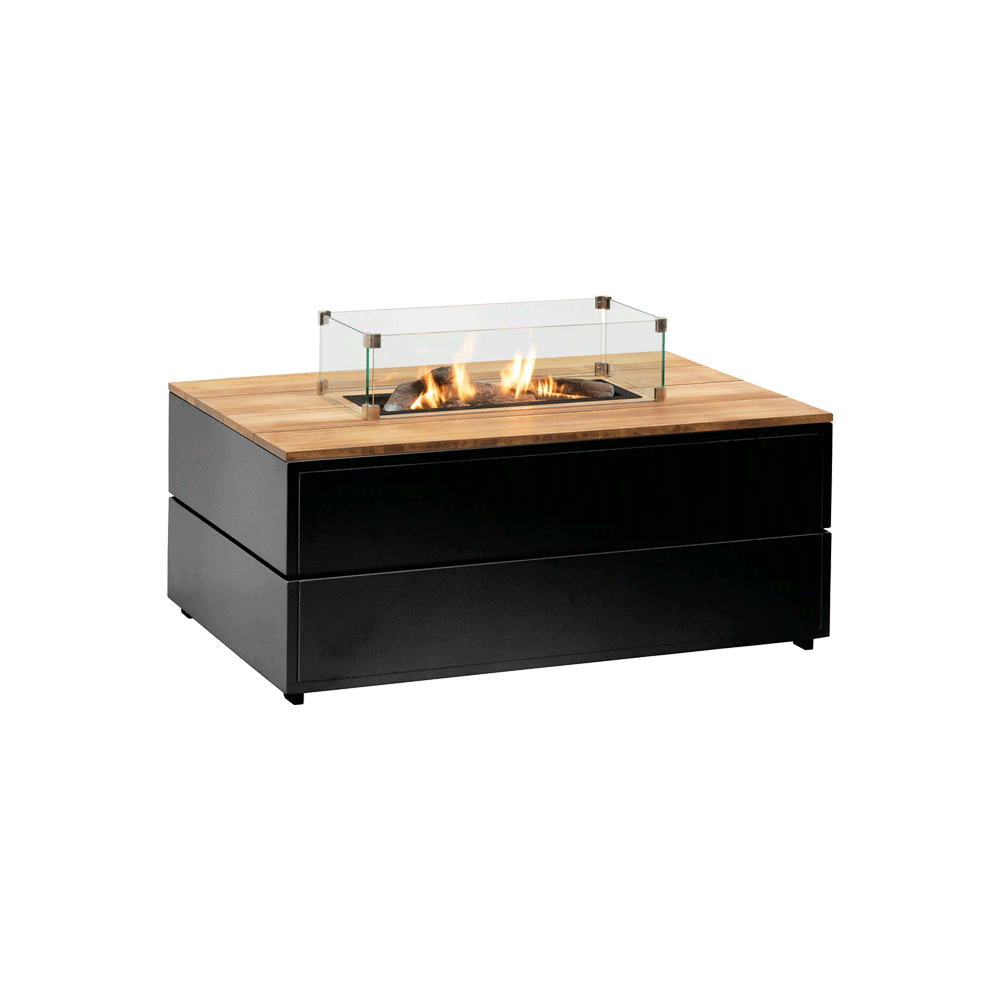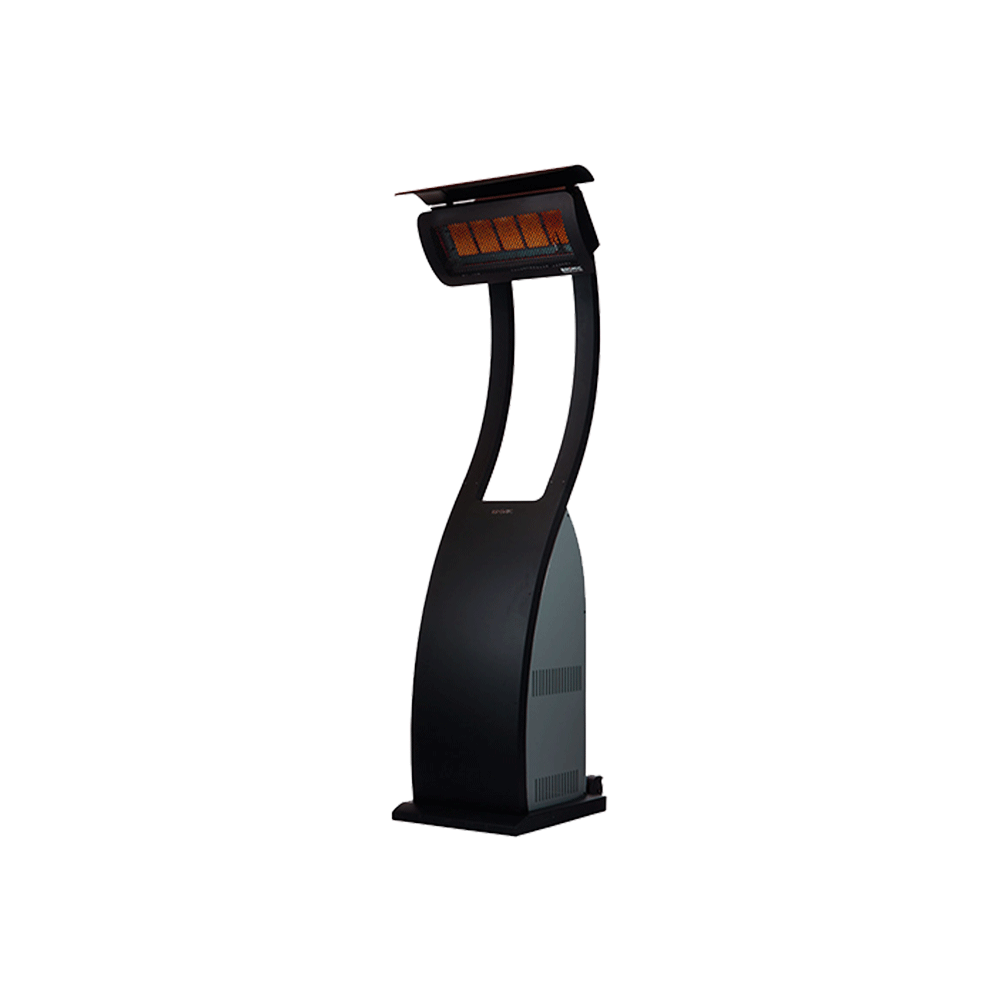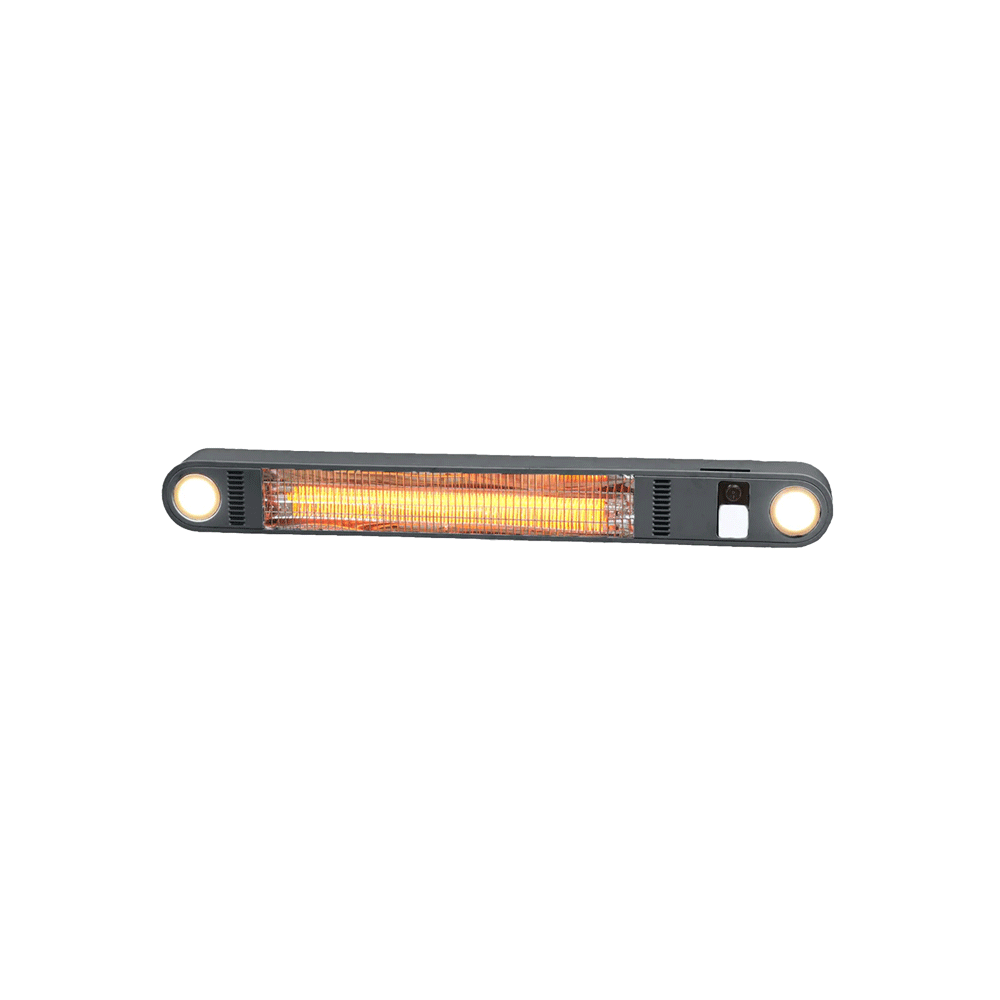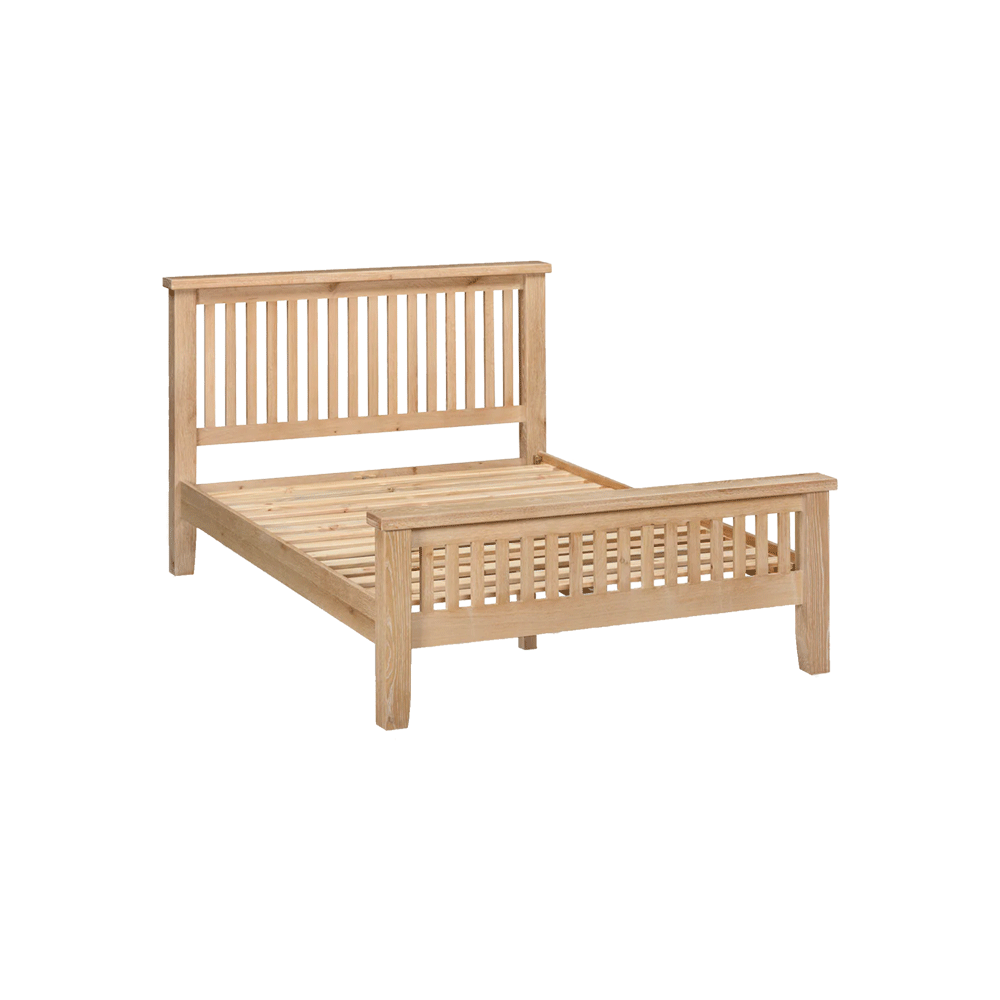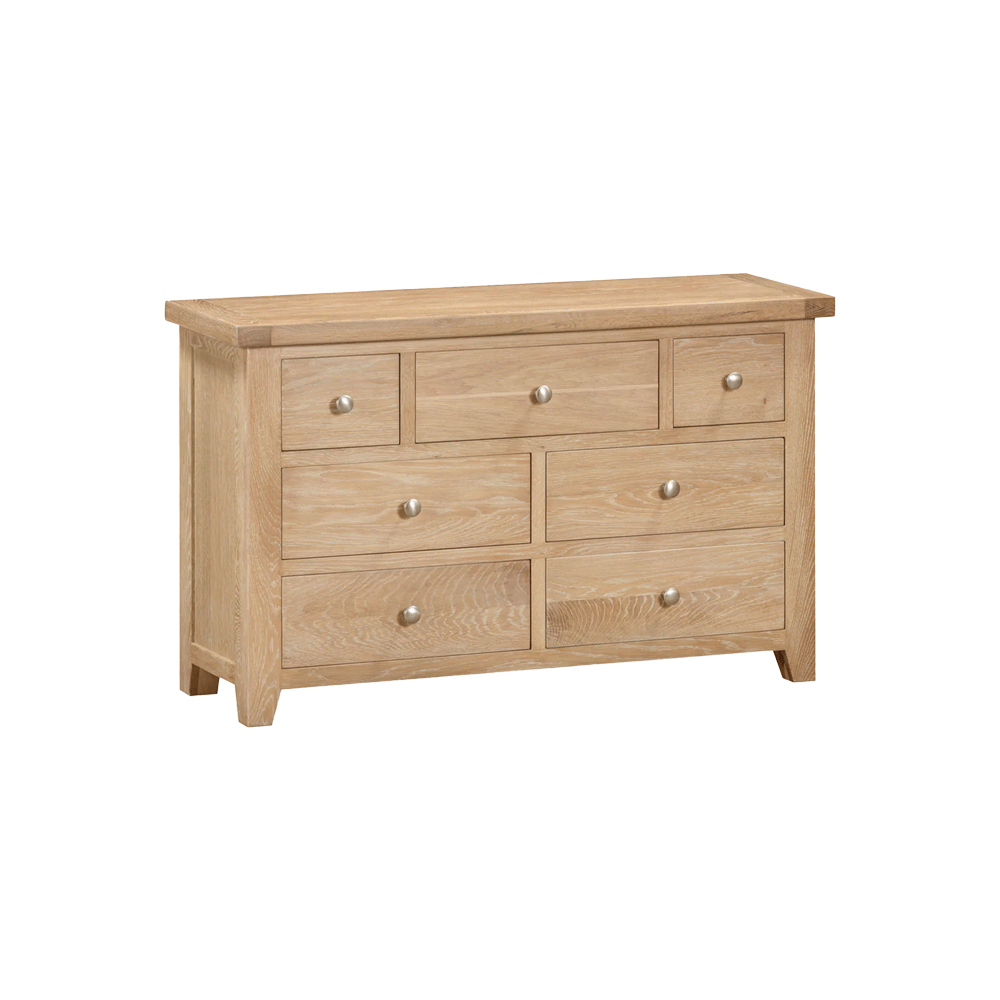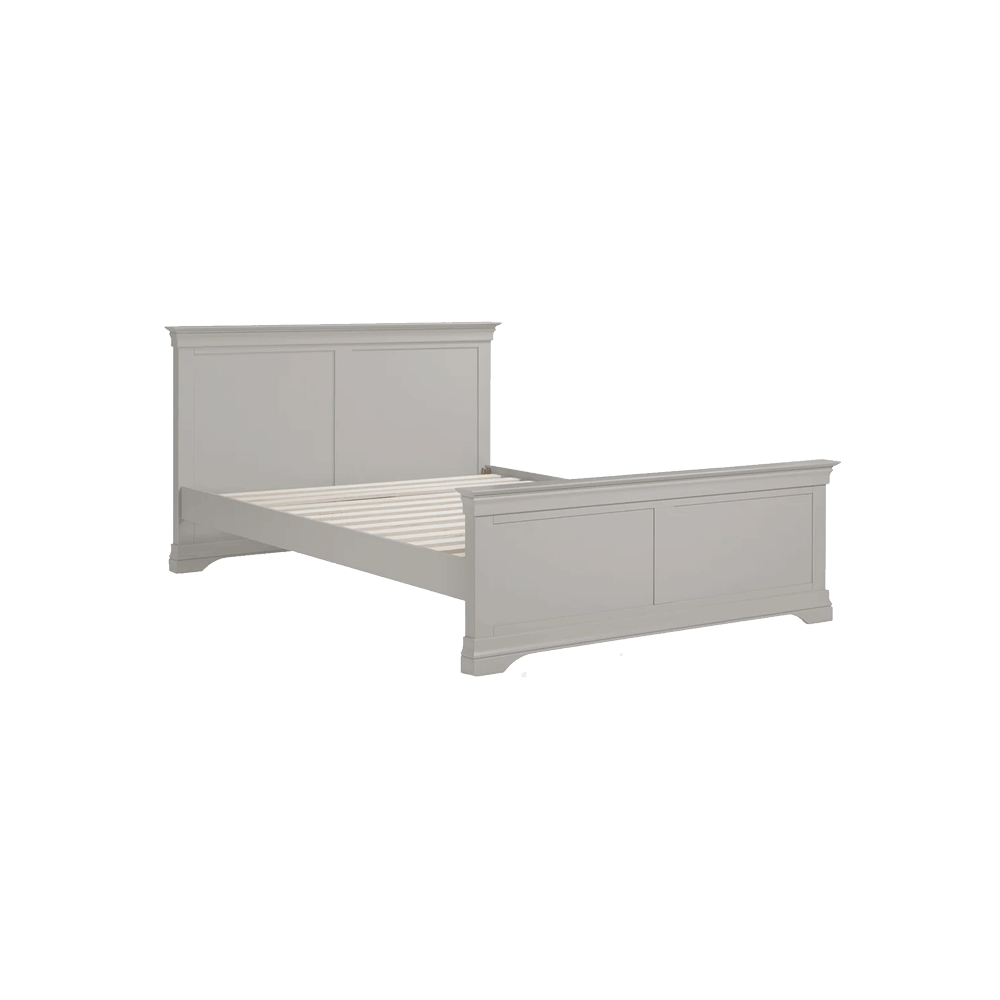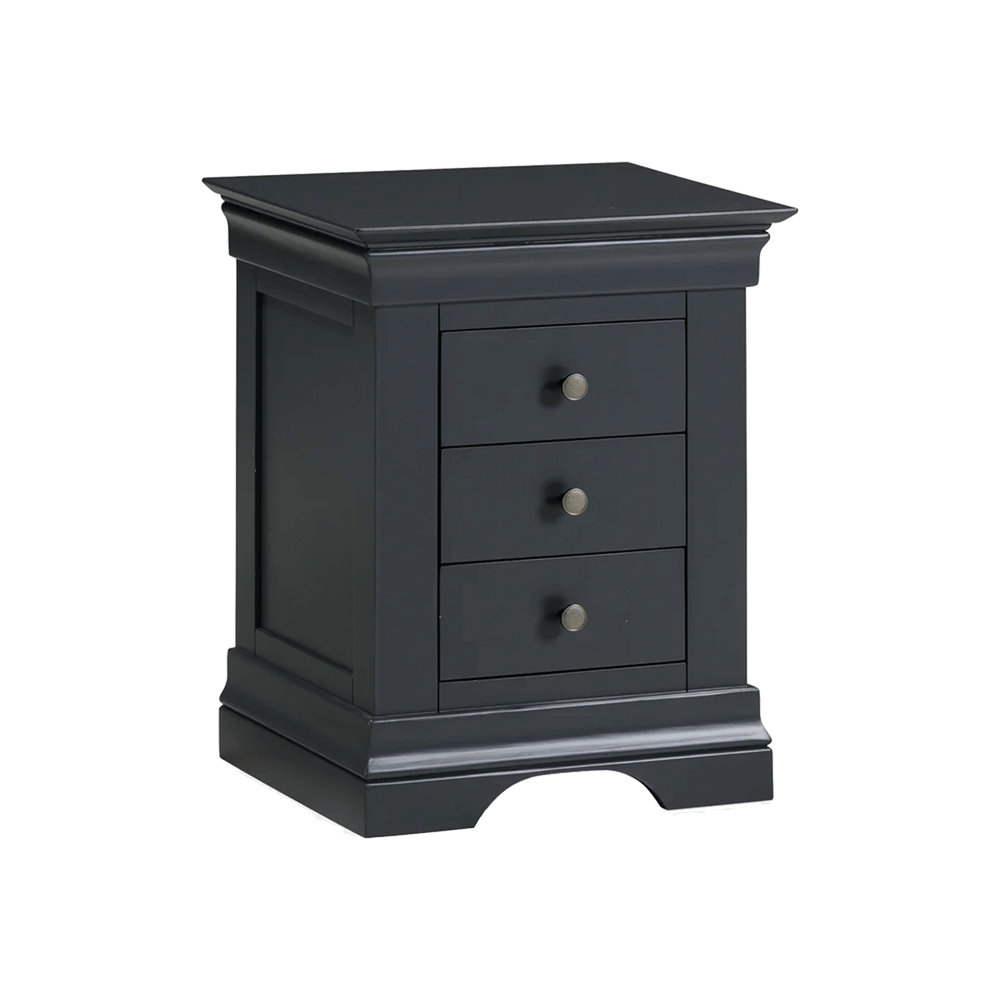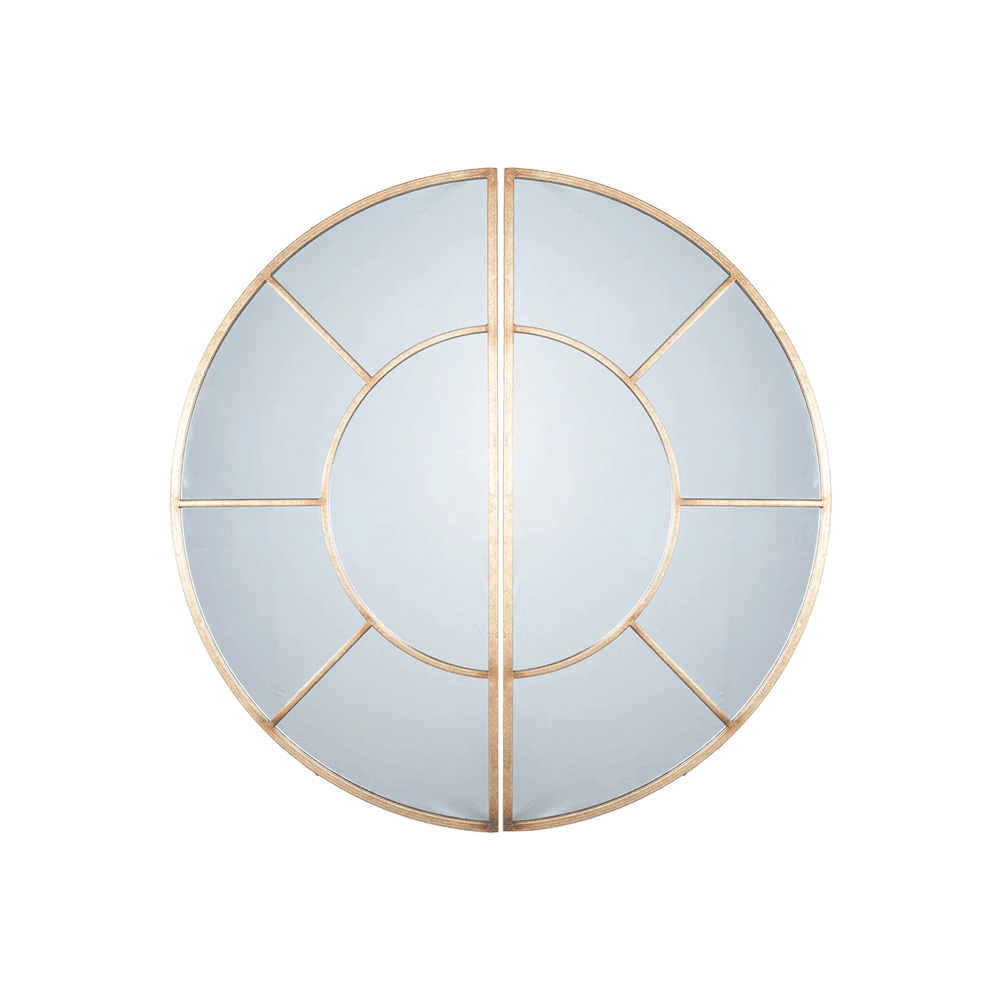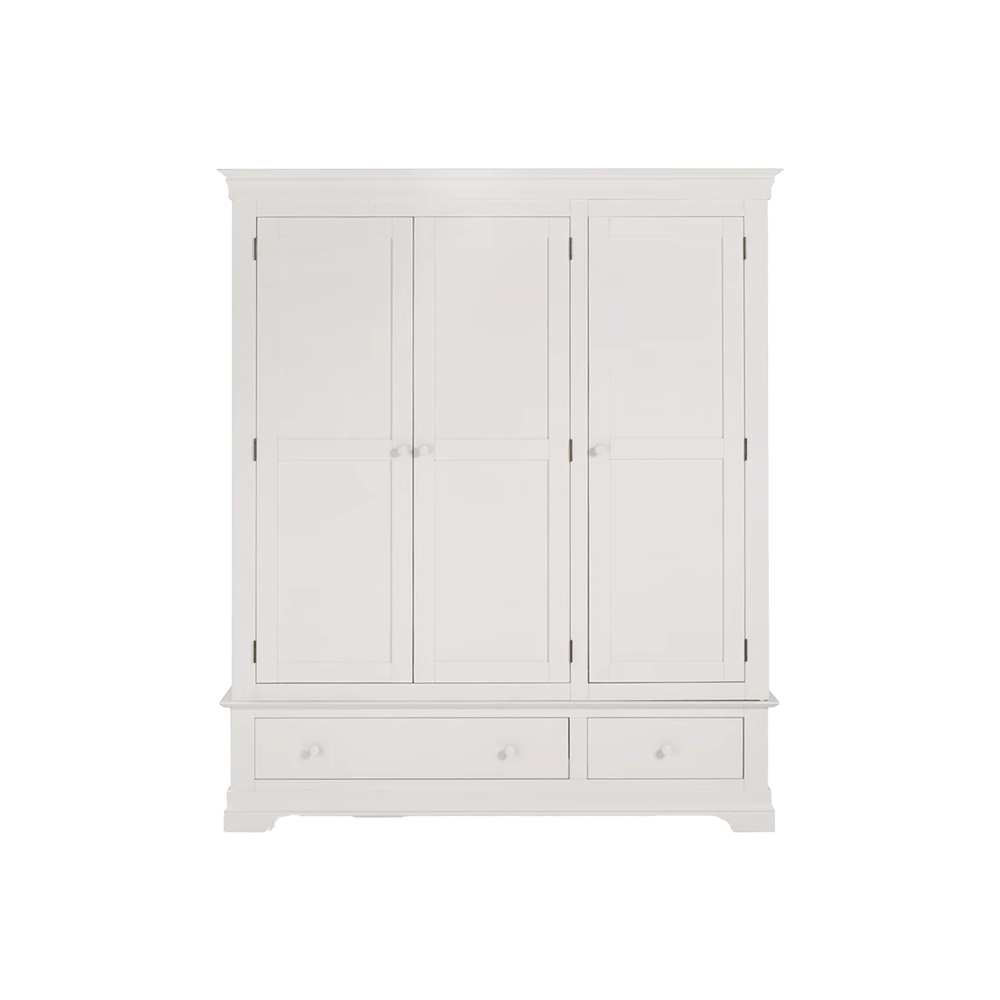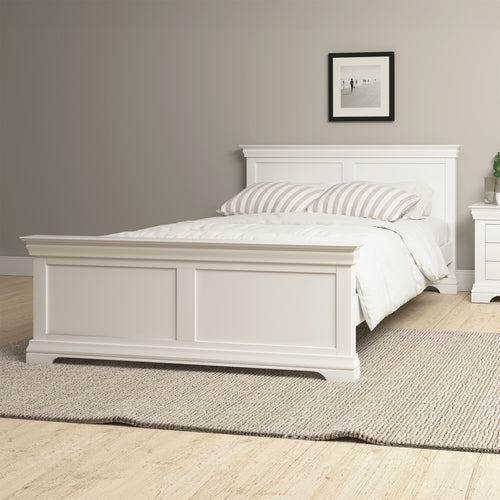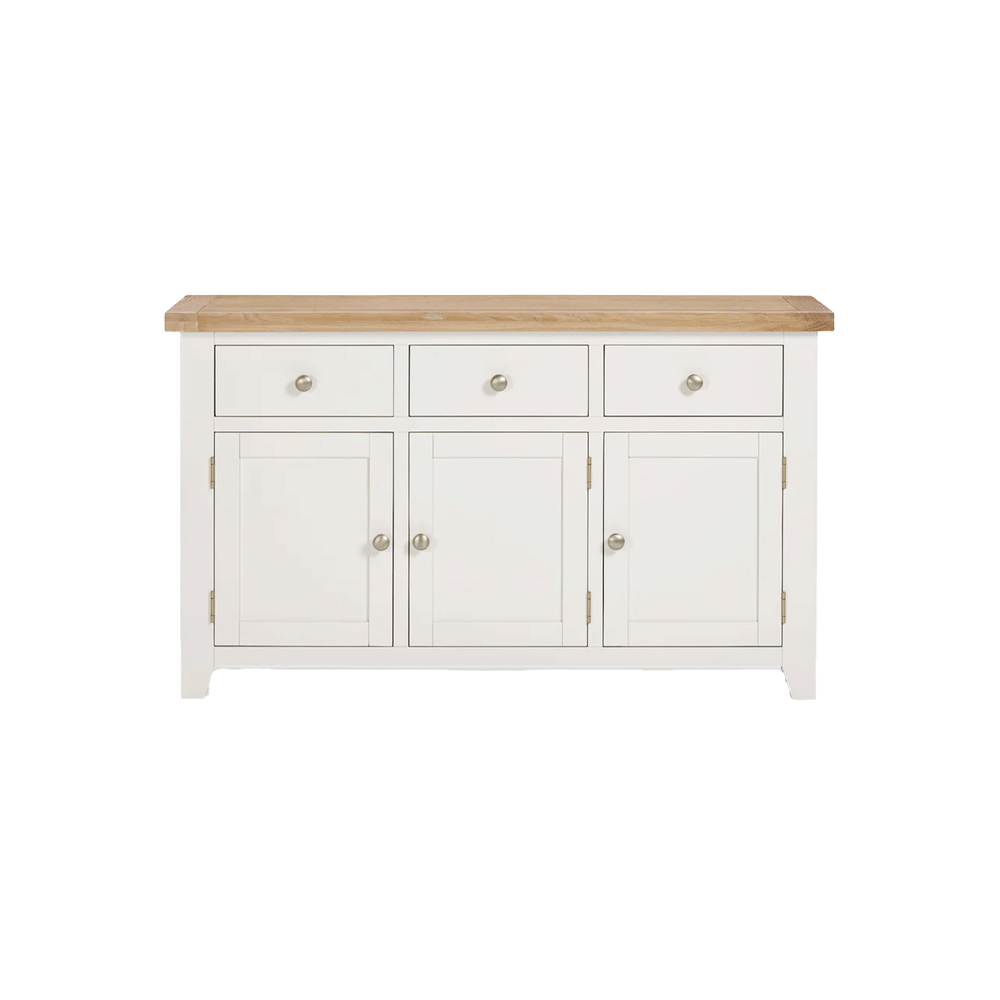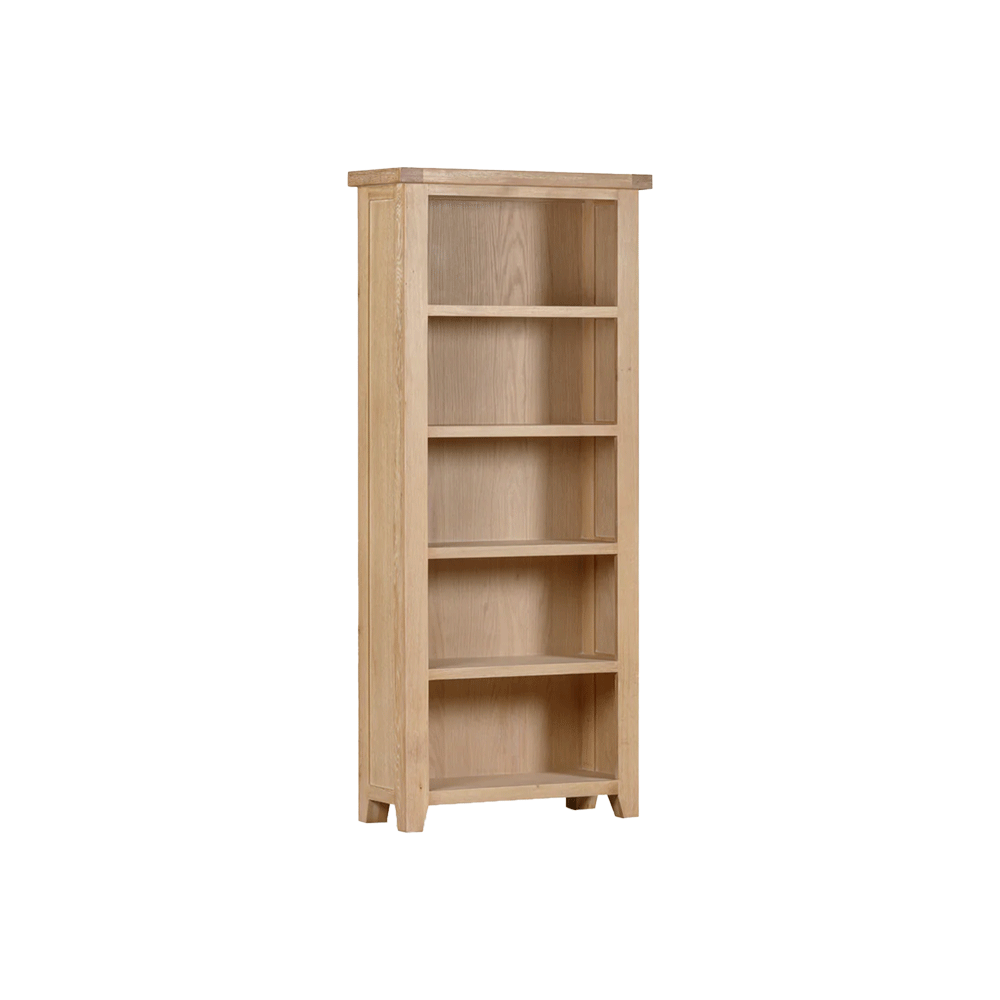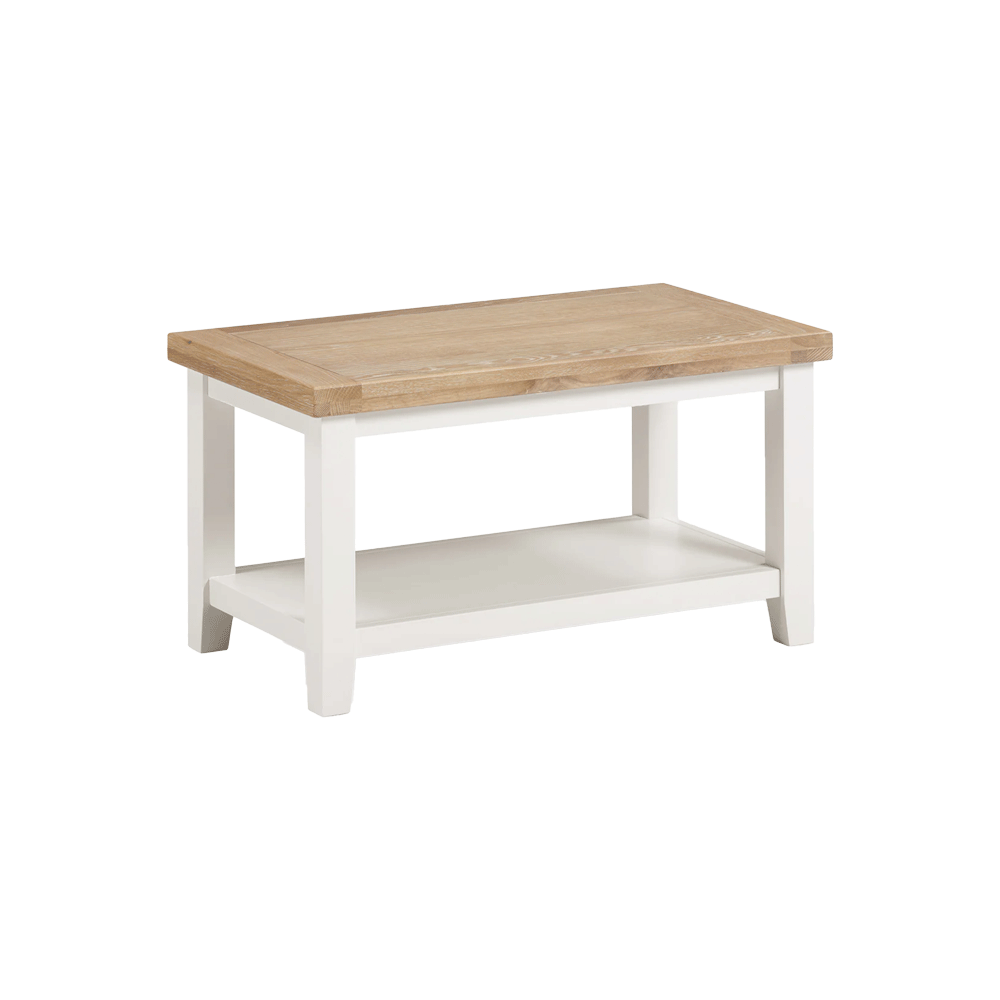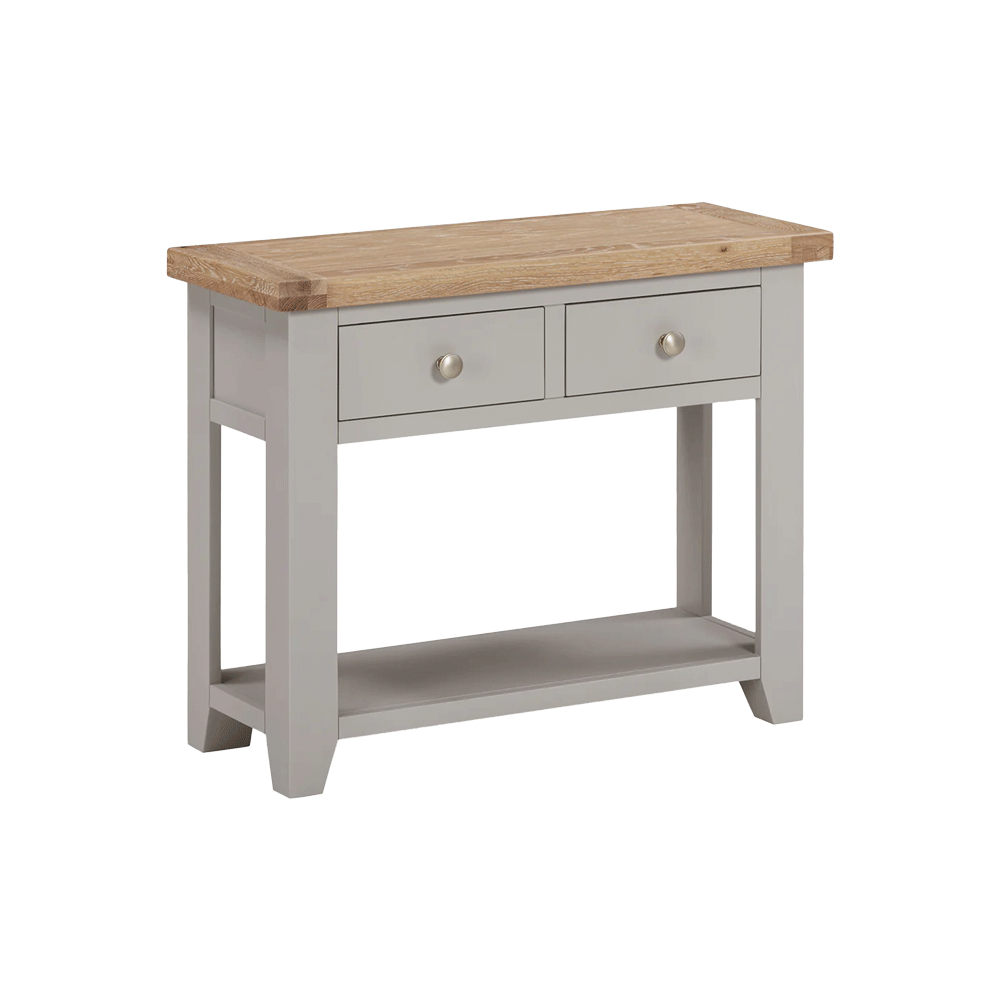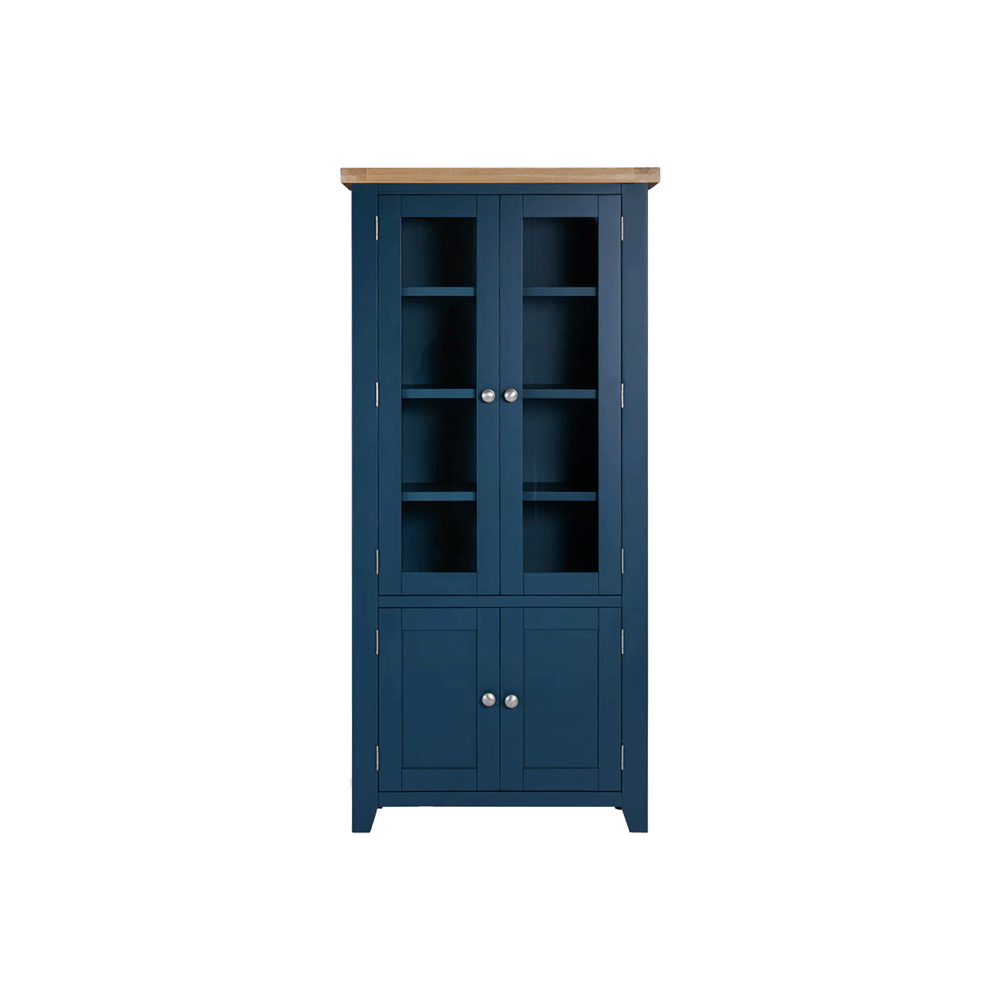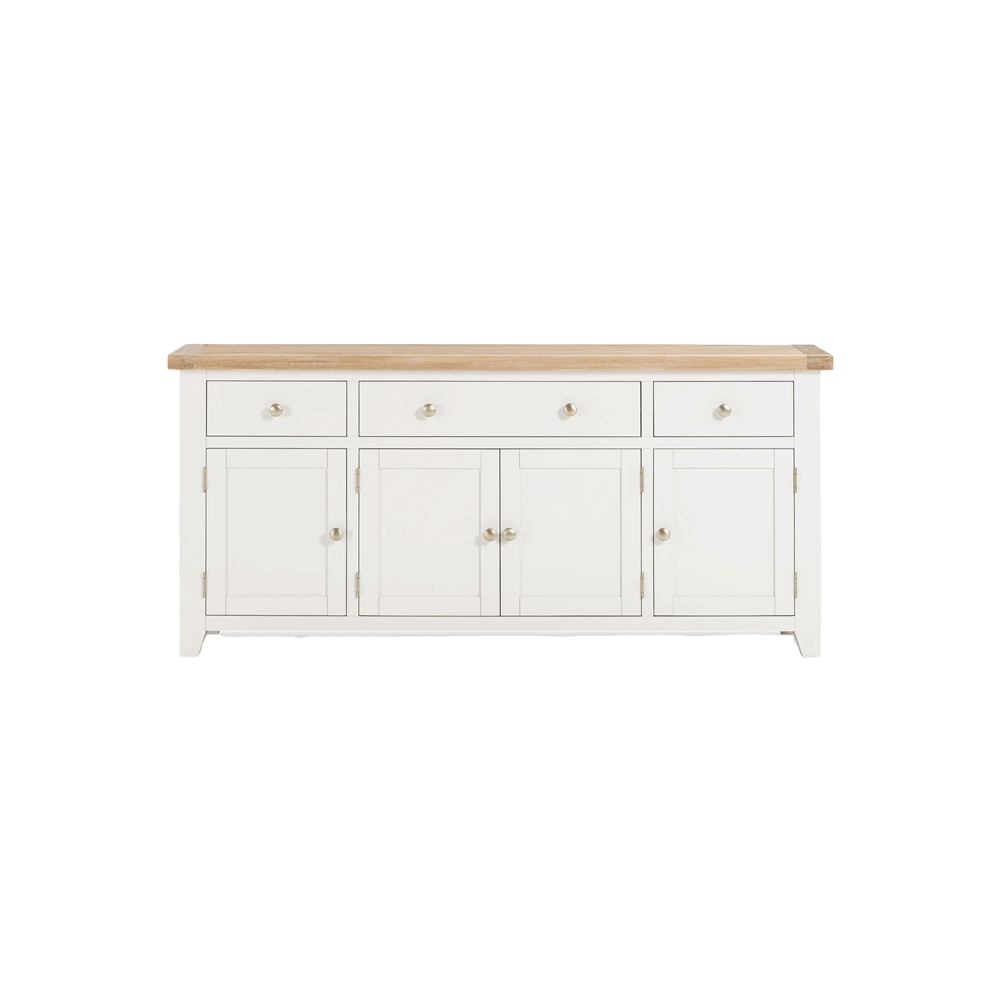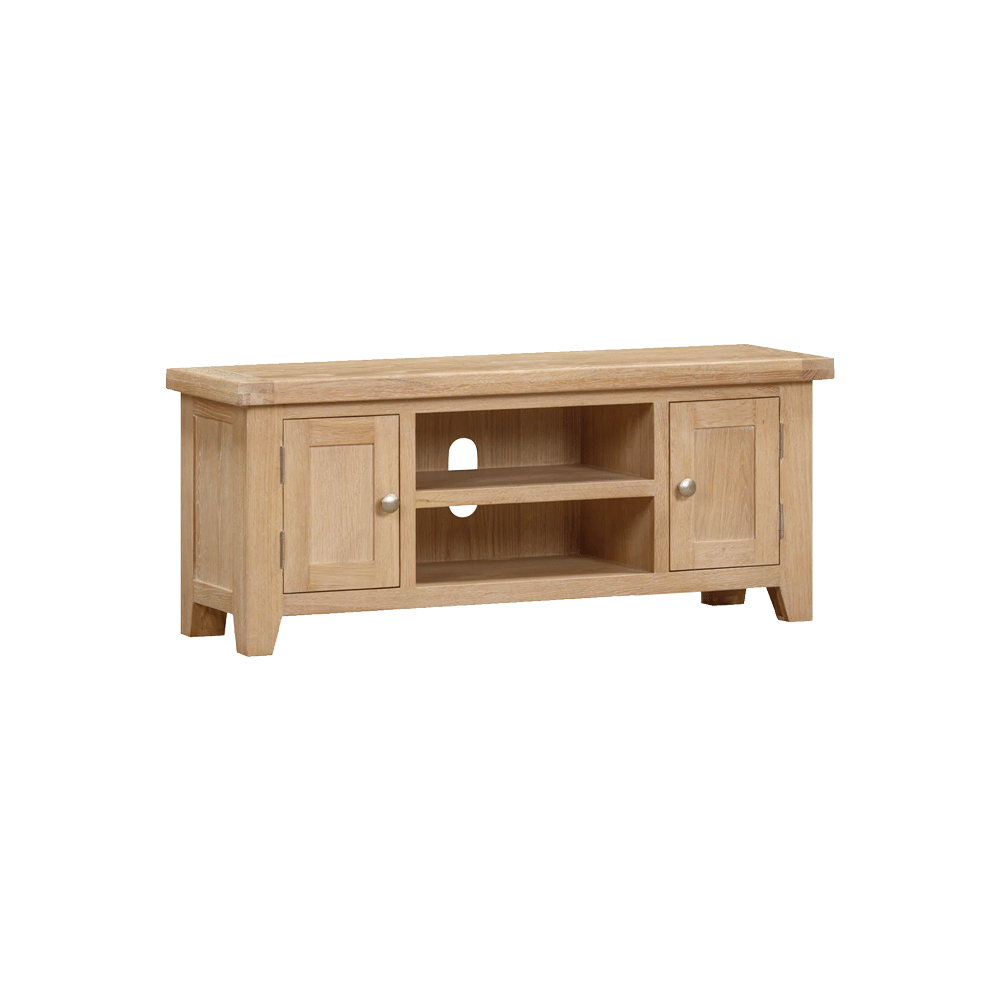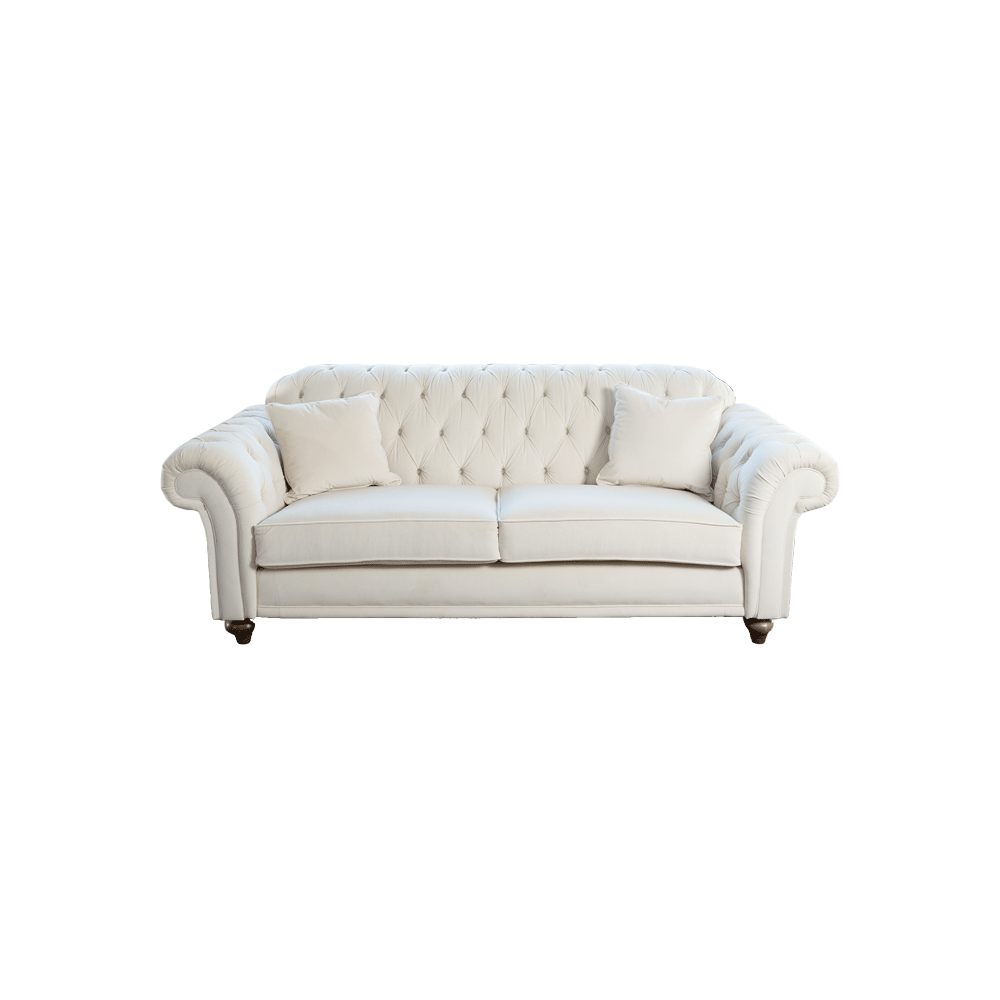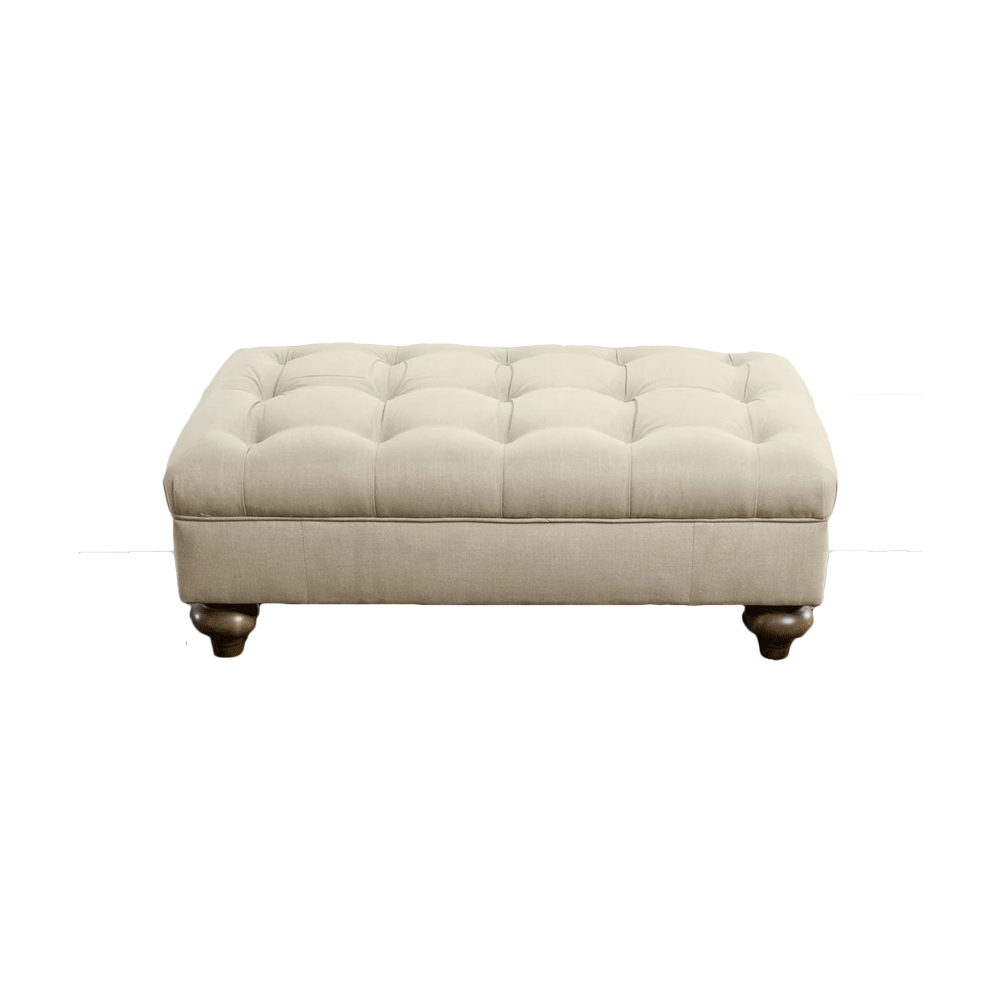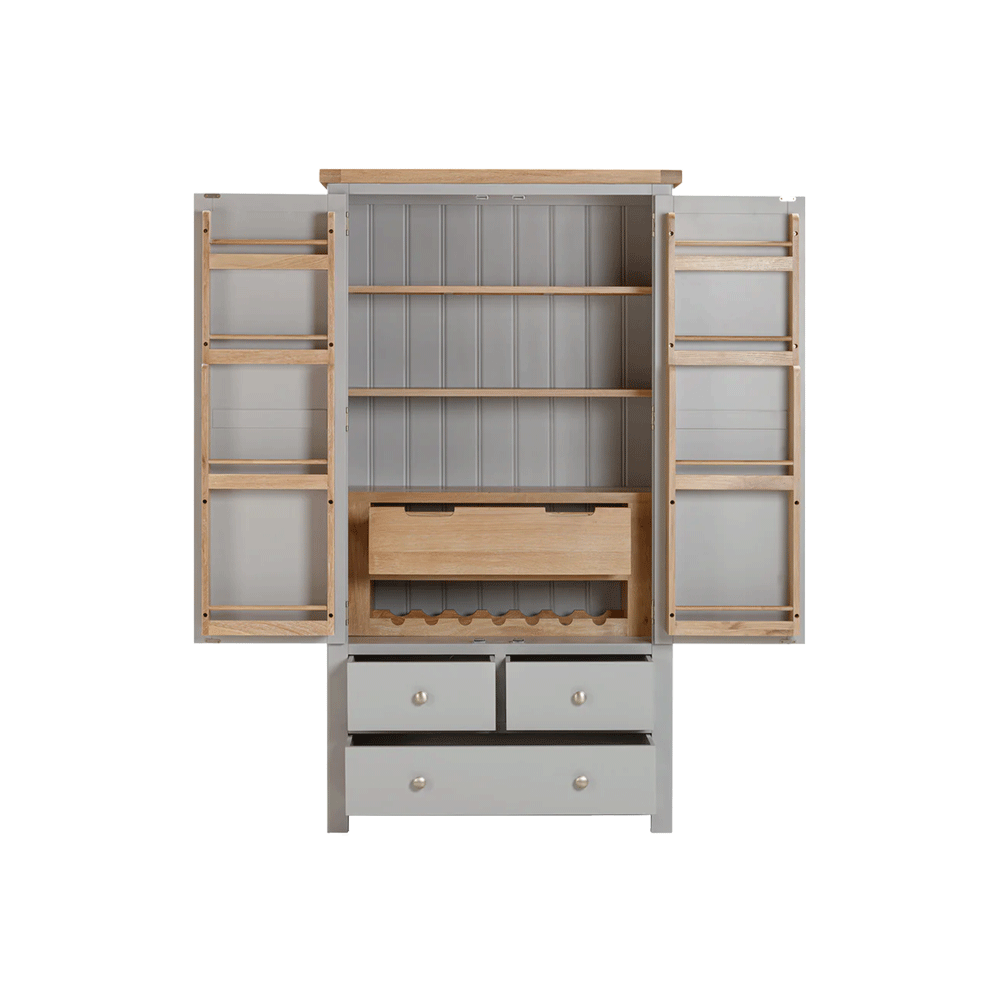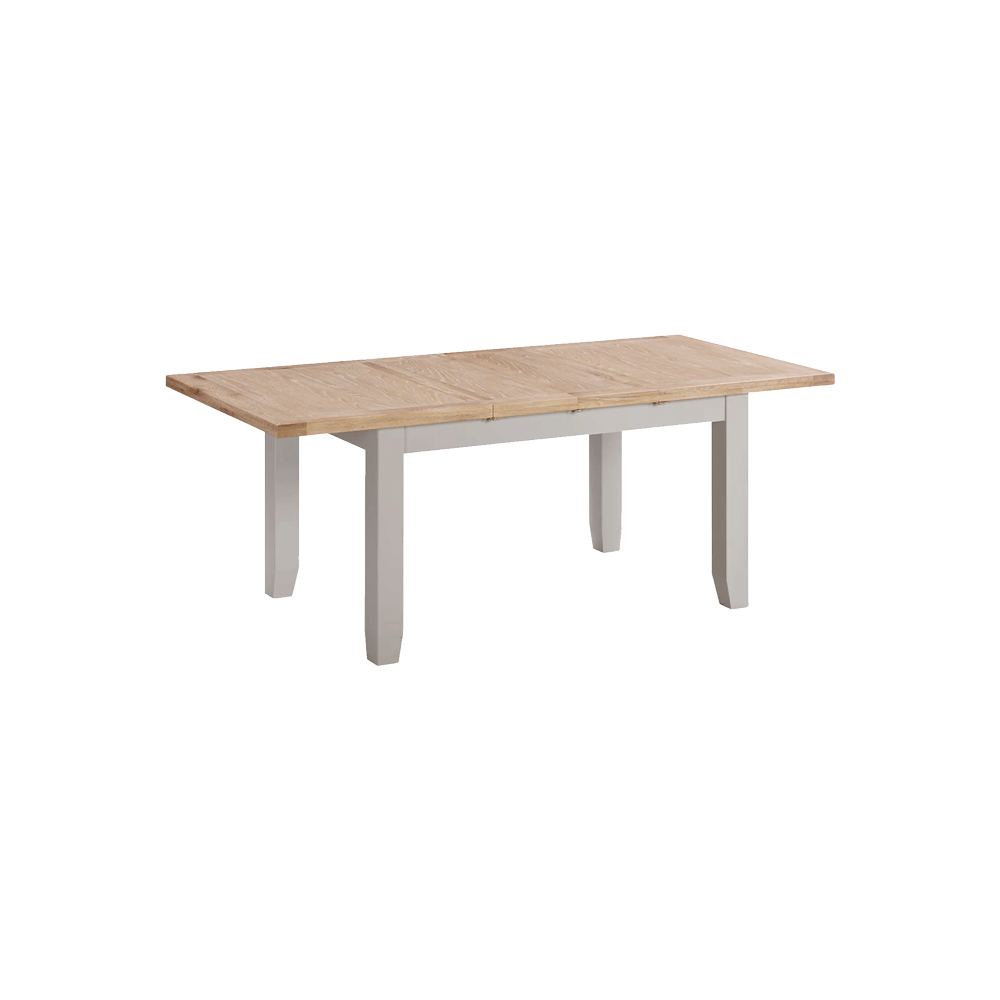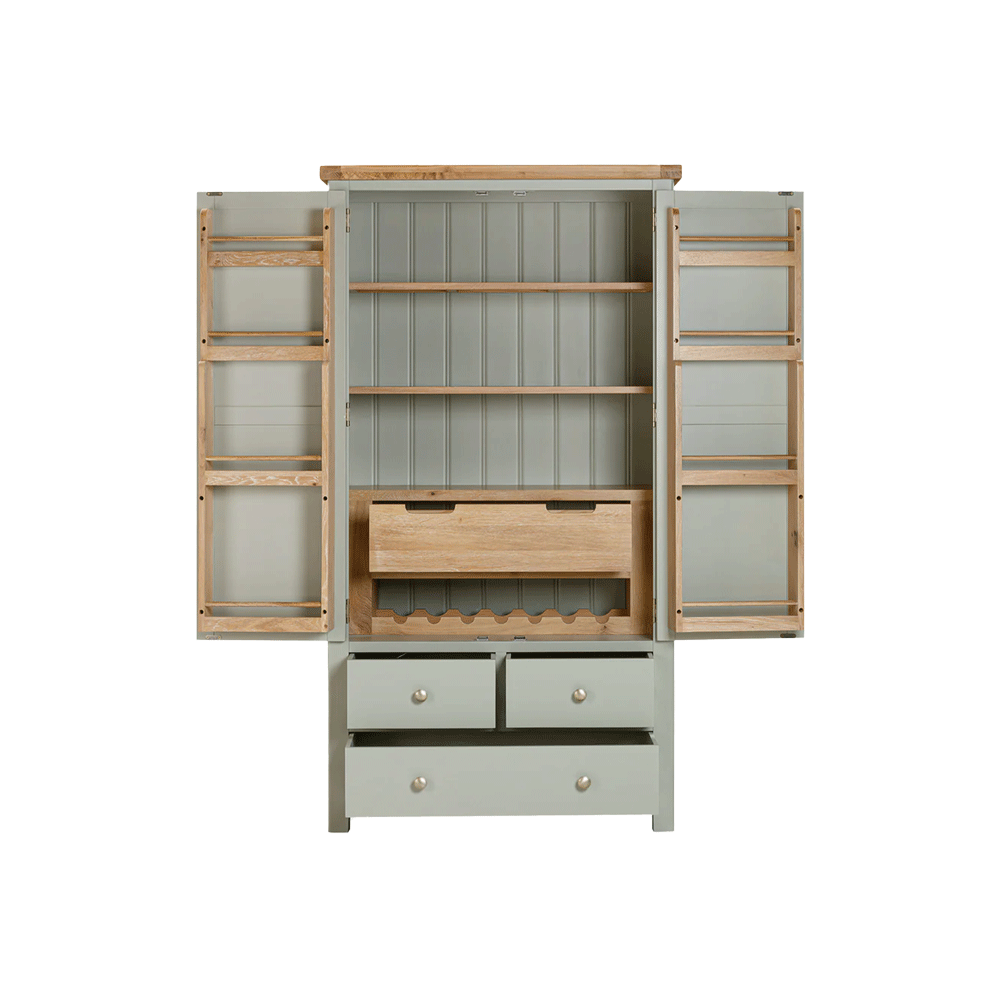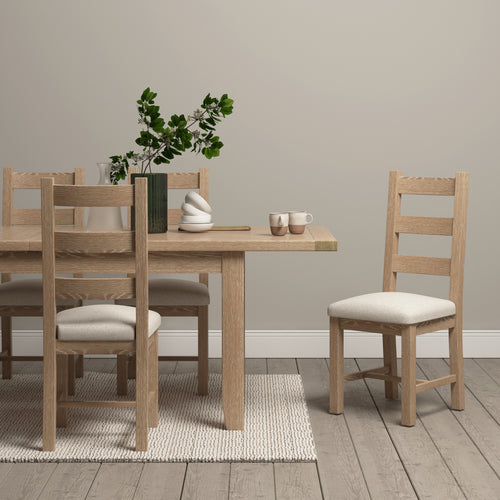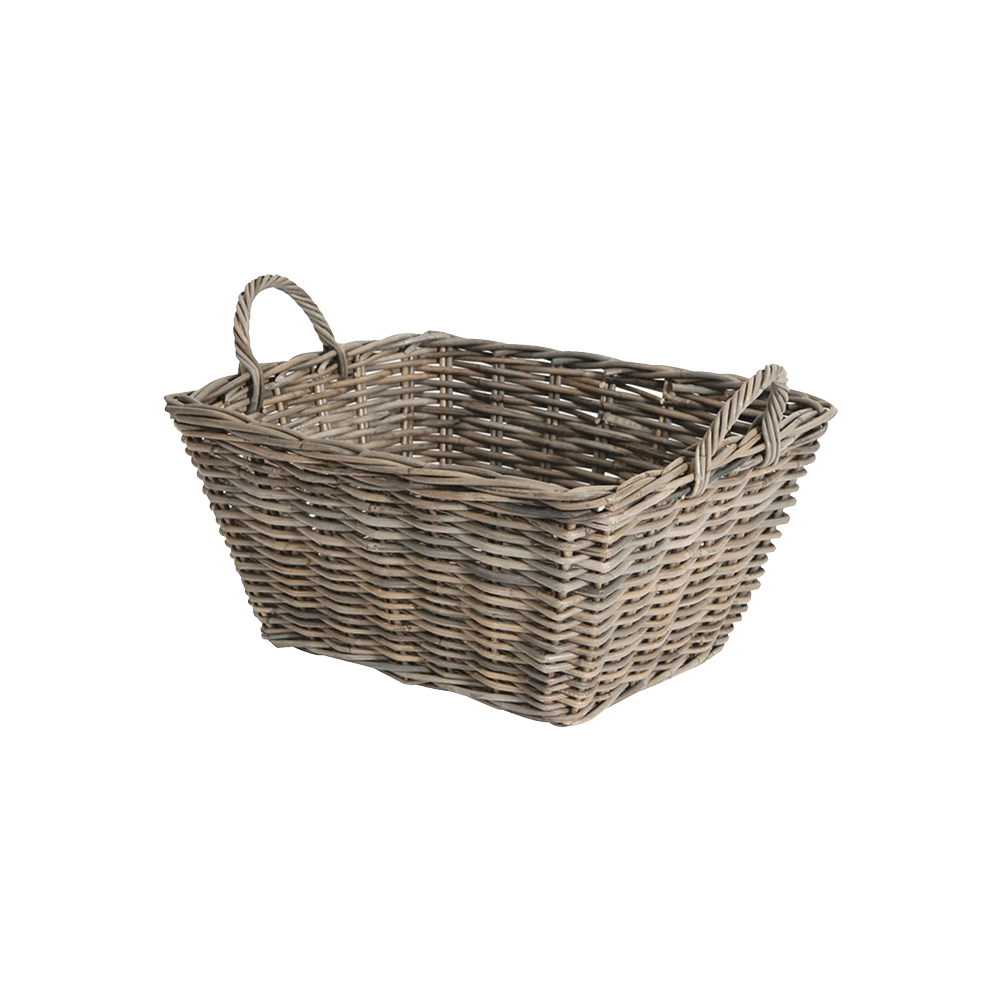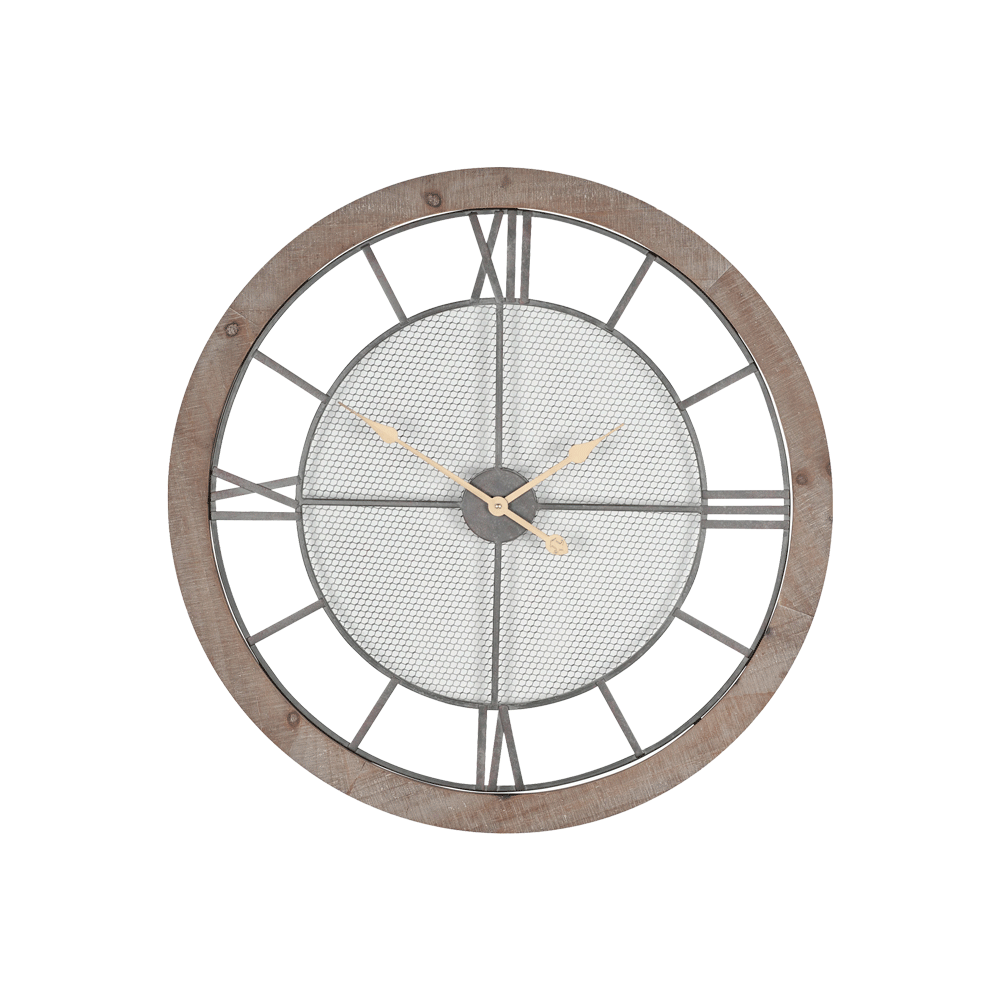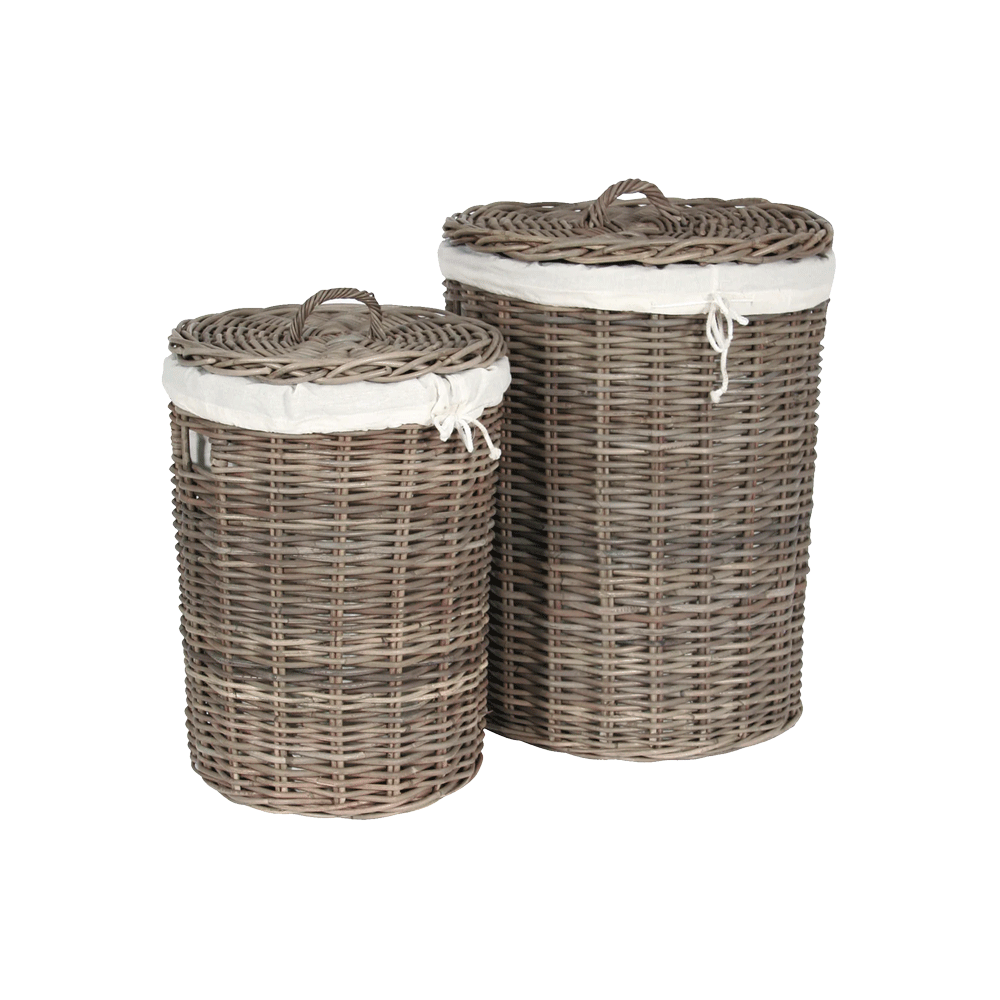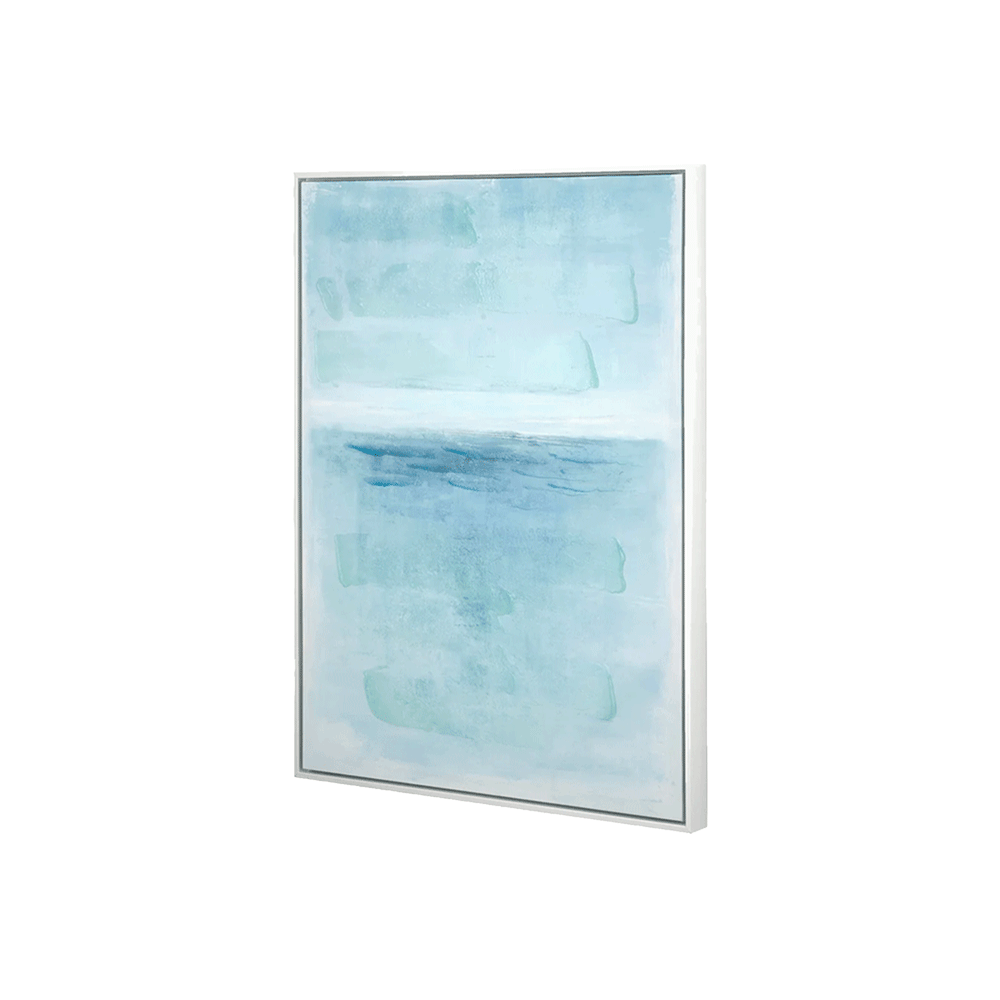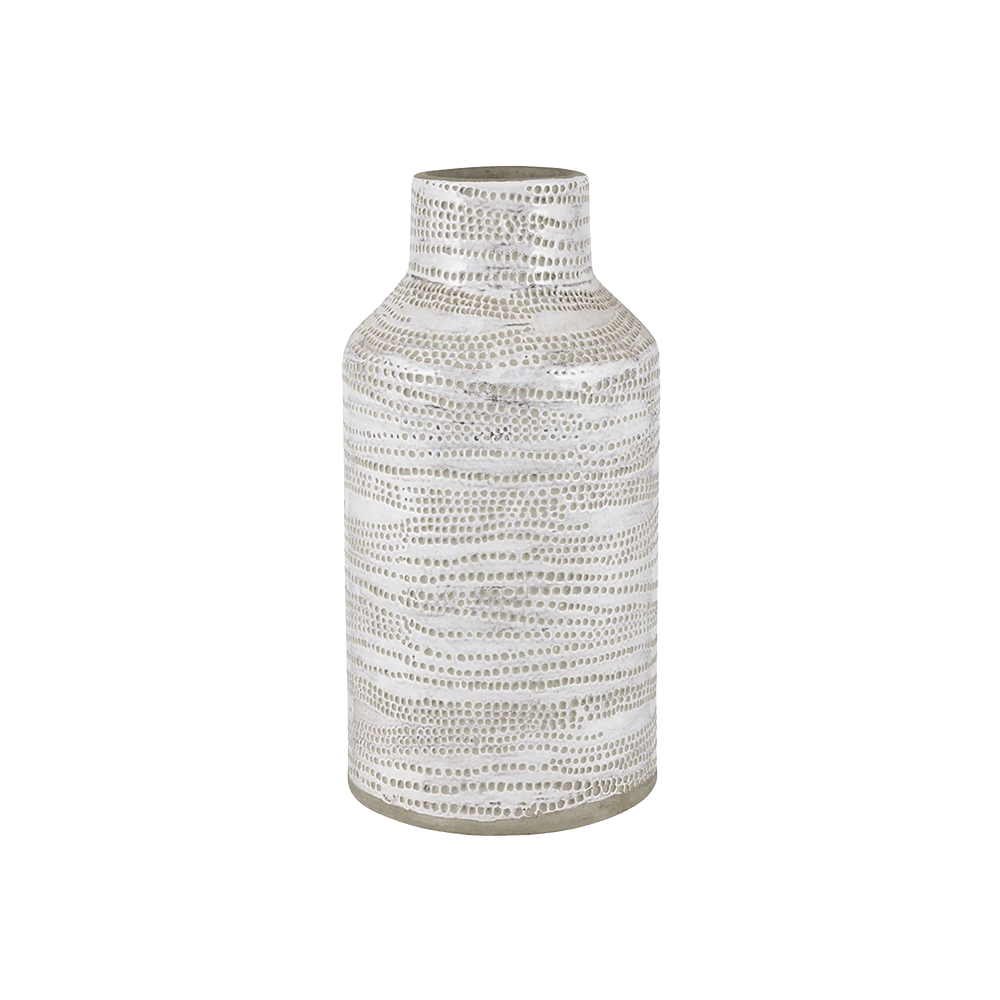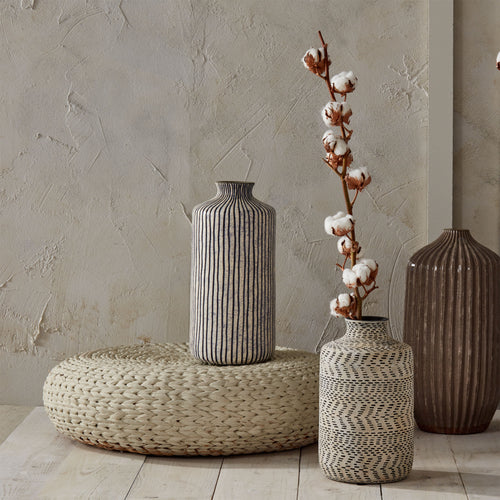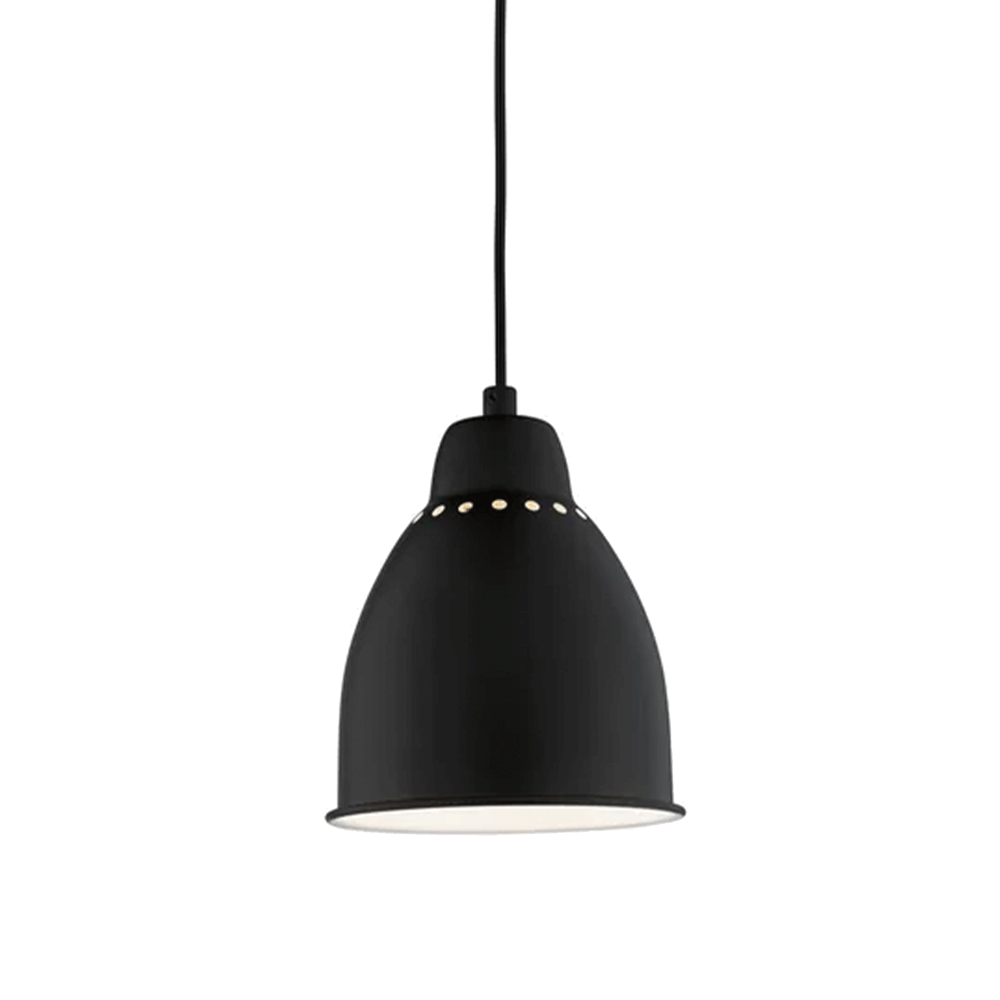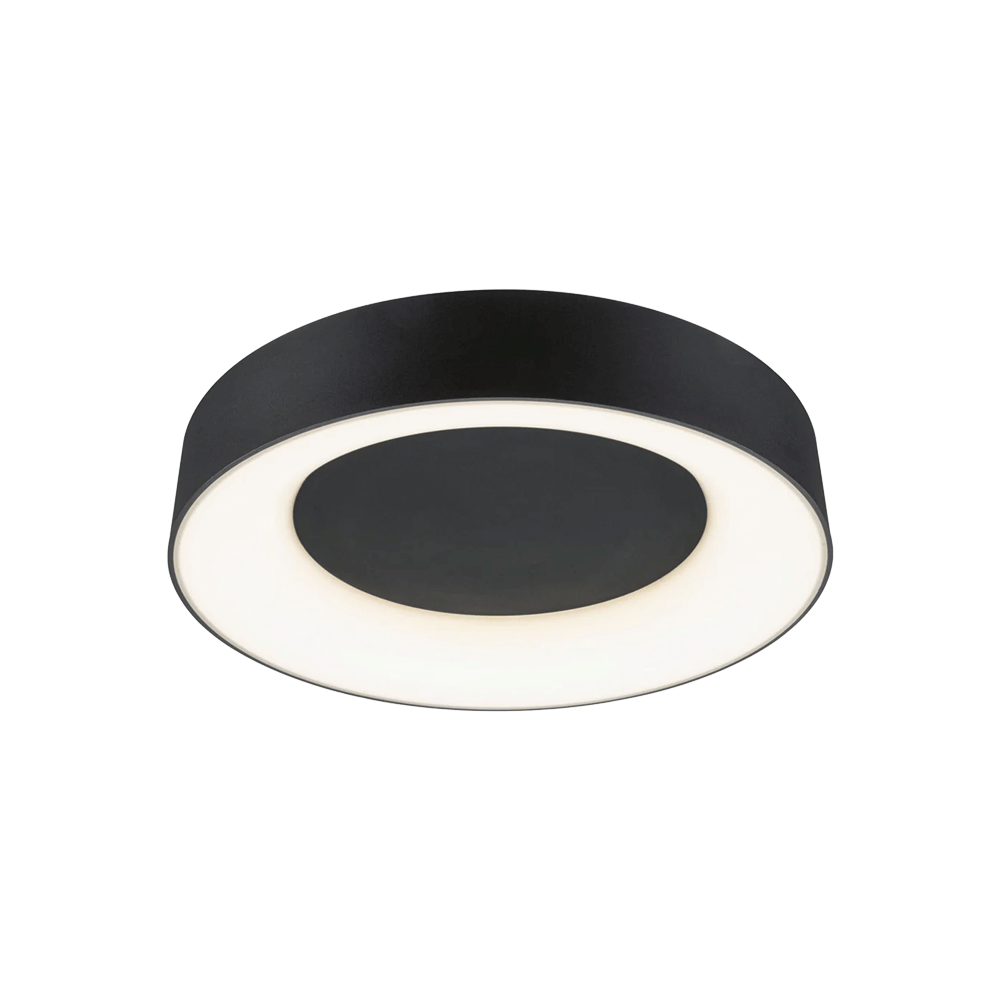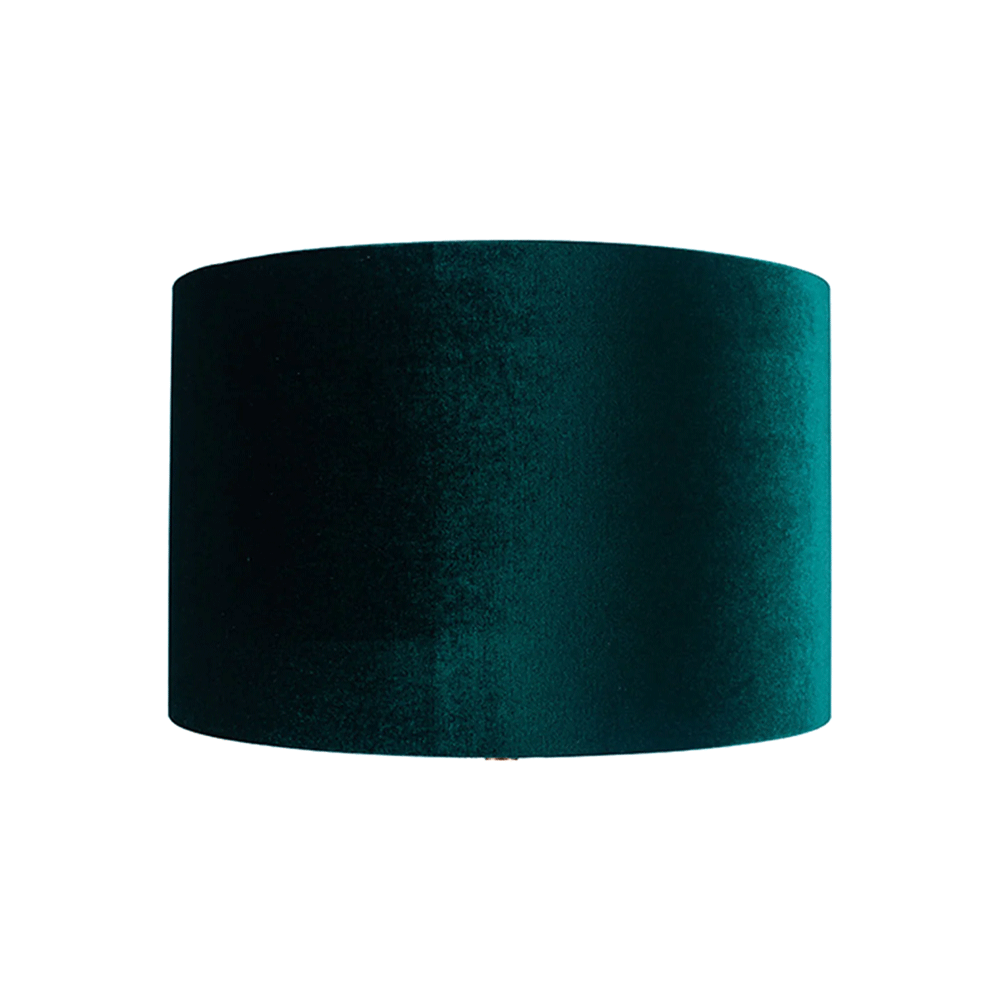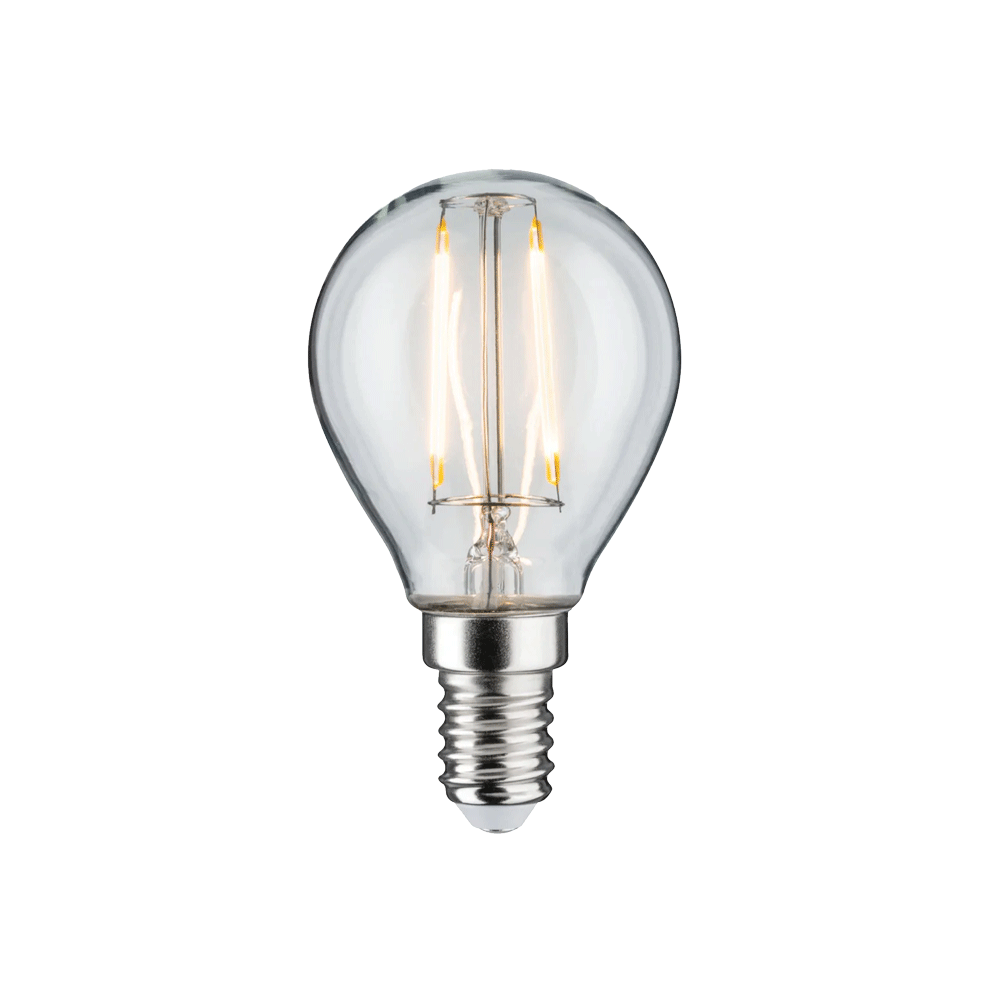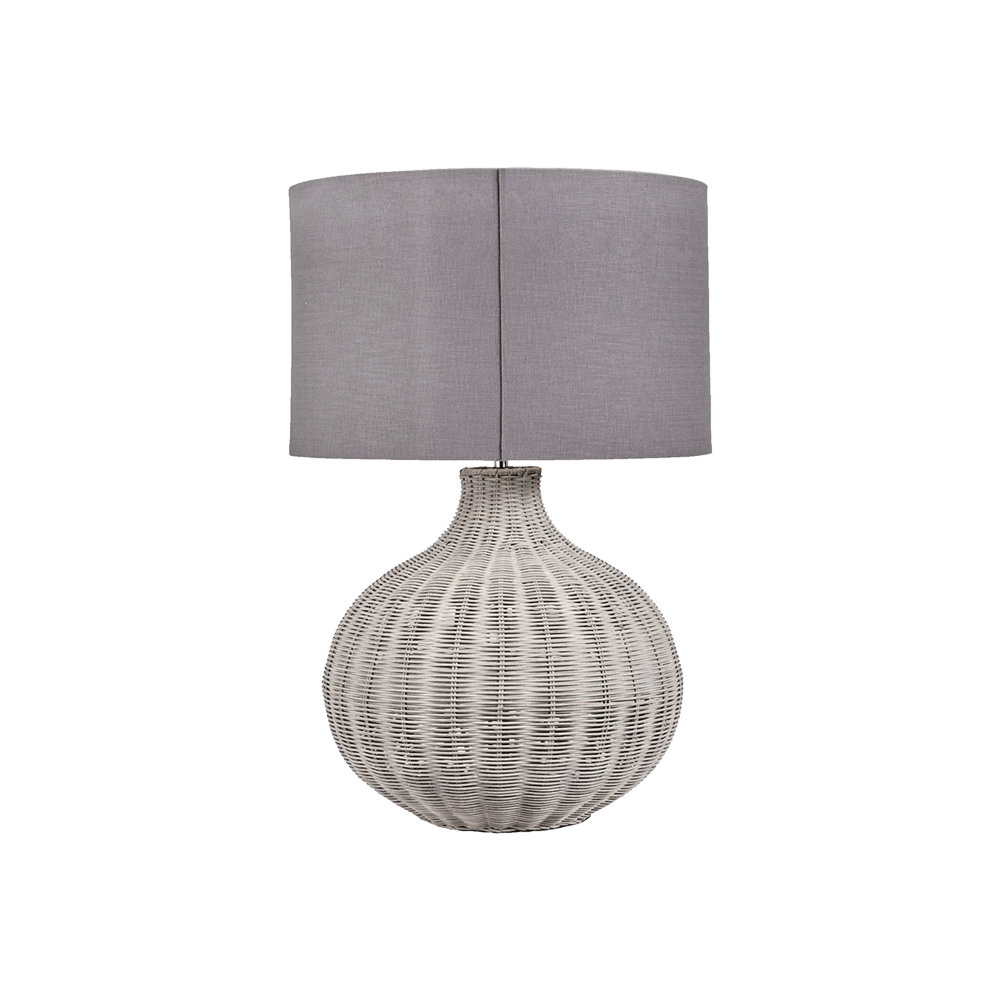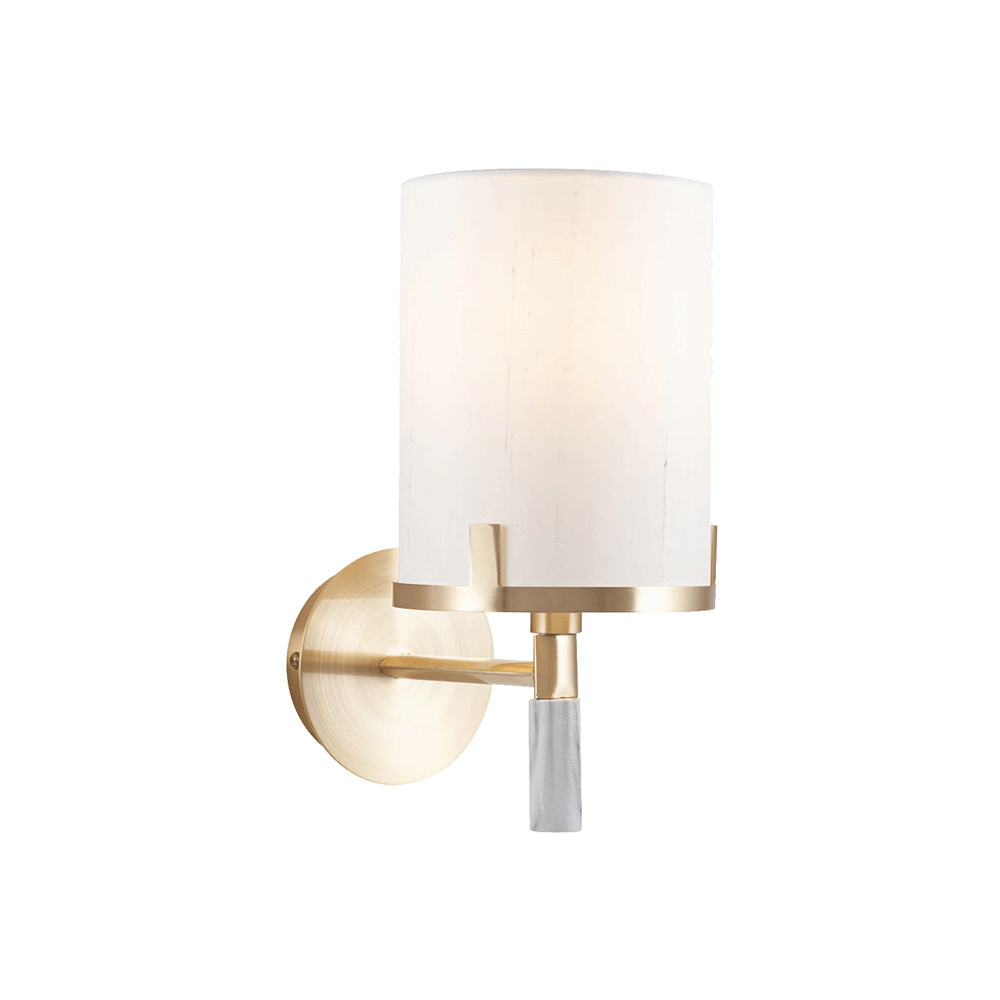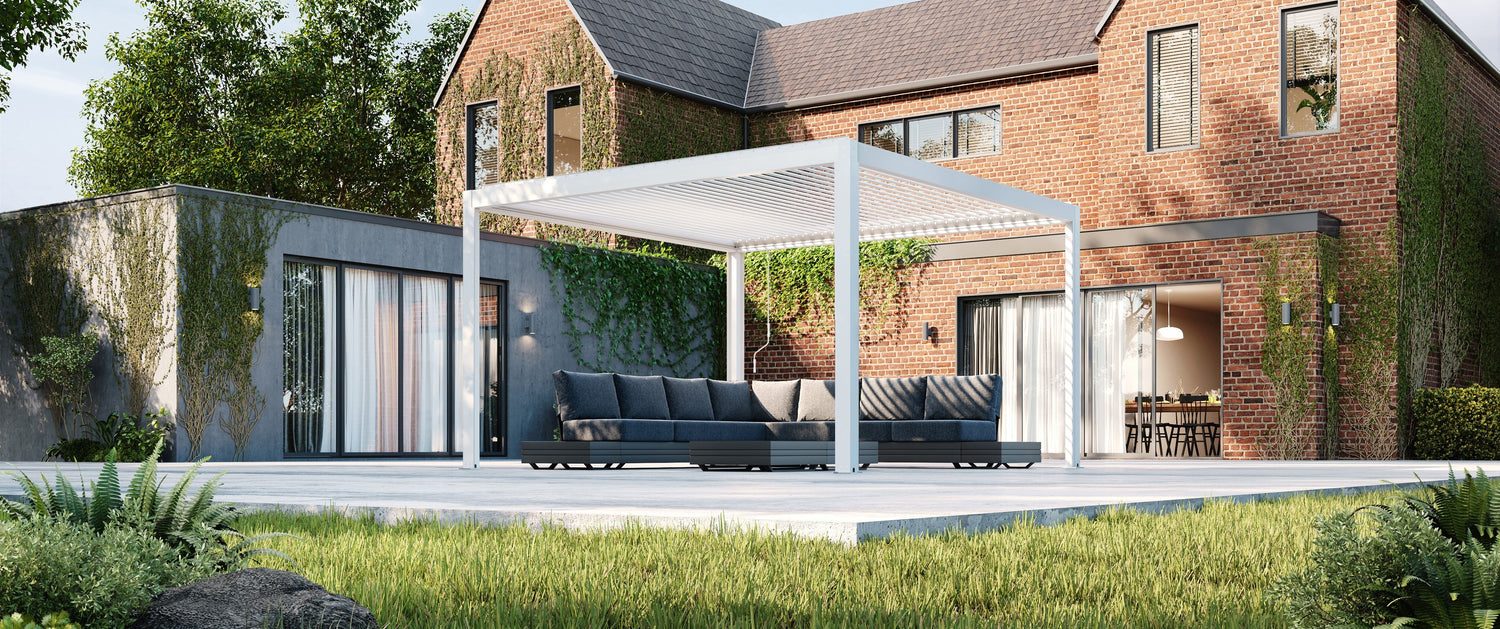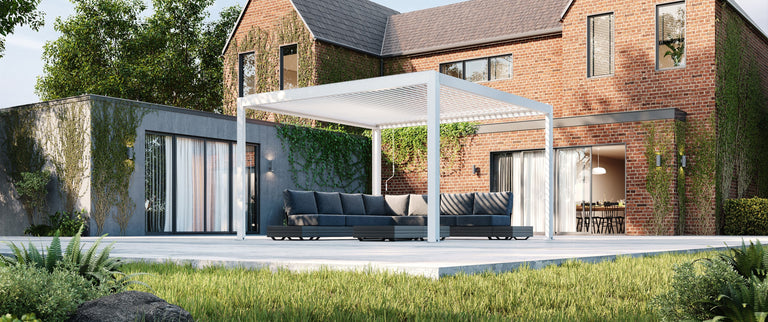What Is A Pergola? Definitions, Examples, Ideas & More
The pergola has transformed from a humble garden accessory to a must-have feature, revolutionising how we experience and use our garden space. As we dive into 2024, it’s clear that pergolas aren’t just a trend but a lifestyle choice and outdoor staple that’s here to stay.
Gone are the days when pergolas were an afterthought in garden design. Today, they’re integral to the layout of a garden, providing both aesthetic appeal and functional features for homeowners who no longer want to compromise between beauty and utility. In fact, the global pergola market is estimated to grow at a considerable rate, with a Compound Annual Growth Rate of 5.9% between 2023 and 2030.
But what exactly is the point of a pergola? What is a pergola used for? And is it right for your outdoor space?
From aesthetic design to practical advantages, we’ll delve into what the purpose of a pergola is. Discover what makes these outdoor structures such a sought-after addition to any garden, whether you’re thinking of having an outdoor revamp or are simply intrigued and want to find out more.
What is a Pergola? 
PergoSTET 3m x 4m Rectangular Pergola with 3 Drop Sides and LED Lighting in Grey - £3,999
A pergola is an outdoor structure and garden feature that provides shade and shelter from the elements. They also create a defined outdoor space combining the best indoor and outdoor living. While pergolas can form a shaded walkway or entryway from the home into the garden, they’re most commonly used as a sitting or dining area, a central location for entertaining, dining, and socialising with family and friends.
Known for distinct open lattices or louvre roofs that let you personalise how much shade or sunlight you get, pergolas provide a more open feeling than other, more enclosed outdoor structures like gazebos. This makes them perfect for enjoying the outdoors while still creating a defined and distinct garden space. Pergolas come in many different styles and sizes and can be constructed from various materials, including wood, steel and aluminium, to match a wide range of property styles and personal tastes, from modern to traditional. They're often used to enhance outdoor living spaces, such as patios, decks or gardens, and make an elegant transition from inside the home to outside.
Plus, did you know that pergolas date all the way back to ancient Egypt, with the first pergolas belonging to an Egyptian high court official in 1400 BC? This astounding longevity further highlights their value — there must be a reason why they're still around today!
Whether used as a freestanding feature in a garden or wall-mounted as an extension of the home, there's no doubt that versatile pergolas create unique outdoor spaces that blend nature with all the comforts of an indoor shelter.
What is the difference between a Pergola and an Arbour?

Simply put, a pergola can be compared to an outdoor room instead of an arbour, which is more of an outside doorway. Even though both are built with posts that can support a roof and provide support for climbing plants, pergolas are much larger in size and can cover bigger outdoor areas like patios or decking. A pergola is typically used to create an outdoor space and semi-shaded area to relax under and spend time in.
Arbours, on the other hand, are much smaller and more decorative in comparison. They are usually freestanding, feature an arched top and are mainly used as an entryway from one area of the garden into another.
What is the difference between a Pergola and a Parasol?

Ares 3.5m Round Cantilever Parasol with Solar powered LED Lights in Beige - £6,49.00
Bay Large Corner Group Set with 4 Waist Pillows and Teak Table in Olive Green - £3,999
While a pergola is a fixed structure that can be attached to the home or a standalone feature in a garden, a parasol is similar to an umbrella and is mobile, lightweight and mainly designed to provide portable shade from the sun.
Parasols are easy to relocate and adjust depending on the sun’s position, making them ideal for temporary use in different locations and can often shade several people at once. Parasols also come in various sizes and designs, like a cantilever, which is tilted and connected to an arm which leans out over your chosen area. More traditional variants come with a central pole made from wood or aluminium and a UV-resistant fabric canopy for extra sun protection.
What is the difference between a Pergola and a Gazebo?
Pergolas are famous for their slatted or louvre roofs, which make them ideal for anyone who wants to enjoy the sun's warmth while still being protected from the heat and harmful UV rays. They can also come with drop sides for even more shade, extra privacy and even more protection from the elements.
Meanwhile, gazebos come with a solid roof and partially open sides. They usually have a more pavilion-like structure, are round or octagonal in shape, can include features like built-in seats, and are typically freestanding, compared to pergolas, which can also be wall-mounted.
What is a Pergola used for?
 PergoSTET 3m x 4m Rectangular Pergola with 3 Drop Sides and LED Lighting in Grey - £3,999
PergoSTET 3m x 4m Rectangular Pergola with 3 Drop Sides and LED Lighting in Grey - £3,999
Luna 6 Seat Teak Firepit Bar Set in Grey - £3,849
A pergola is an incredibly versatile addition to any outdoor space, enhancing the functionality and enjoyment of gardens, patios and other outdoor areas, providing a comfortable and shaded area for relaxing or socialising.
There are plenty of uses a pergola is good for. Thanks to its open lattice or louvre design, pergolas offer the perfect balance of sunlight and shade to create an ideal garden spot for setting up outdoor seating where homeowners can unwind, read a book or simply enjoy their beautiful surroundings.
Pergolas are also great for entertaining thanks to their spacious and open design, making them suitable for hosting dinner parties or casual alfresco dining and get-togethers with close friends. Are you lucky enough to have a hot tub or outdoor jacuzzi? If so, a pergola offers privacy alongside protection from the elements, ensuring you don’t have to worry about the unpredictable UK weather and that your hot tub experience is even more enjoyable.
For gardening lovers, pergolas are also good for providing structural support for climbing plants and vines, adding to the natural richness of your garden and creating a green canopy that provides even more shade and improves air quality.
Different types of Pergola
Roofed Pergolas 
PergoSTET 4m x 4m Square Pergola with 3 Drop Sides and LED Lighting in White - £4,769.00
Roofed pergolas have a solid roof structure, distinguishing them from traditional, typically wooden, open-lattice pergolas.
This design provides complete protection from all elements, making it great for those living in the UK and those hot summer days, offering a cool, fully shaded area under its roof. Roofed pergolas can be designed to complement the style of your home to create an unofficial extension and add to your living space — think conservatory but more open. They’re also great for outdoor dining thanks to their constant shelter, meaning you can enjoy all your special occasions safely away from the rain.
Louvred Pergolas
PergoSTET 4m x 4m Square Pergola with 3 Drop Sides and LED Lighting in Grey - £4,999.00
Louvred pergolas feature adjustable slats that are perfect for those who value flexibility, giving you the unique advantage of controlling your desired amount of sunlight and shade. The louvres can be angled to provide full sun, partial shade or full coverage, quickly adapting to the changing position of the sun.
Small Pergolas

PergoSTET 3m x 3m Steel Square Pergola in Grey - £1,429
Small pergolas are an excellent solution for more compact outdoor spaces, like small gardens, patios or courtyards. Despite their size, they're a structure that will work hard for you, significantly enhancing the area's aesthetic and providing a spectacular focal point.
Due to their smaller size, these pergolas are perfect for creating a cosy, intimate space with comfy sofas, scatter cushions and outdoor lanterns for the ultimate chill-out zone after a long, hard day. They're fantastic for those looking to add a decorative feature that doesn't dominate and take over the entire area.
Medium Pergolas
 PergoSTET 3m x 4m Rectangular Pergola with 3 Drop Sides and LED Lighting in White - £3,999
PergoSTET 3m x 4m Rectangular Pergola with 3 Drop Sides and LED Lighting in White - £3,999
Bay Corner Group Set with 4 Waist Pillows Teak Table in Olive Green - £3,499
Medium-sized pergolas achieve an ideal balance, providing enough coverage for expansive outdoor spaces. They can accommodate dining sets, loungers or larger corner sofas, all while fitting comfortably within the average UK garden without overwhelming its overall layout.
Large Pergolas

3m x 6m Rectangular Pergola with 4 Drop Sides in Grey - £8,639.00
Bigger, expansive pergolas are designed for more spacious outdoor areas and can cover extensive spaces like large patios, outdoor kitchens or pool areas. They’re guaranteed to turn heads and make a grand statement in any garden and are designed for hosting big gatherings, providing lots of shaded space for guests.
Thanks to their size, you can easily customise them and add various furniture and design elements, including multiple seating areas, a bar set or fun and grand additions like fire pits or water features to match the grandness of your large pergola.
Aluminium Pergolas

PergoSTET 3m x 3m Square Wall Mounted Pergola with 3 Drop Sides and LED Lighting in Grey - £3,199.00
Aluminium pergolas are the gold standard for quality and durability and are a popular and low-maintenance choice. Shining with their sleek and modern look, they can withstand harsh weather conditions without rusting or deteriorating, are lightweight but sturdy and can be powder-coated in various colours to match different tastes.
Add sleek aluminium furniture for a contemporary and minimal feel or more traditional wooden or rattan furniture to add contrast and different textures.
Wooden Pergolas

PergoSTET 3m x 4m Rectangular Pergola with 3 Drop Sides and LED Lighting with Wood Effect - £4,299
Wooden pergolas add a traditional and natural look to any garden setting. A favourite for rustic garden designs, they come in different types of wood, such as cedar, pine or oak, each with its own unique colour and texture.
They’re another popular option thanks to their traditional charm and can be stained or painted for those who don’t want the natural wood on show or to match or stand out against your existing decor. However, they require more maintenance than steel or aluminium pergolas, so make sure to keep that in mind.
Explore pergola ideas
If you’re thinking about adding a pergola to your garden, you won’t regret it. More than just a stylish addition to your outdoor space, a pergola will help you create a versatile area for all your needs, from taking some well-deserved me-time to being the life and soul of the party and hosting unforgettable gatherings.
Discover Harbour Lifestyle’s award-winning lifestyle and pergola range. With our commitment to exceptional designs and premium-quality craftsmanship, we’re confident that you’ll find something that complements and enhances your outdoor space.
Still want to find out more before jumping in with both feet? We’ve got you covered! Head over to our blog and check out more pergola ideas to get even more inspired.
FAQ’s
Will a pergola provide shade?
You may be wondering whether a pergola can be covered. The answer is yes, pergolas are specially designed to add shade to any outdoor space. Thanks to their open-lattice or versatile louvre roofs, they provide relief from the sun's heat and harsh brightness while still allowing its rays to fill and illuminate the space, giving you the best of both worlds.
Can a pergola be installed on grass?
While it's possible to build a pergola on grass, it's not as common. Pergolas are usually installed on flat, solid surfaces like patios or decking instead.
Will a pergola blow away?
A good-quality pergola that's properly attached to its foundation shouldn't blow away. However, if it's not attached correctly, it's possible that it can move or be damaged by strong winds during storms and bouts of bad weather.
At Harbour Lifestyle, we provide bolts as a standard with all of our pergolas and recommend that all pergola legs are securely bolted to the floor.
Is a pergola considered a structure?
Much like gazebos and arbours, a pergola is considered an outdoor structure used for enjoying and enhancing outdoor living.
What is the point of a pergola without a roof?
A pergola with no roof will leave you more exposed to the elements. However, it will also allow more air and direct sunlight, making the space feel more airy and is great for those who love the sun, allowing them to enjoy their natural surroundings without any restrictions.



